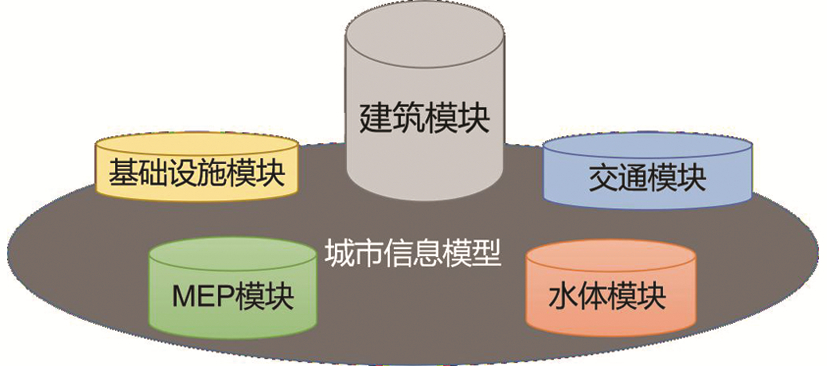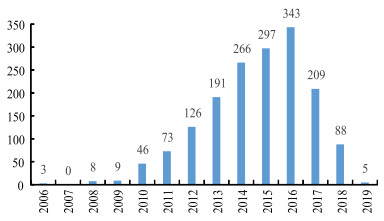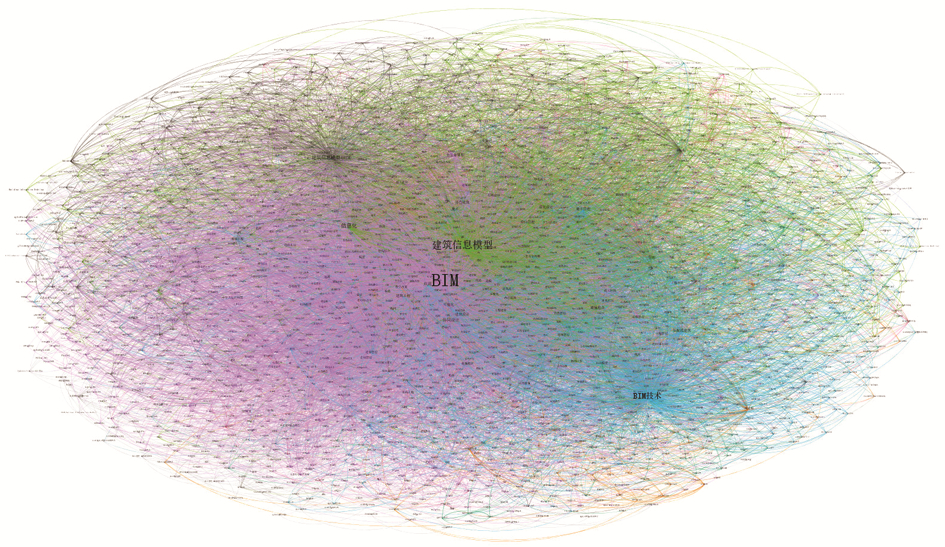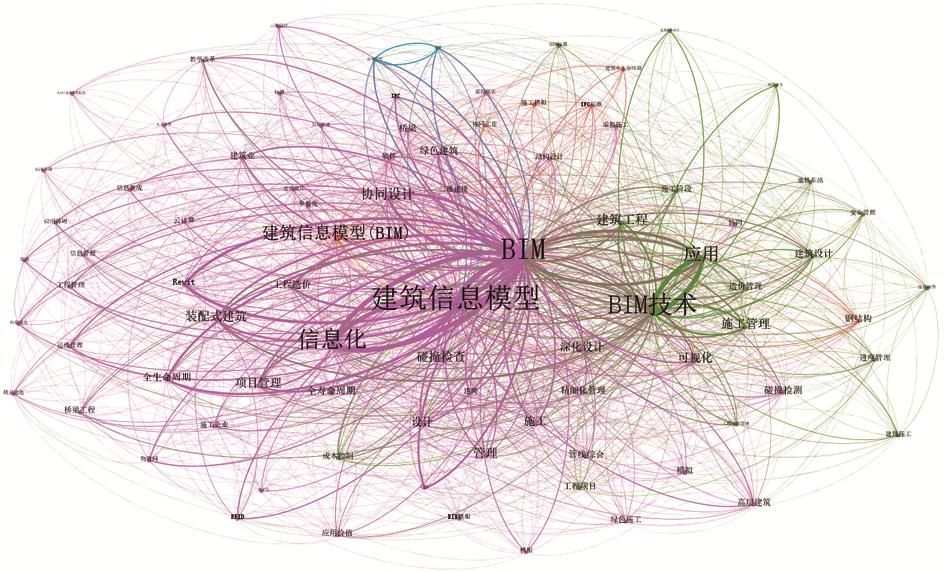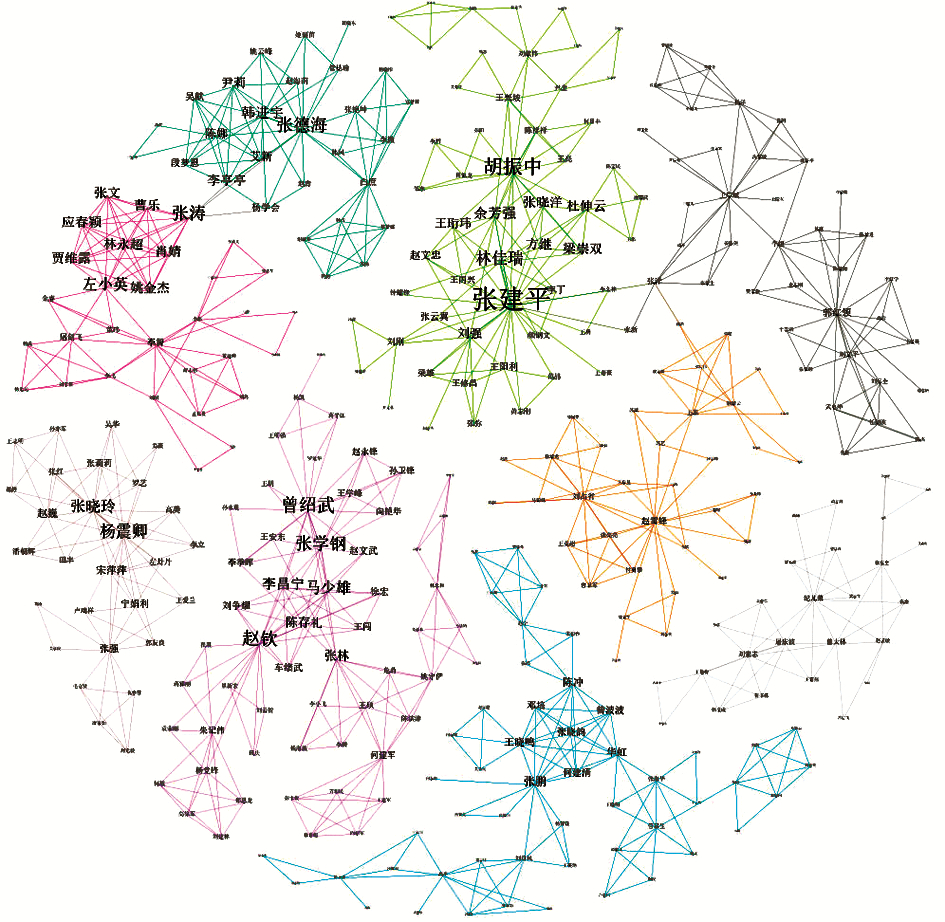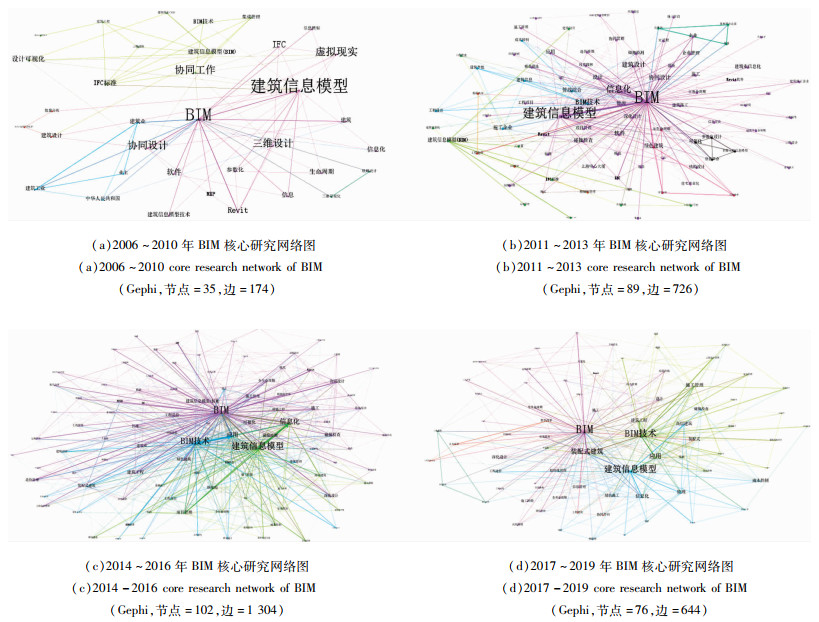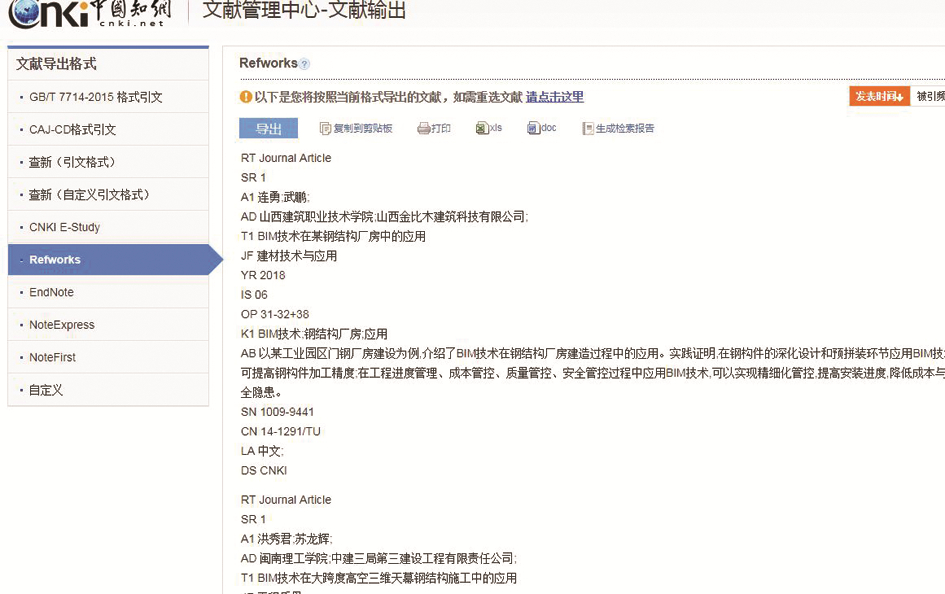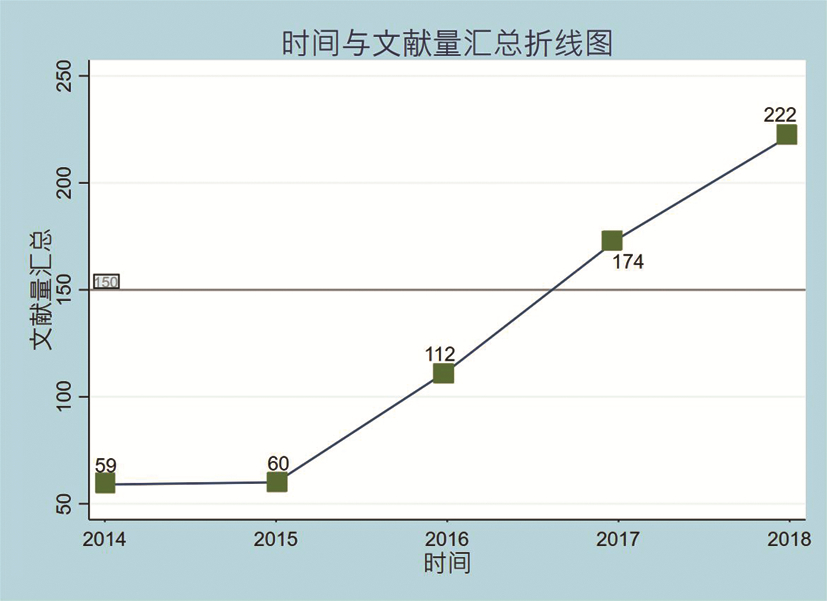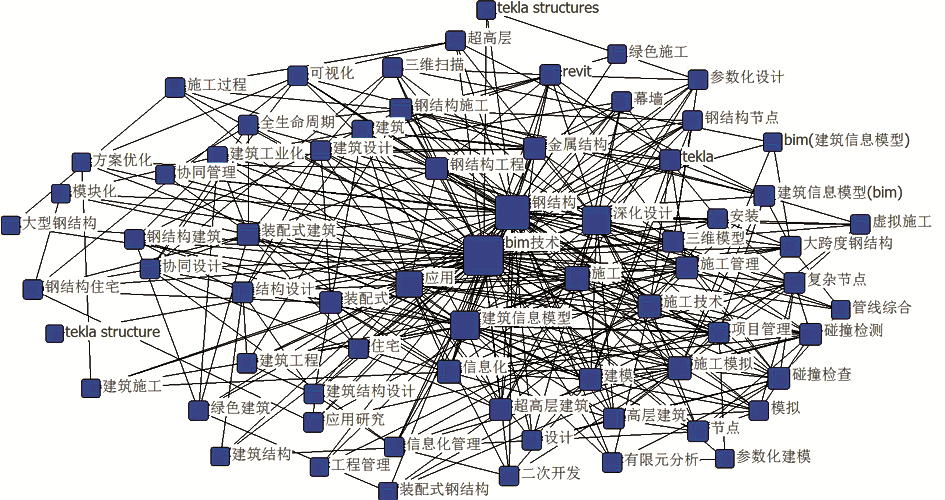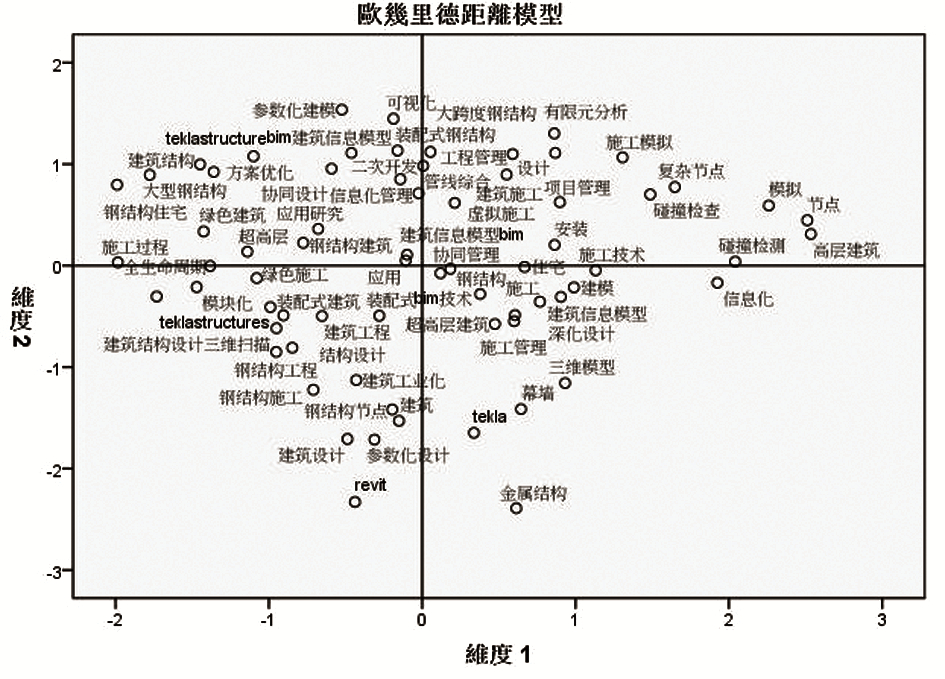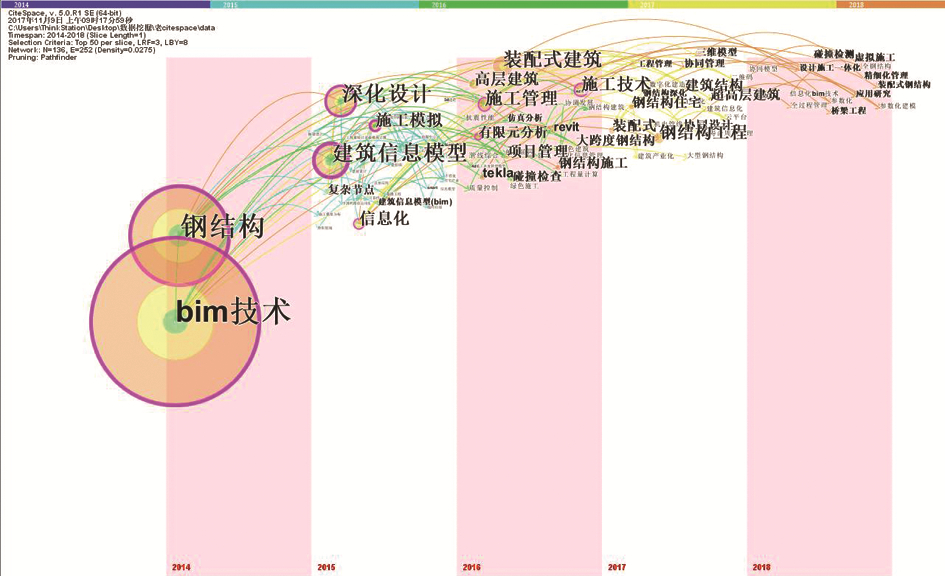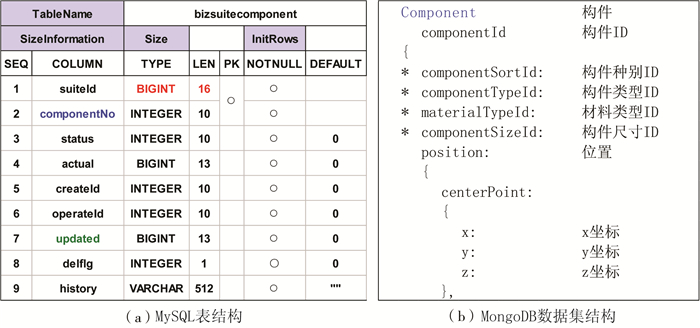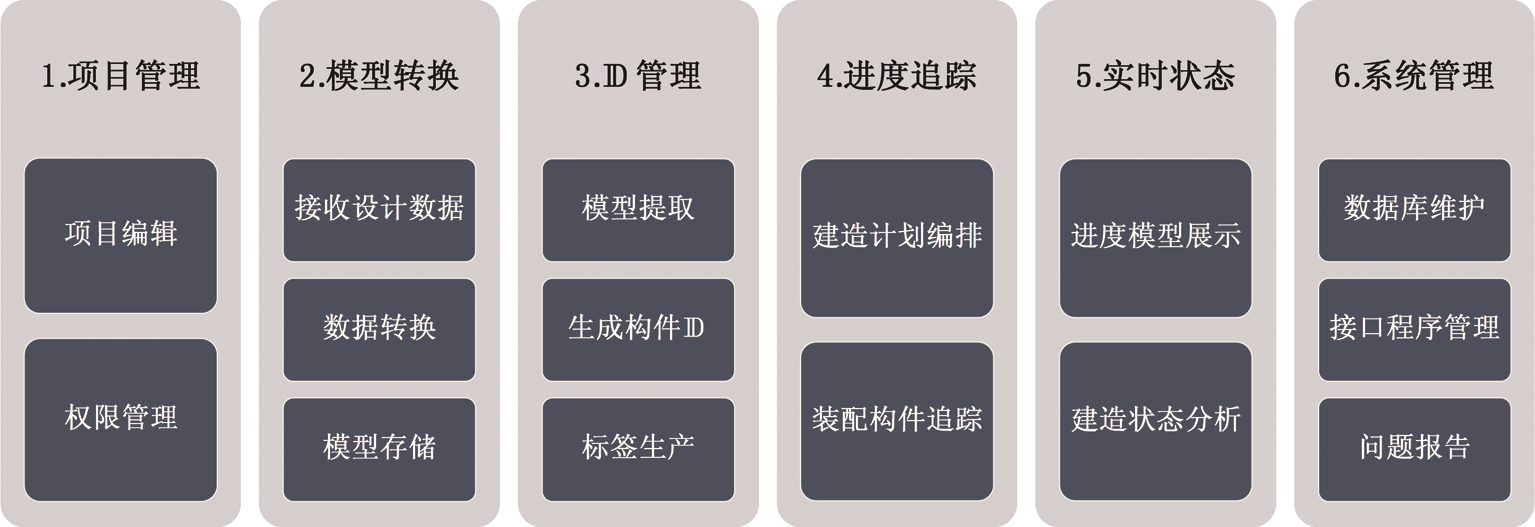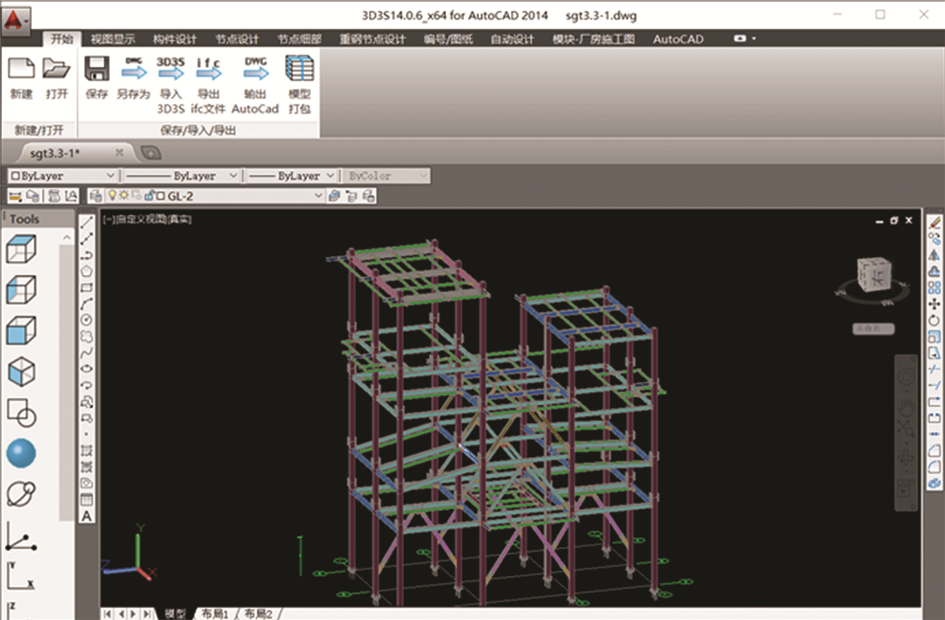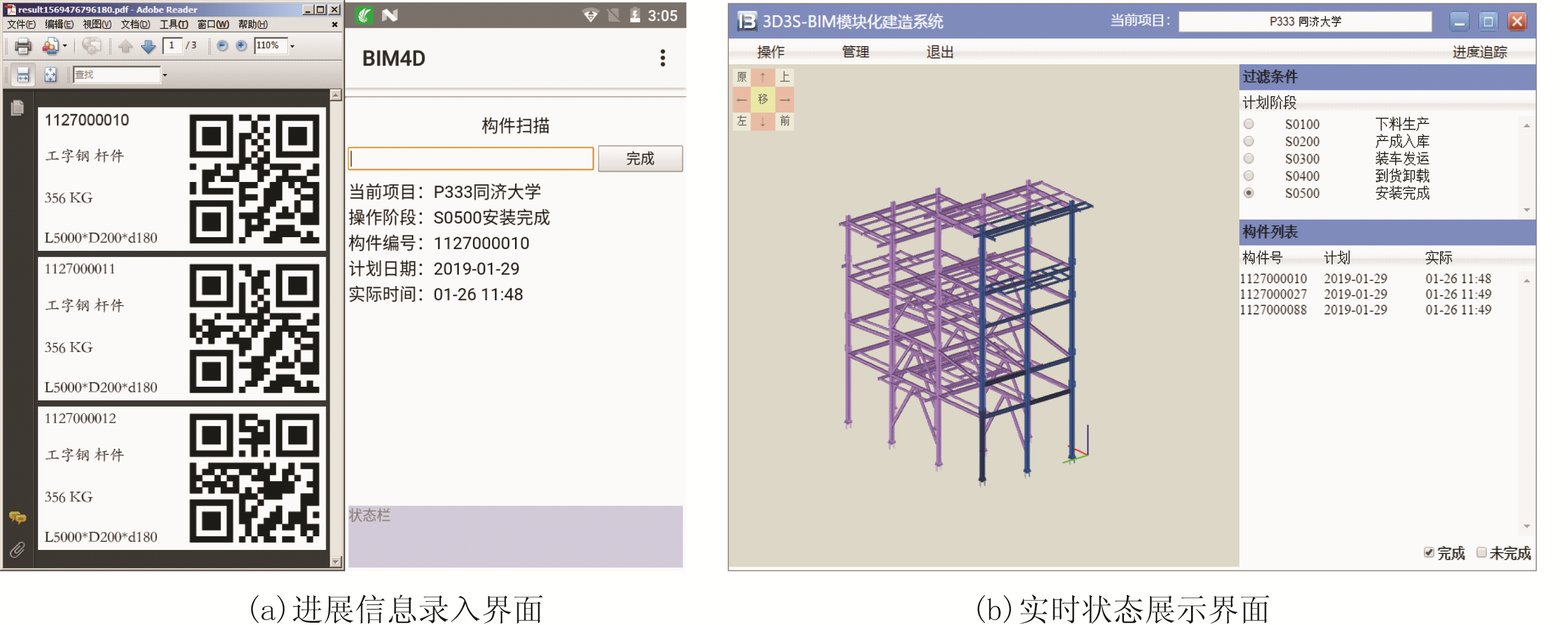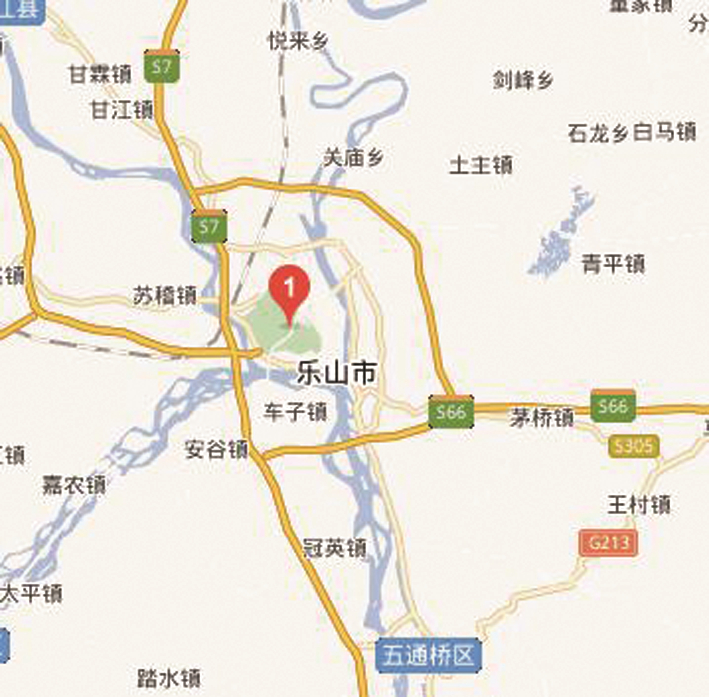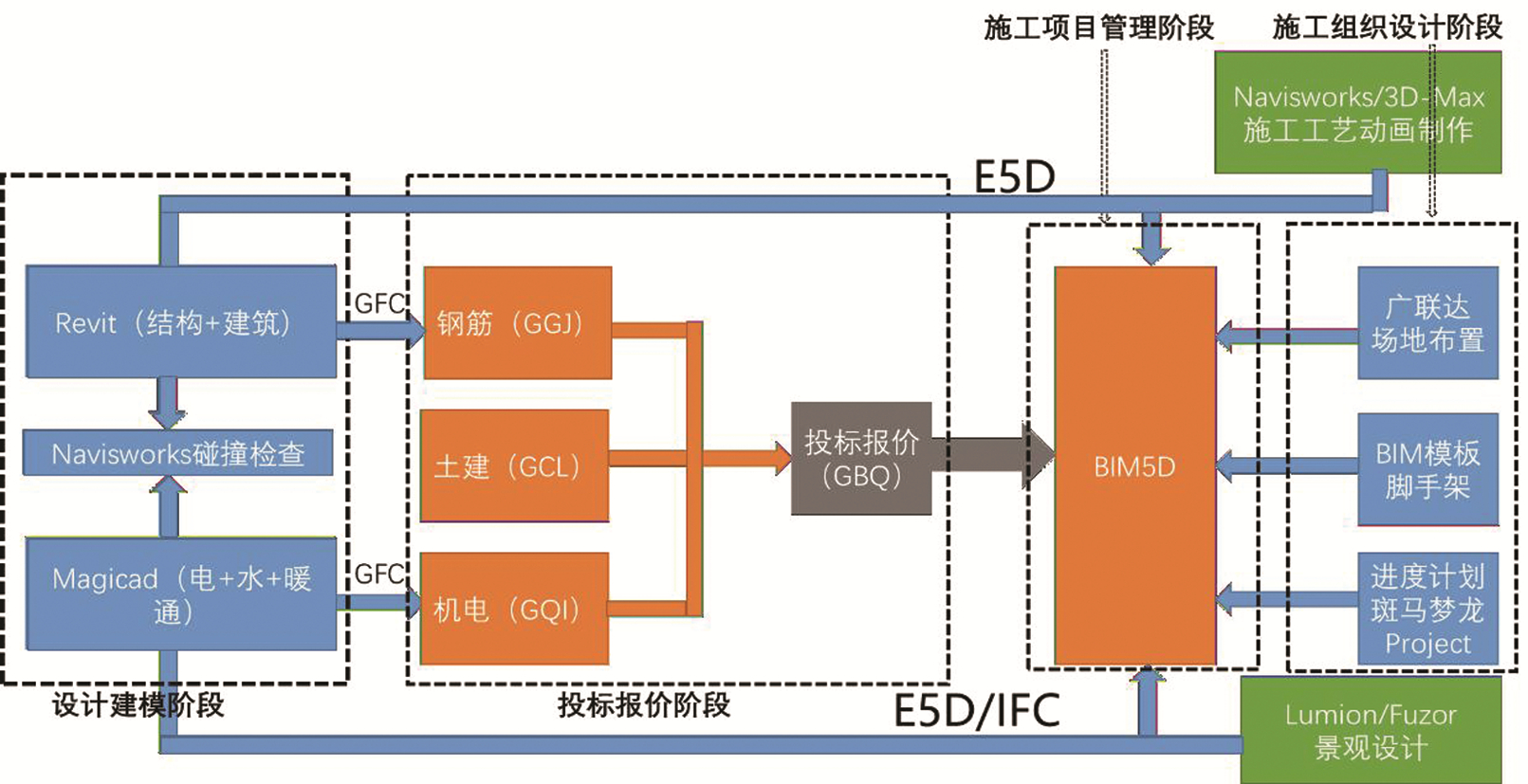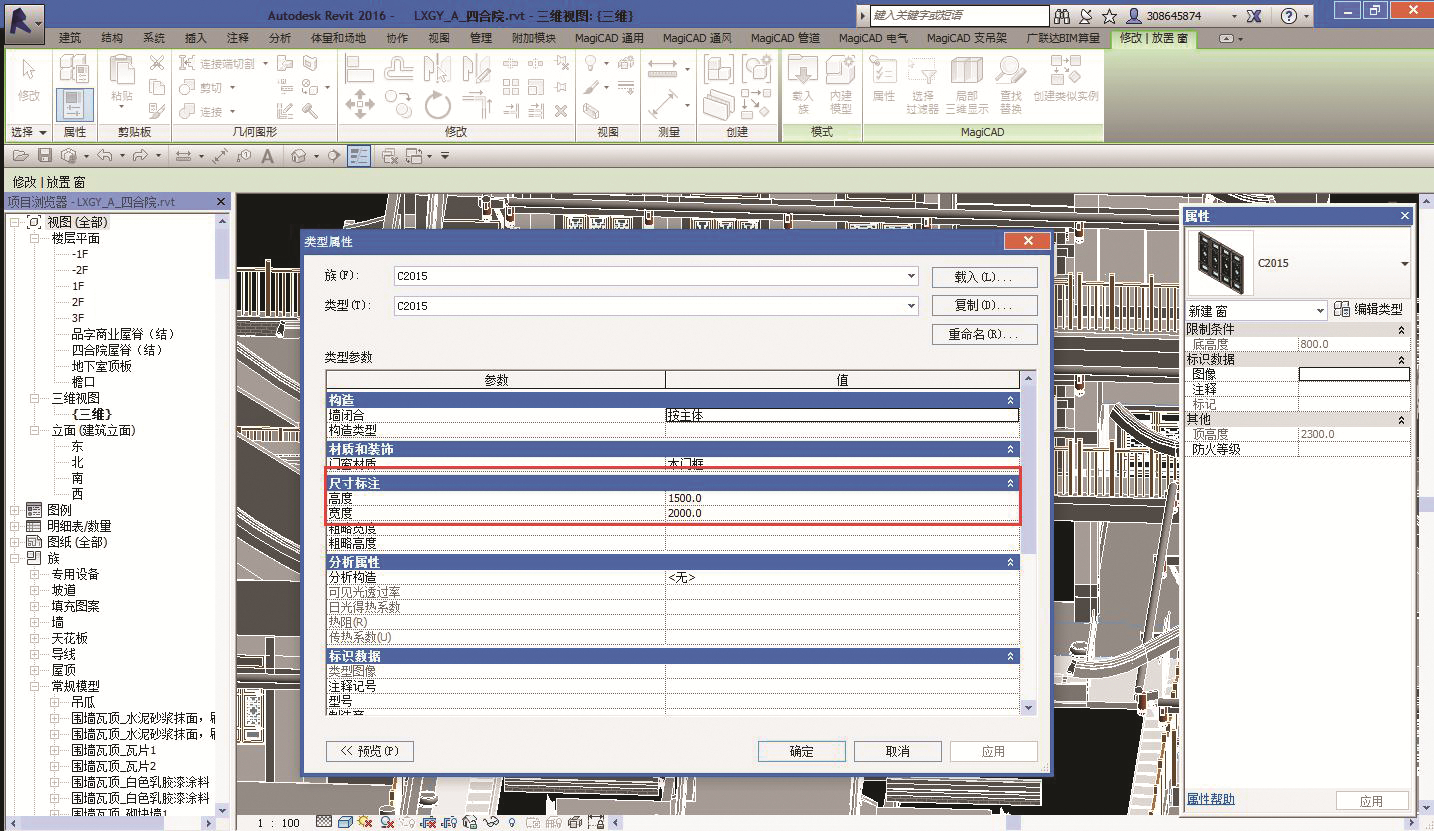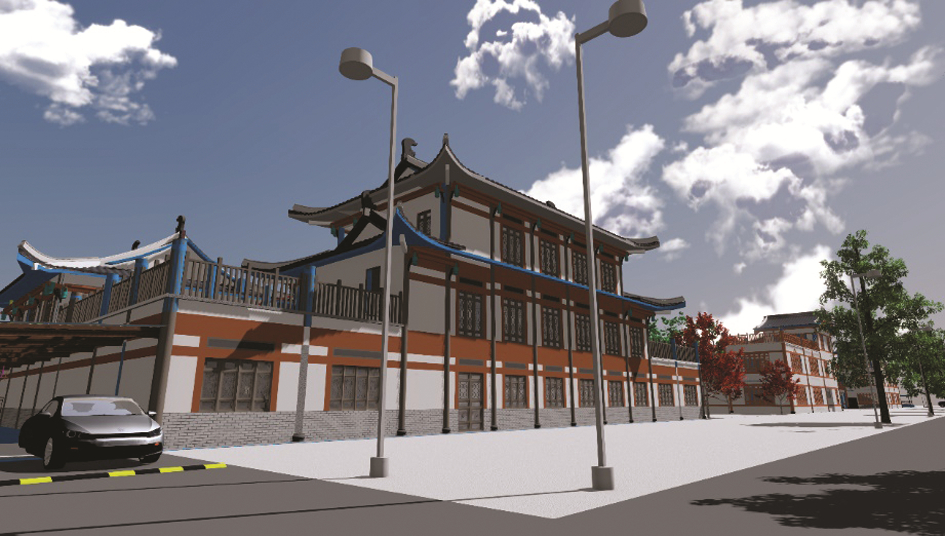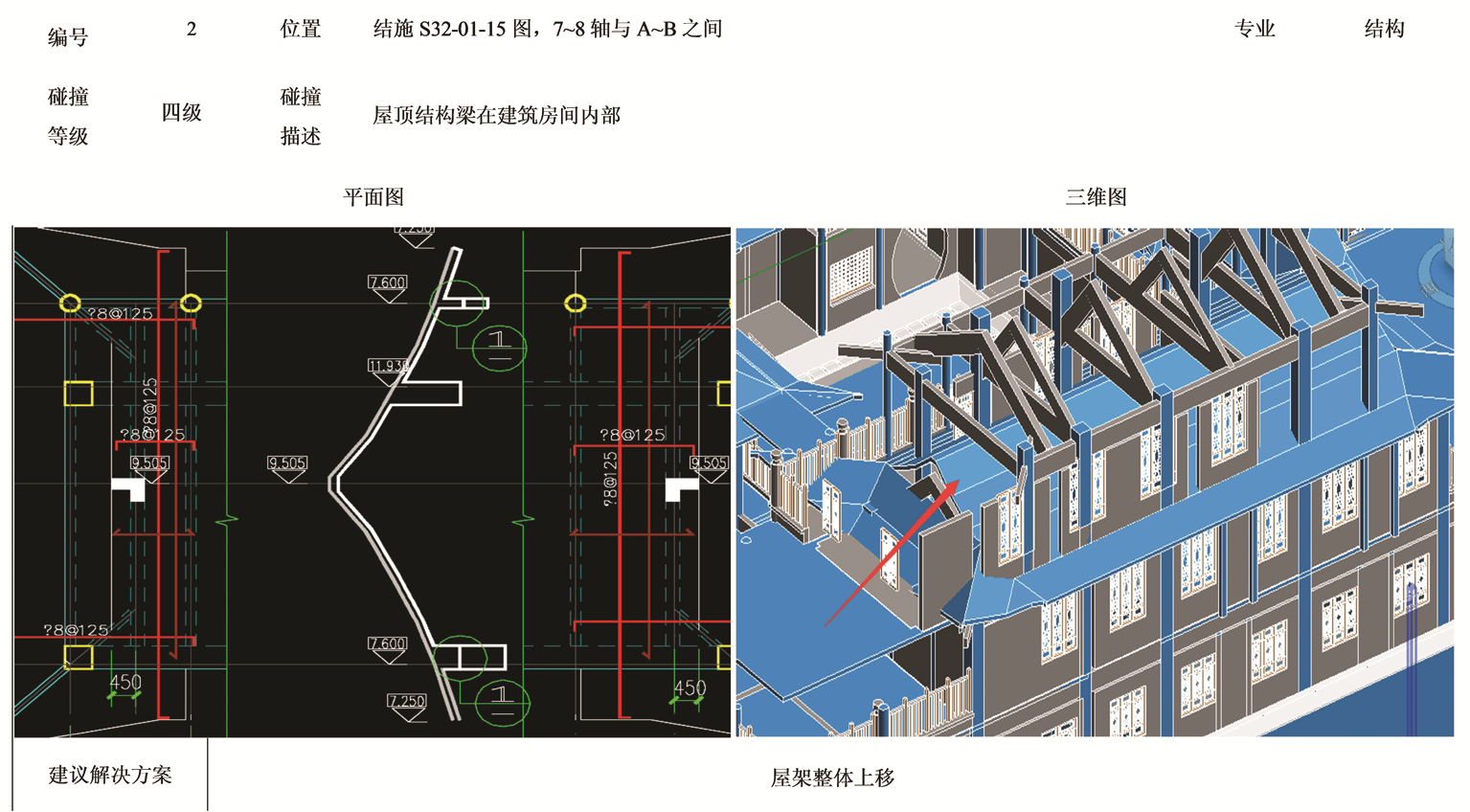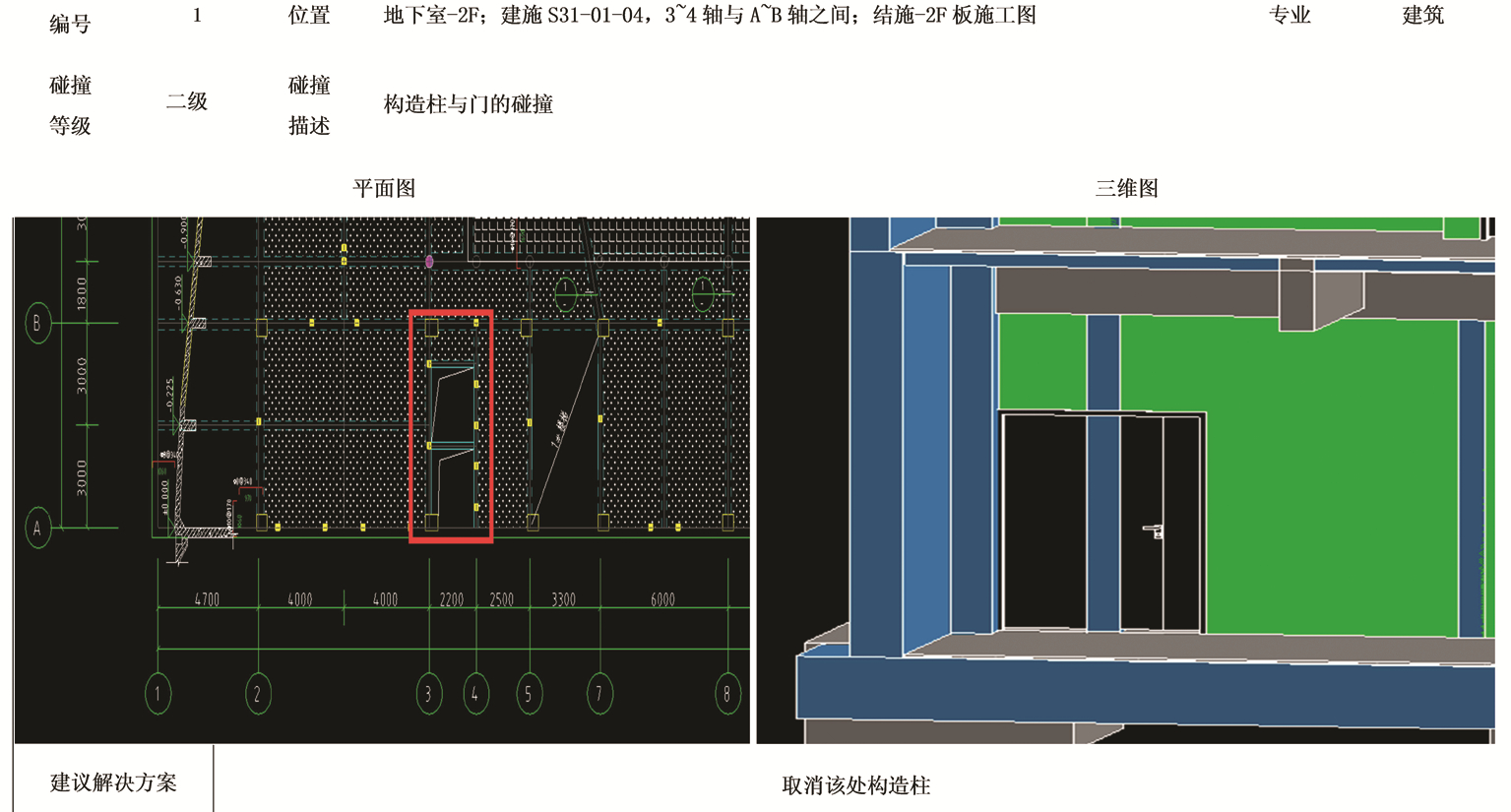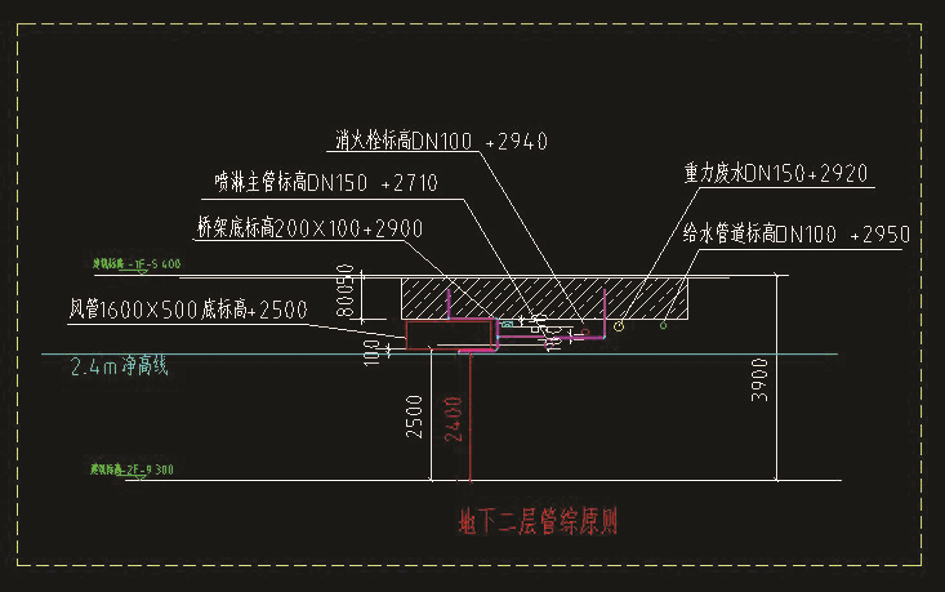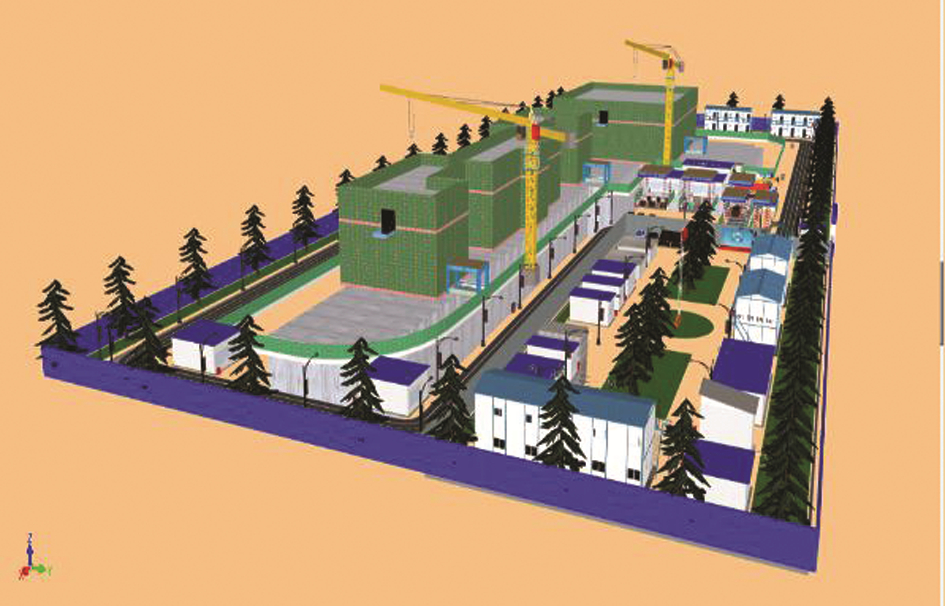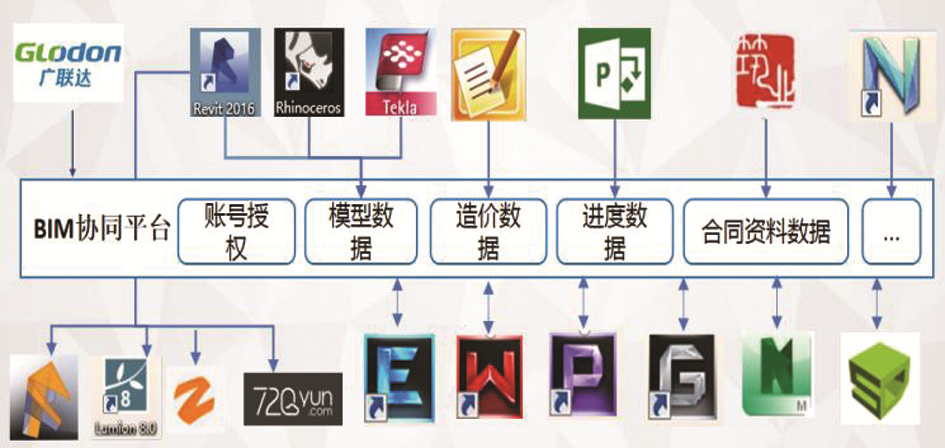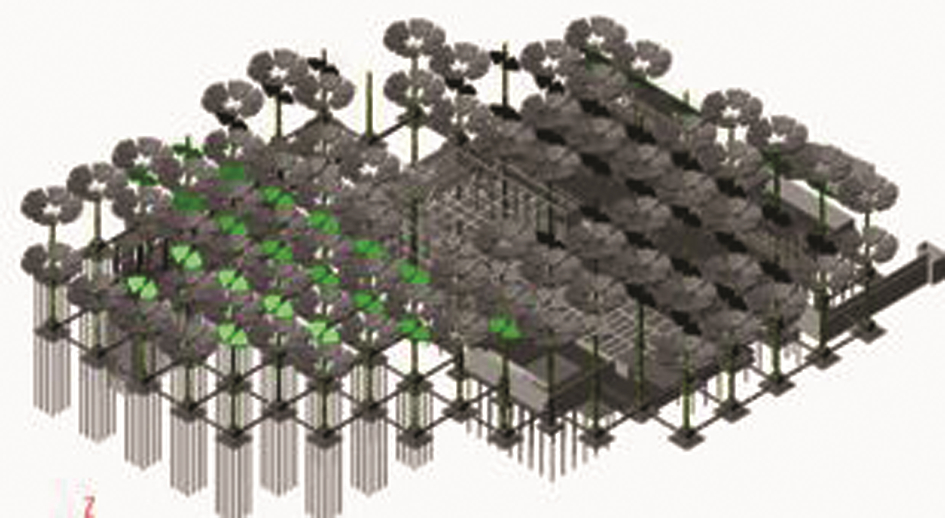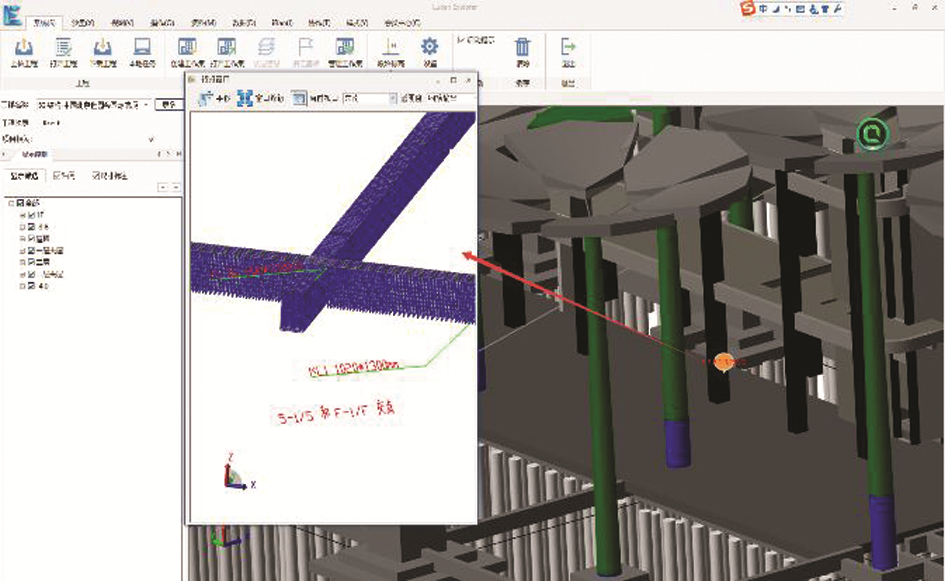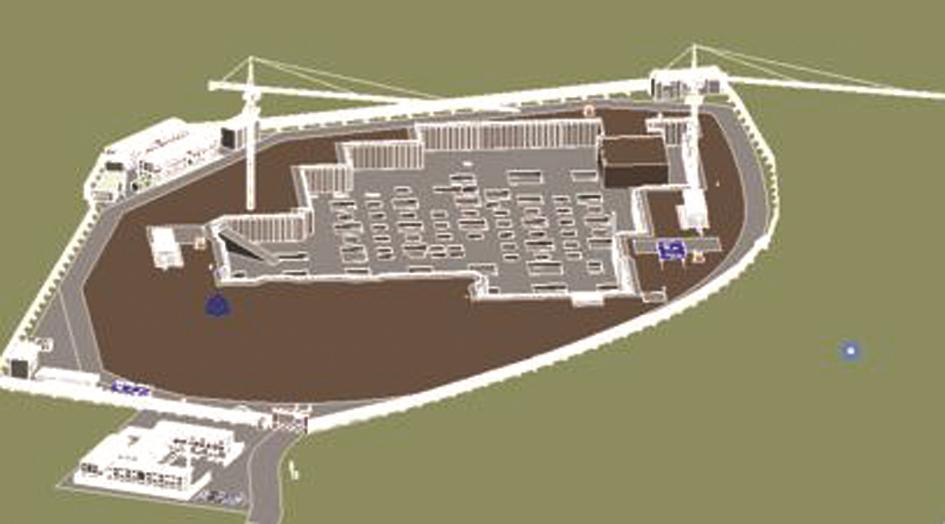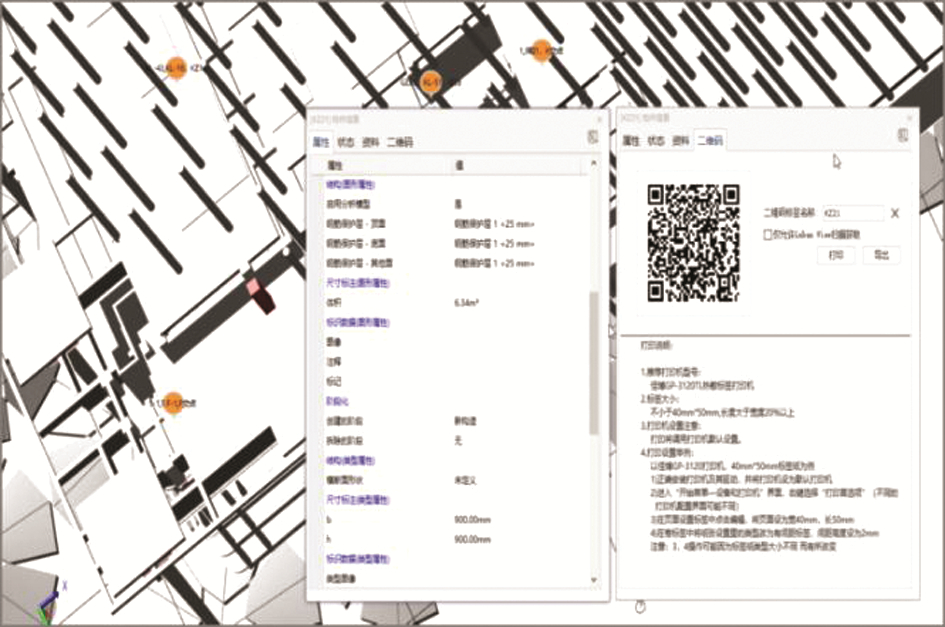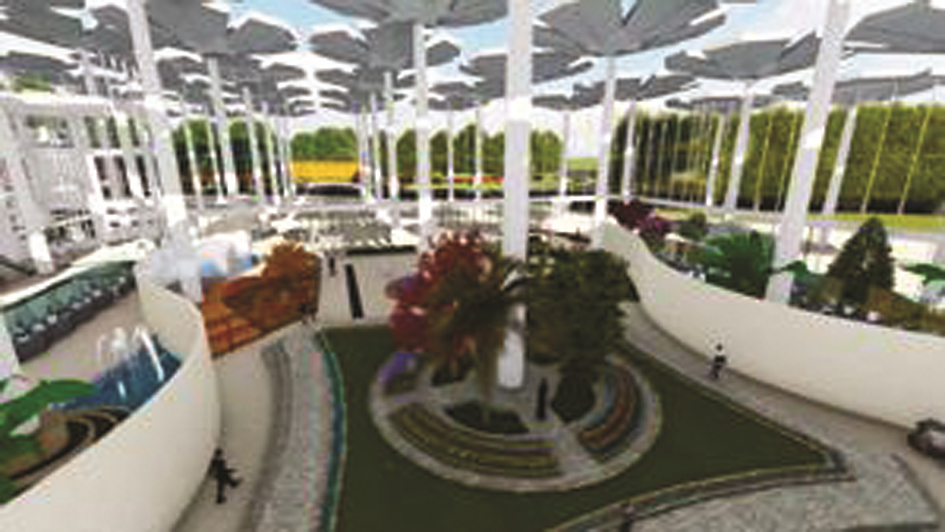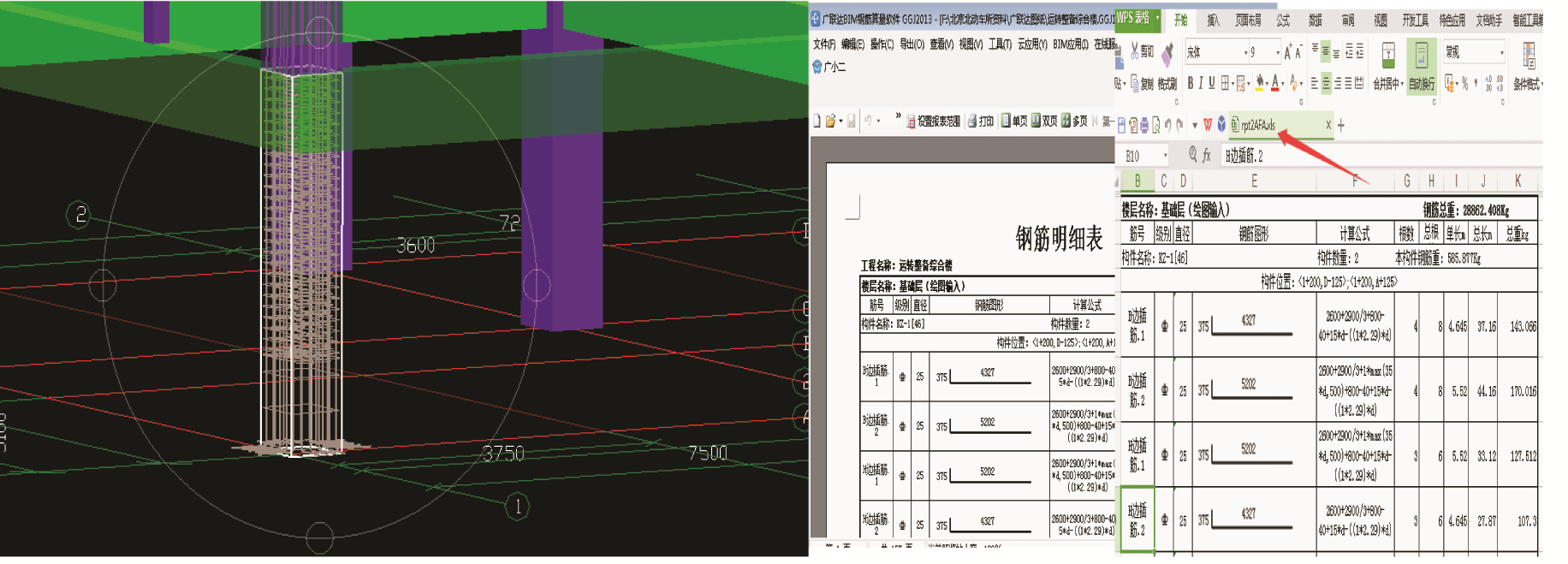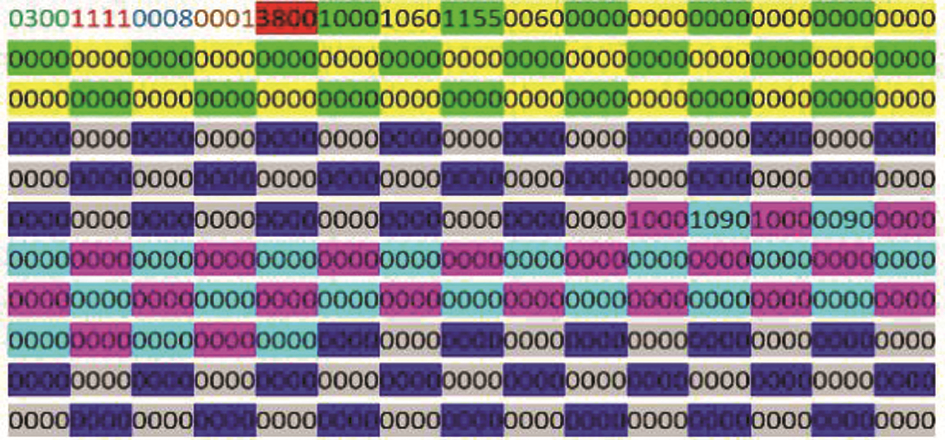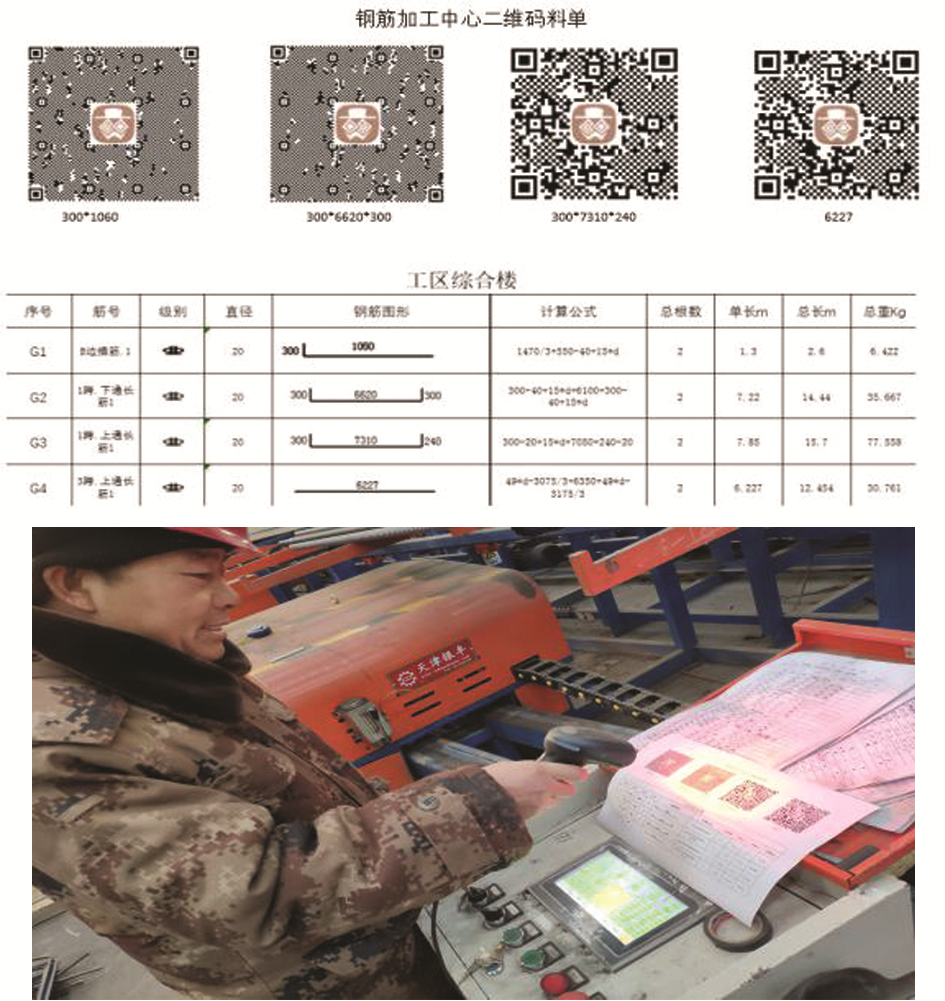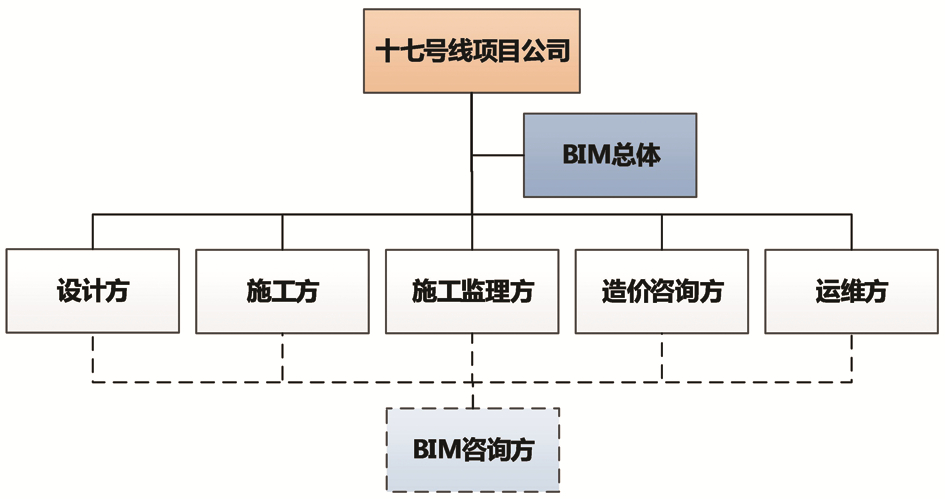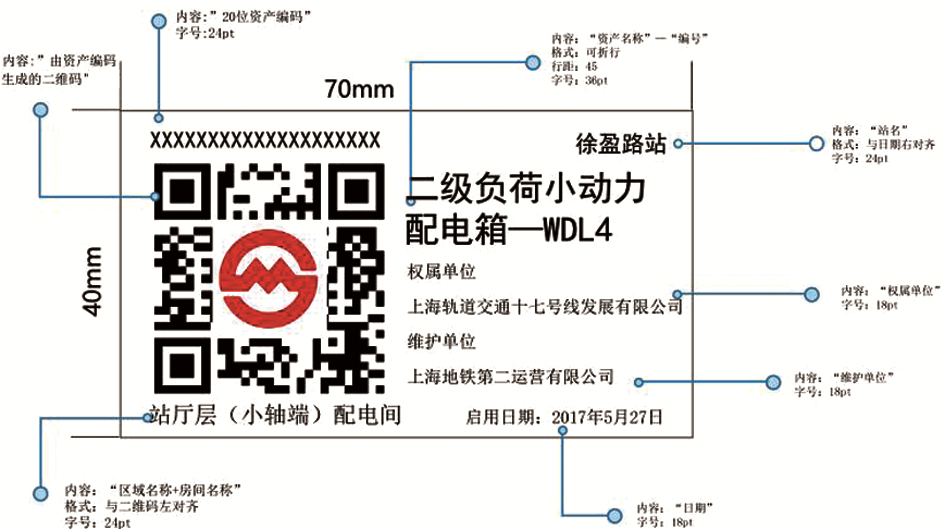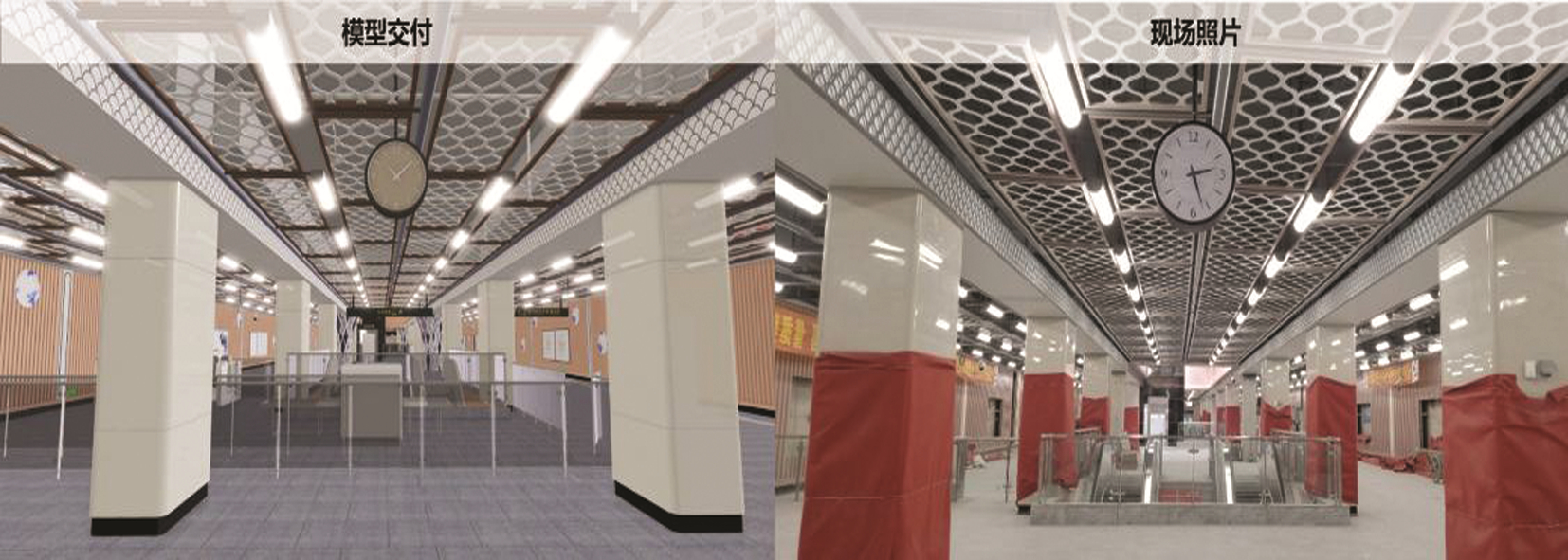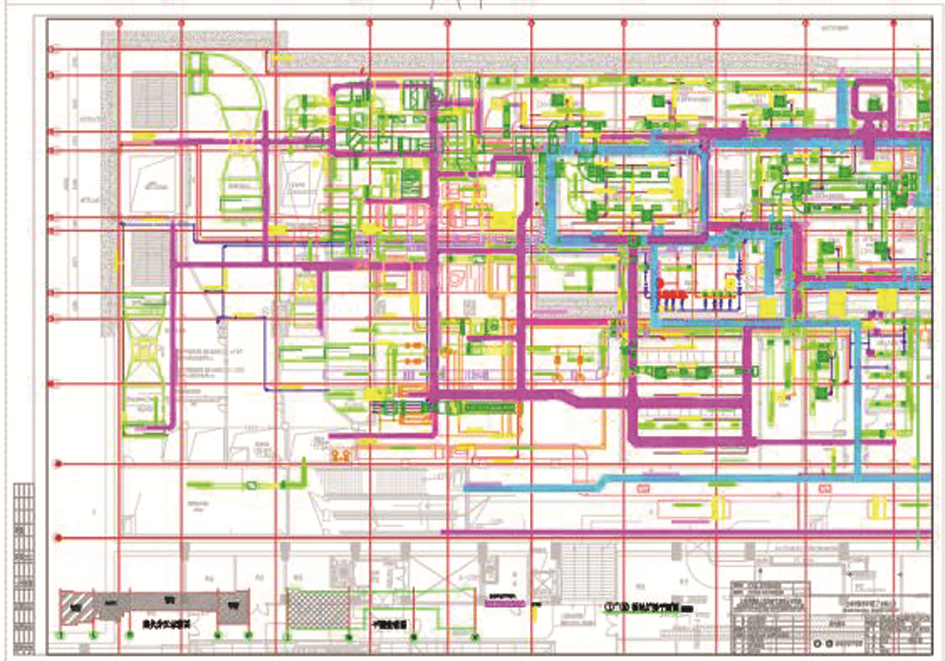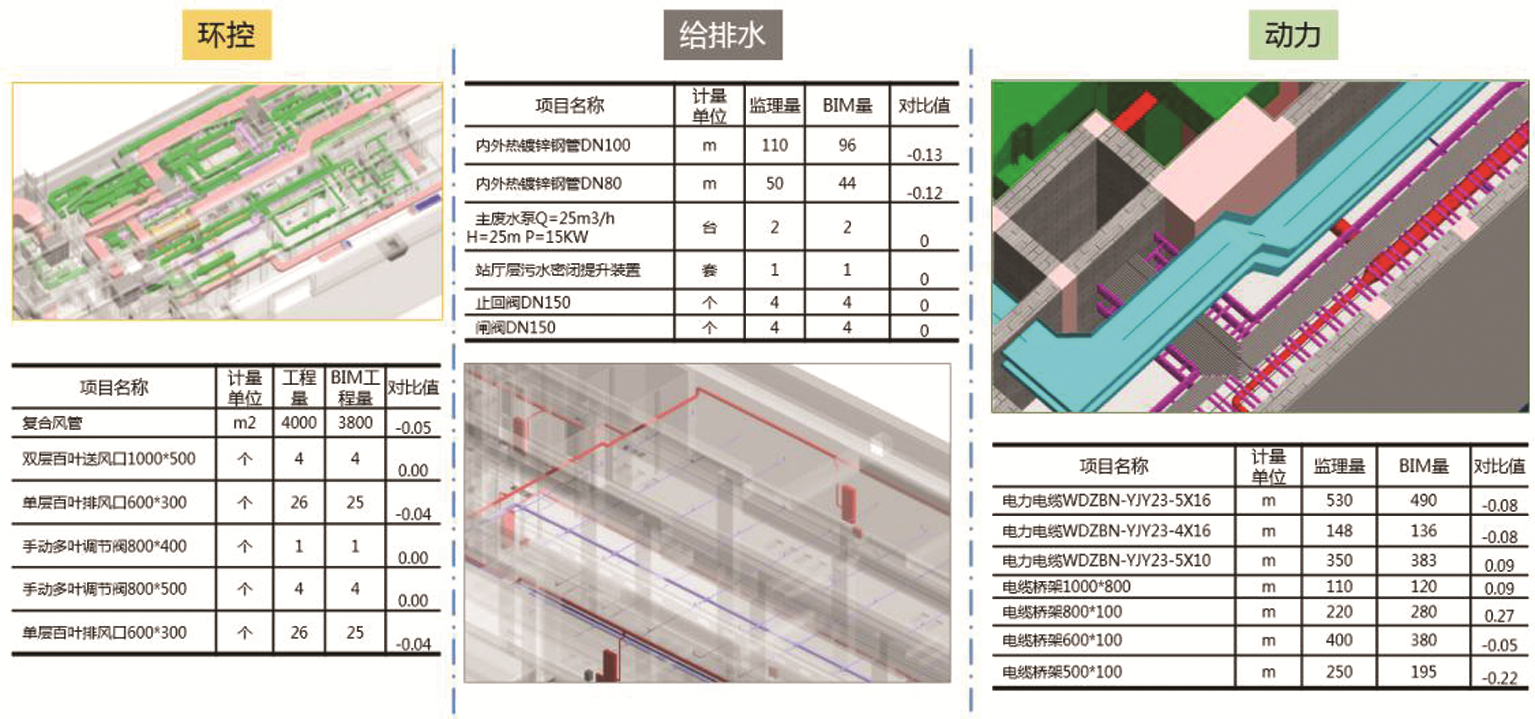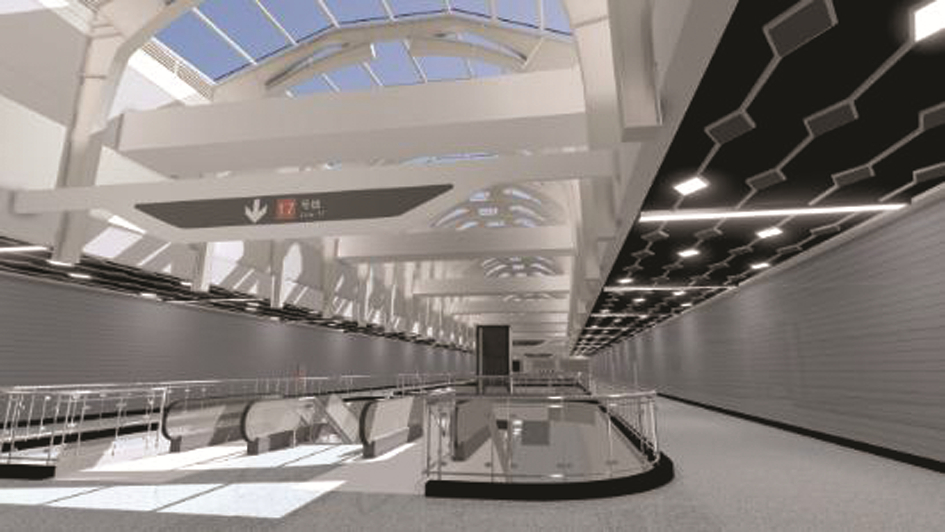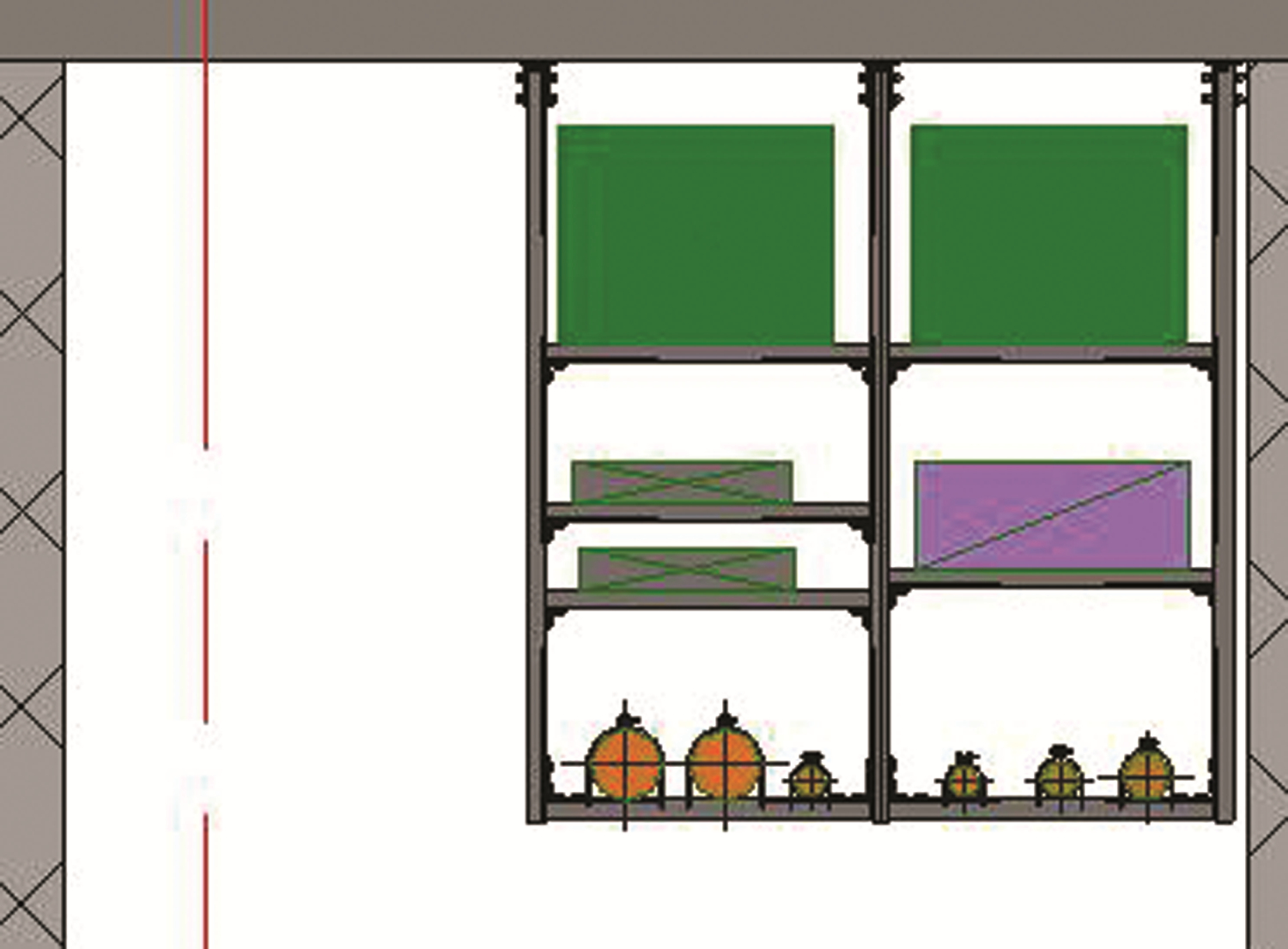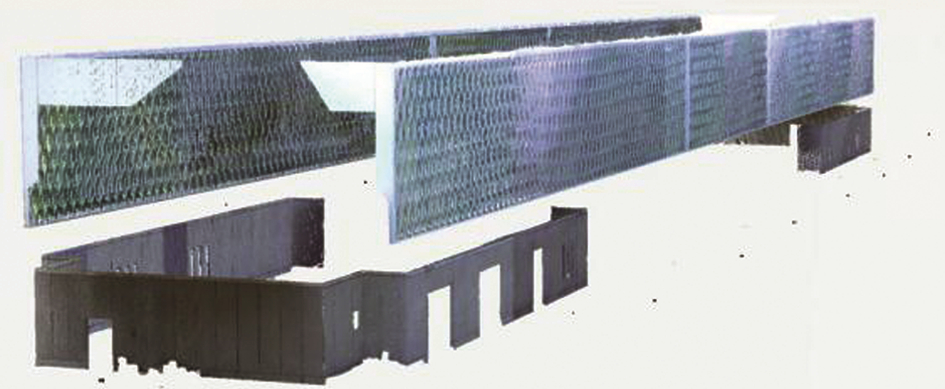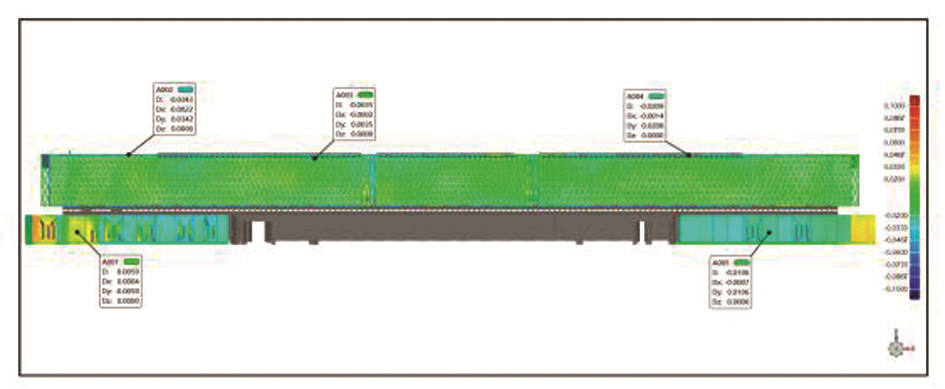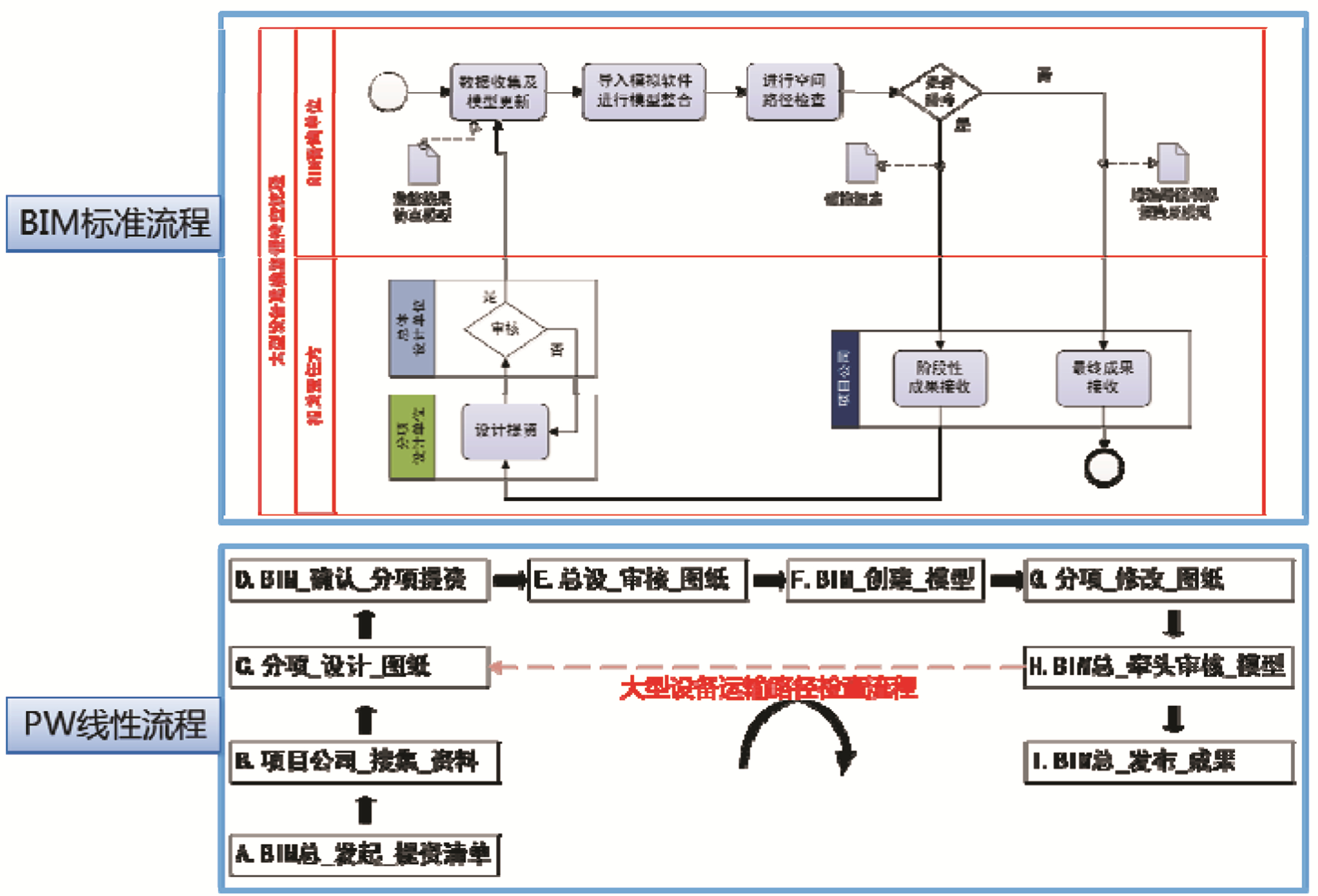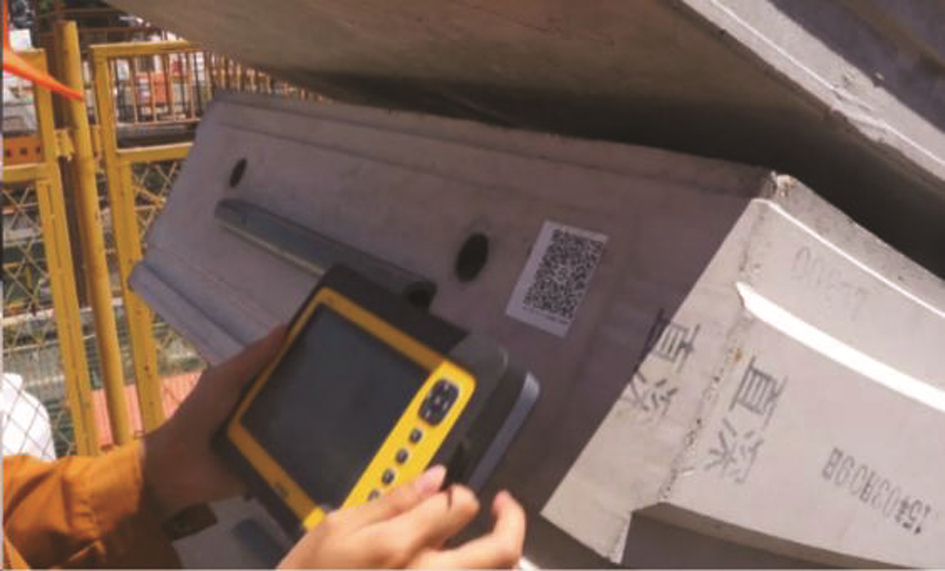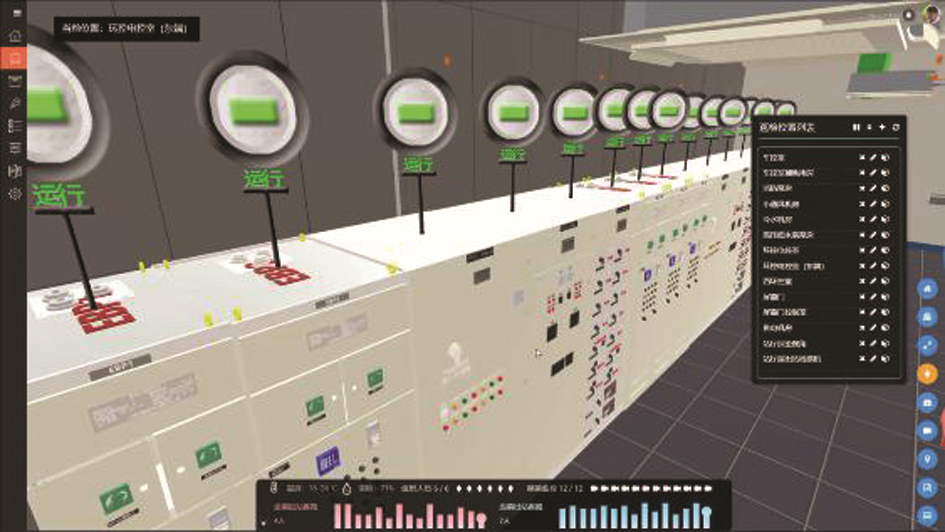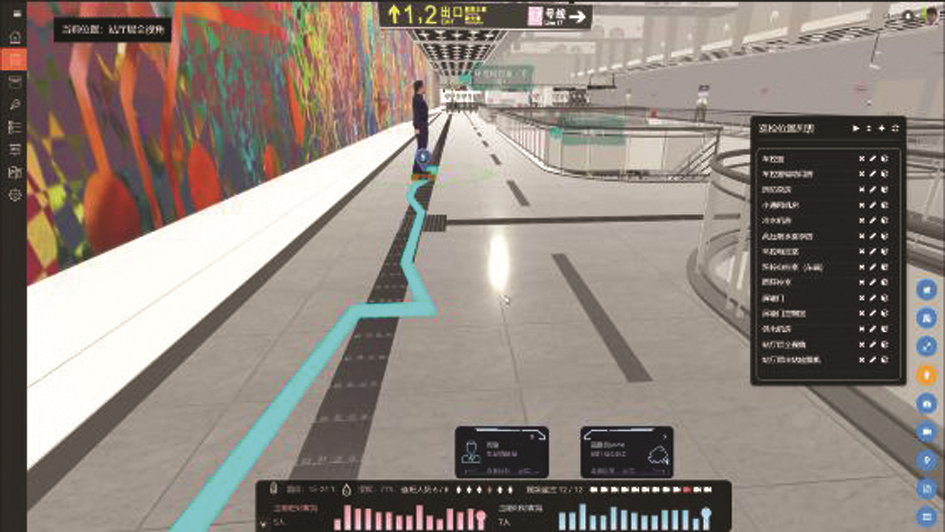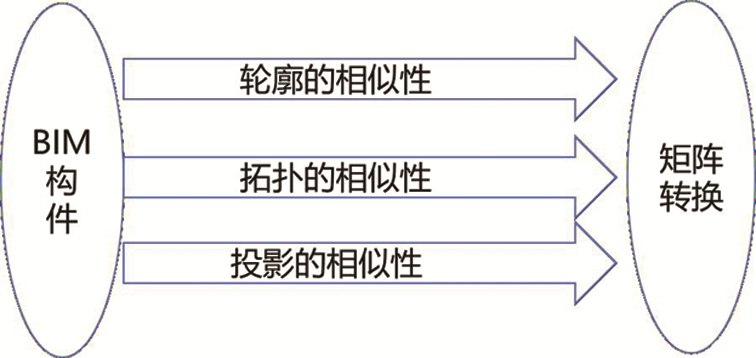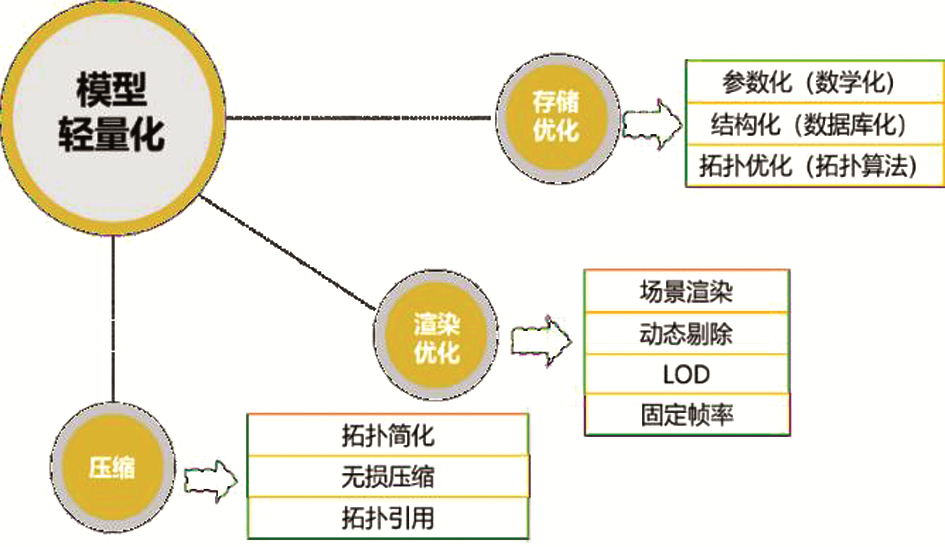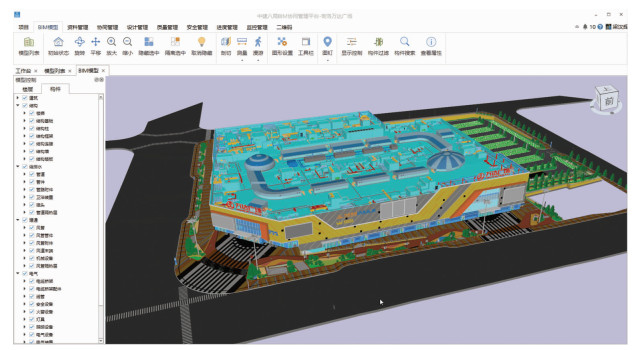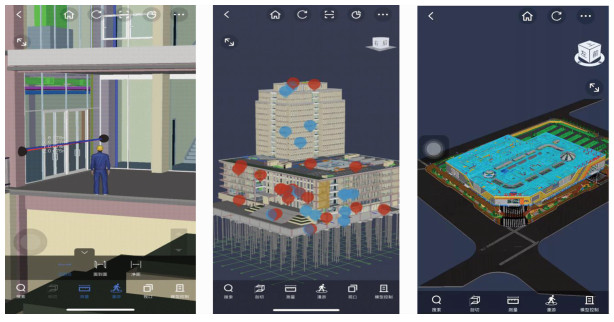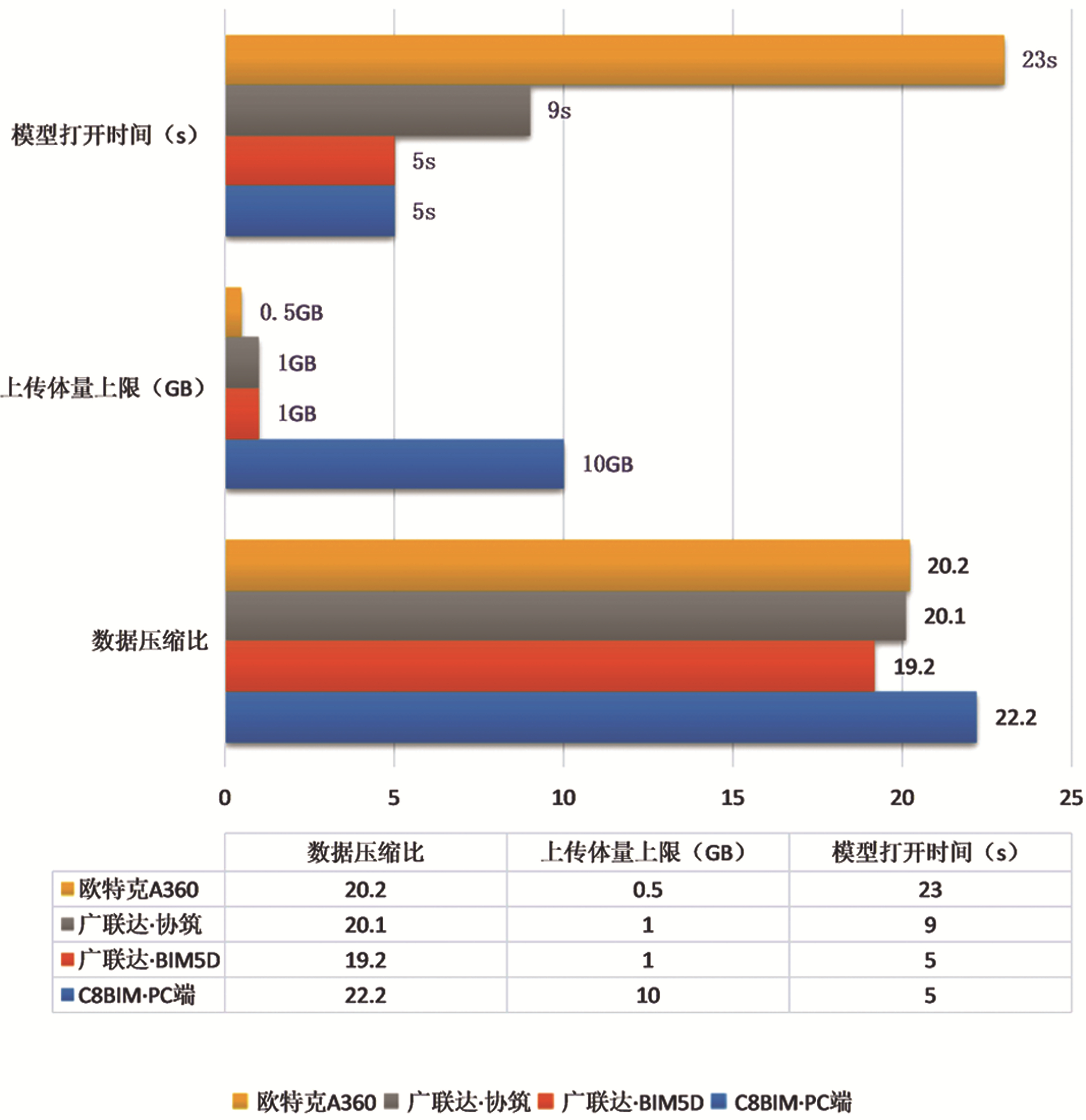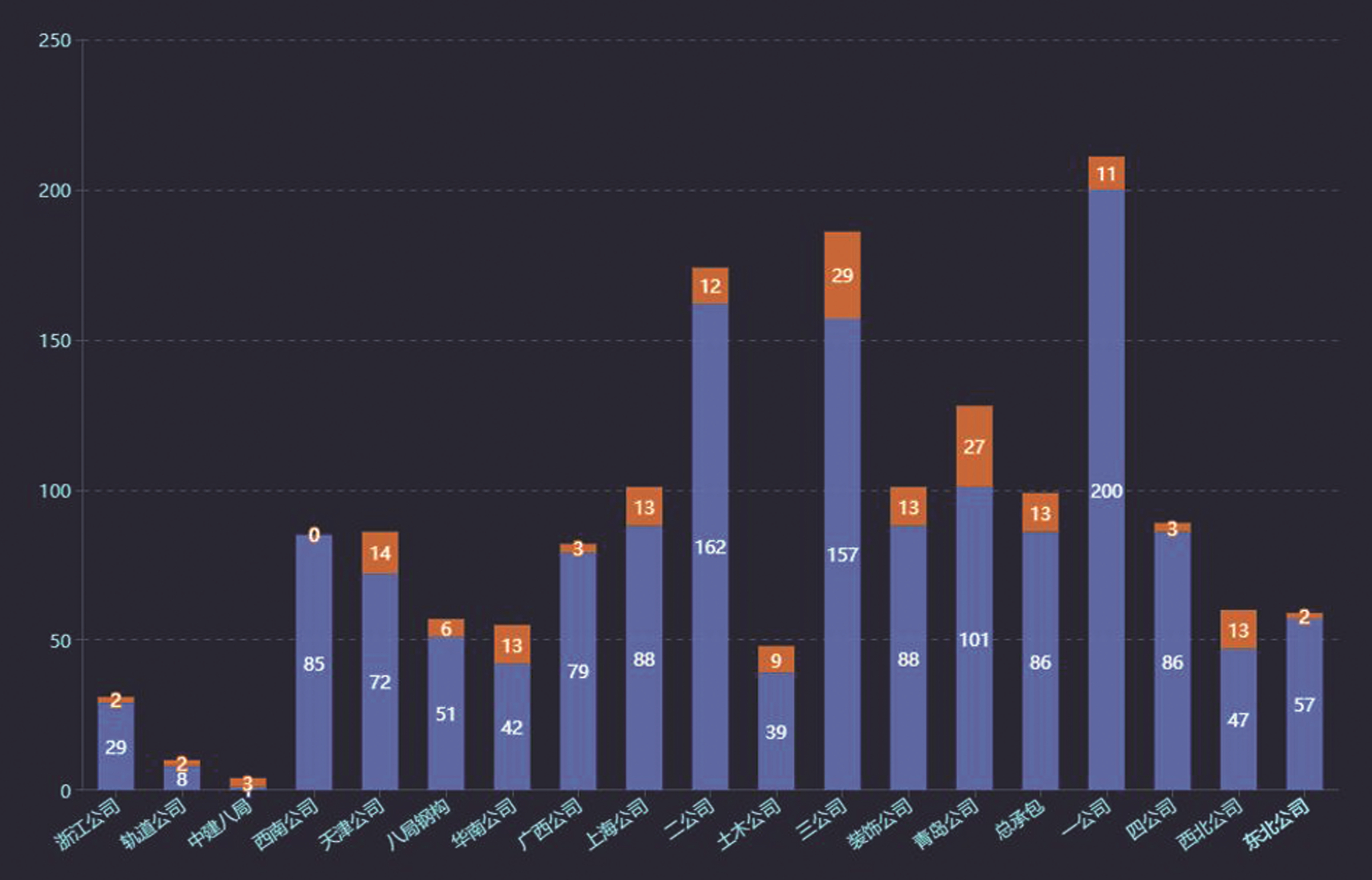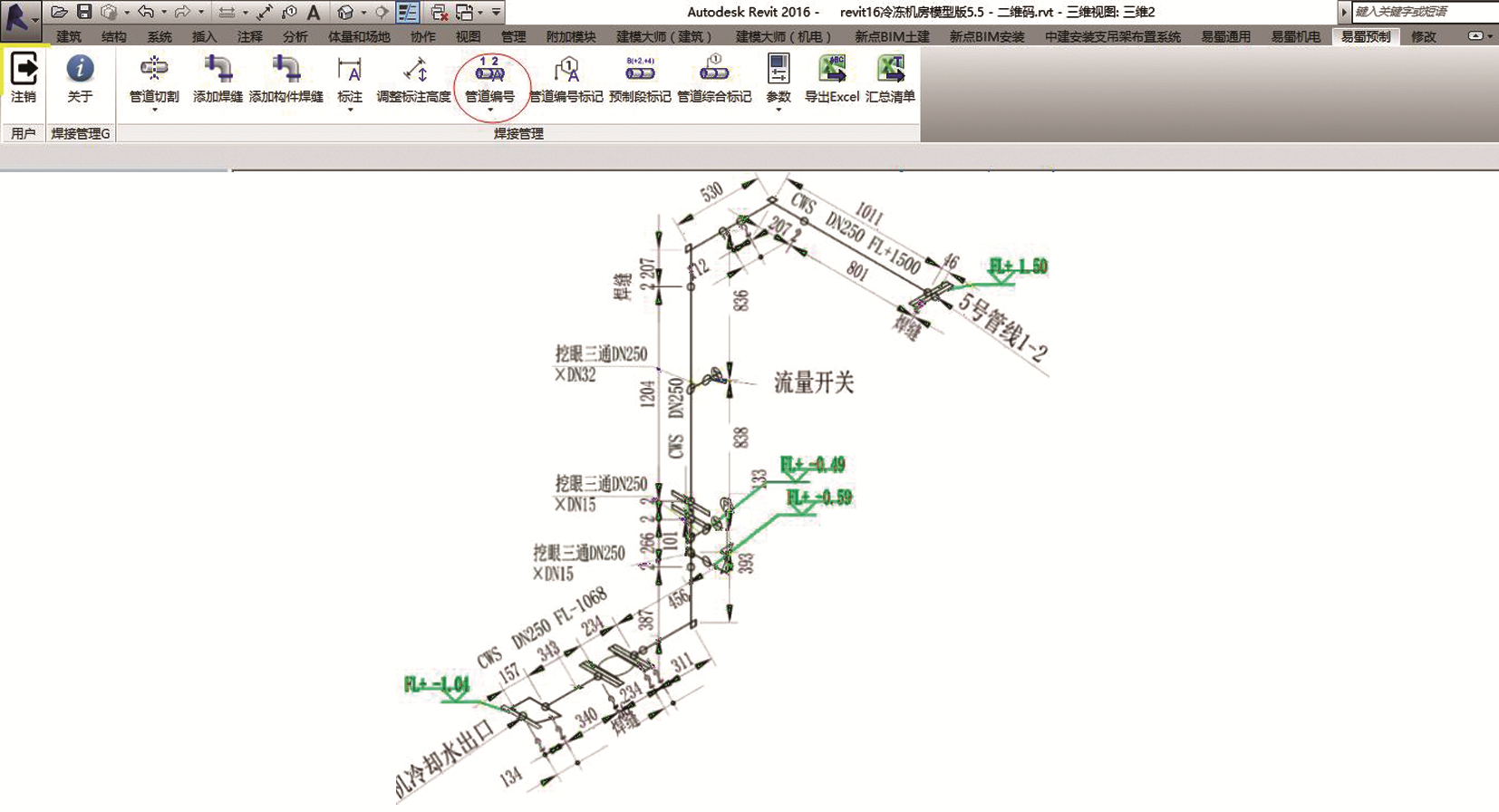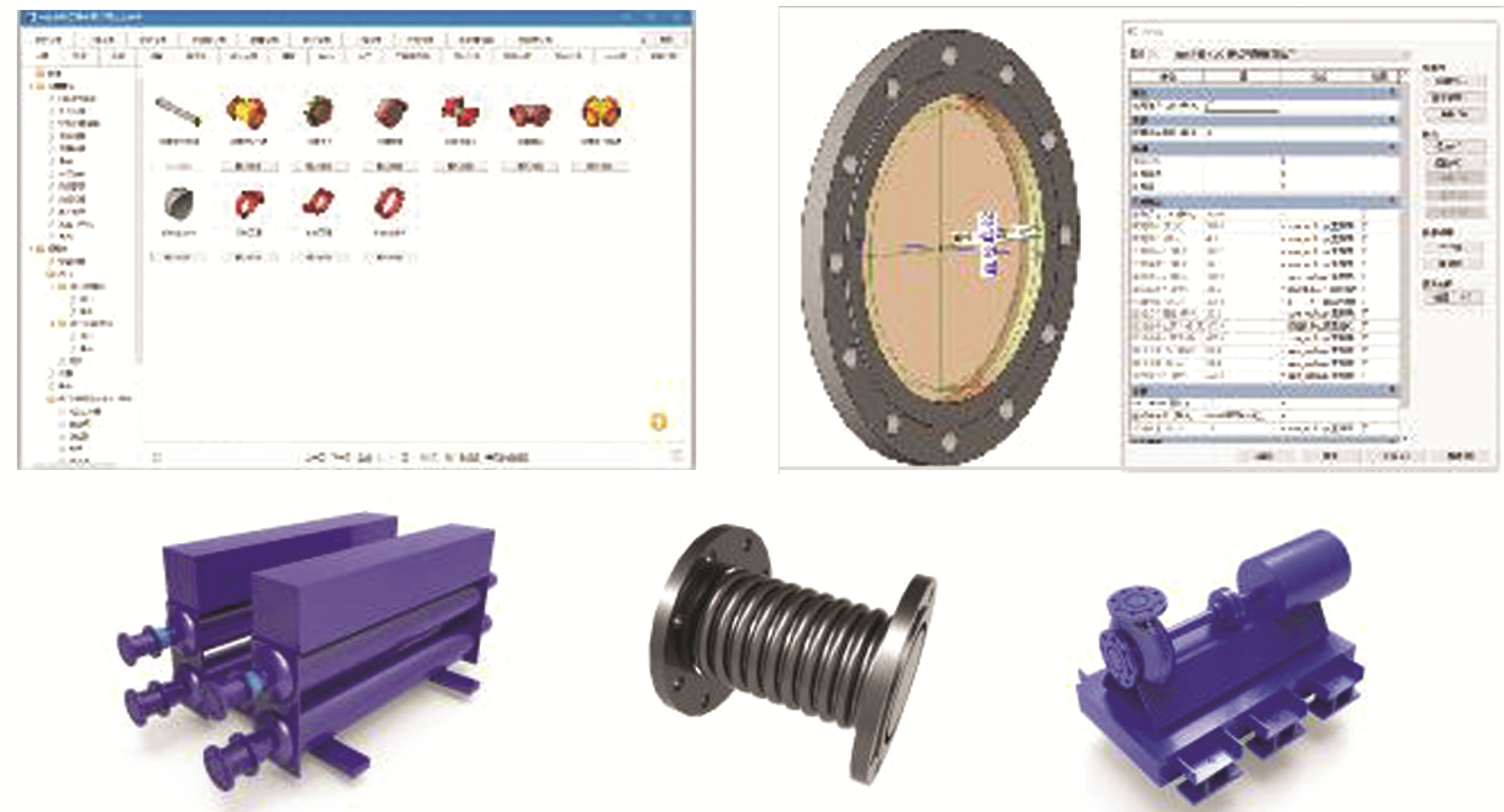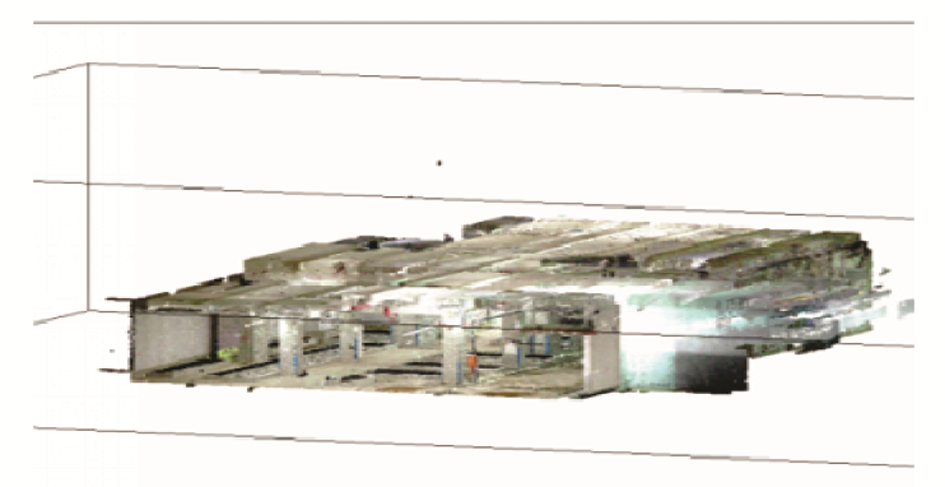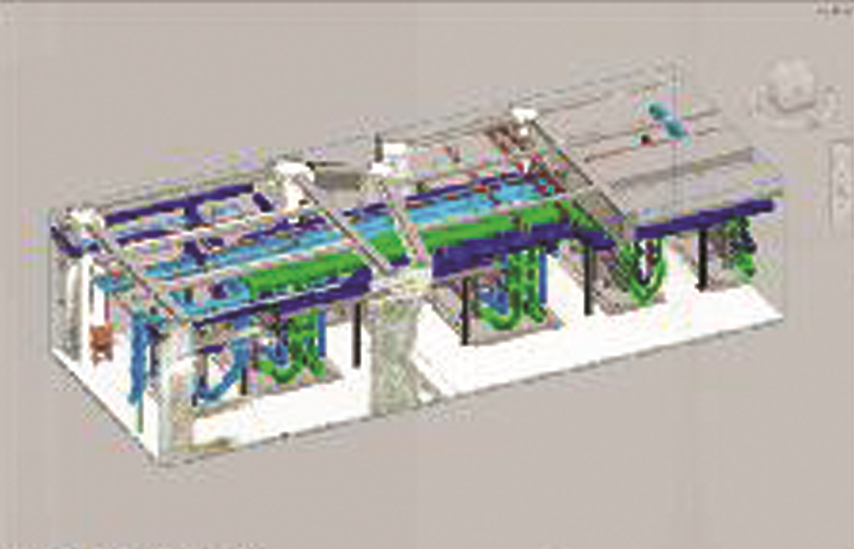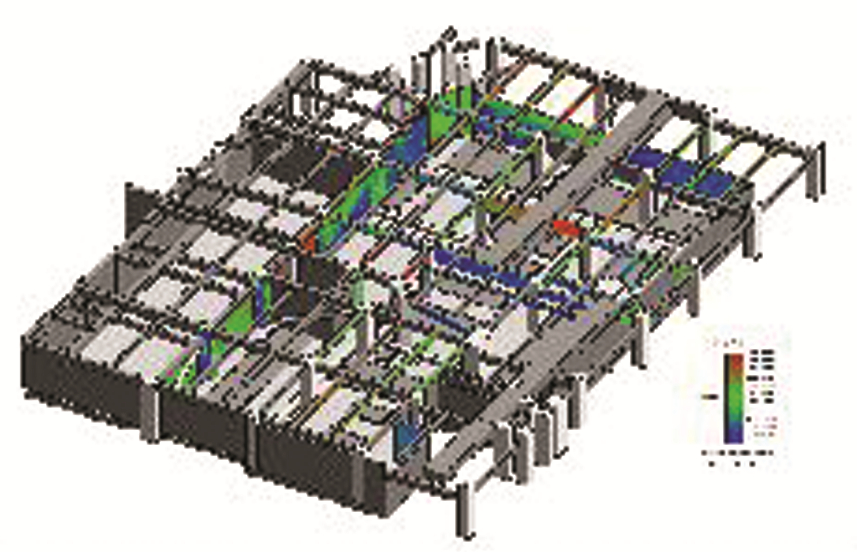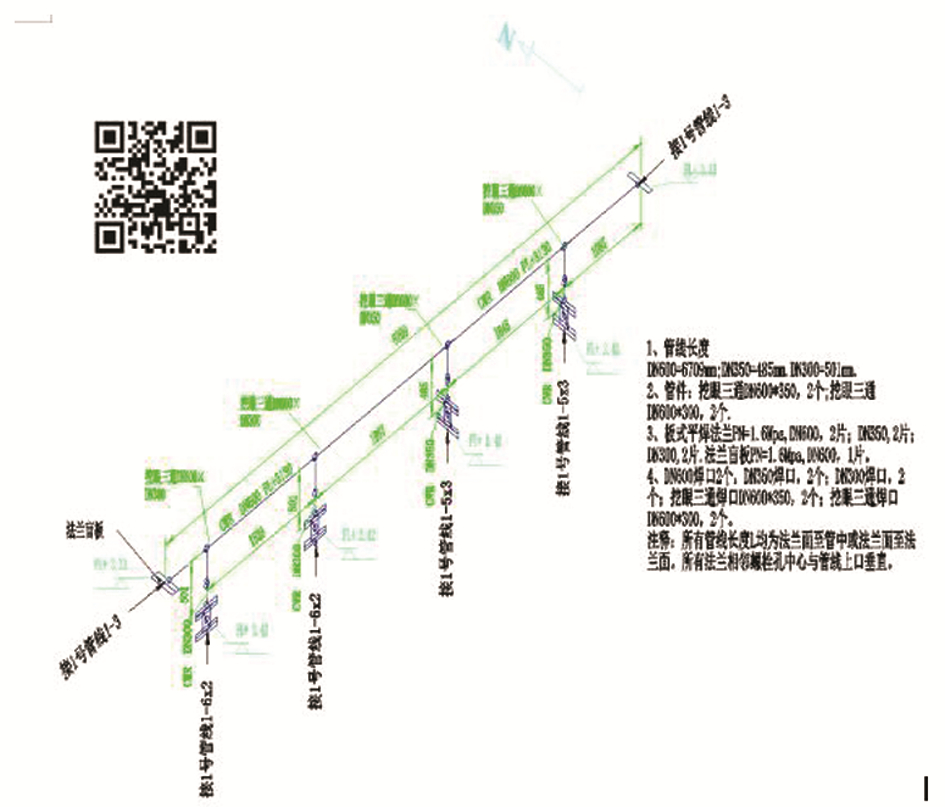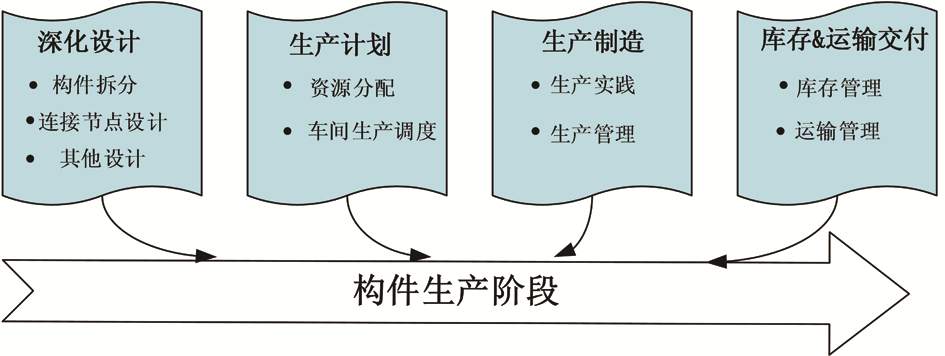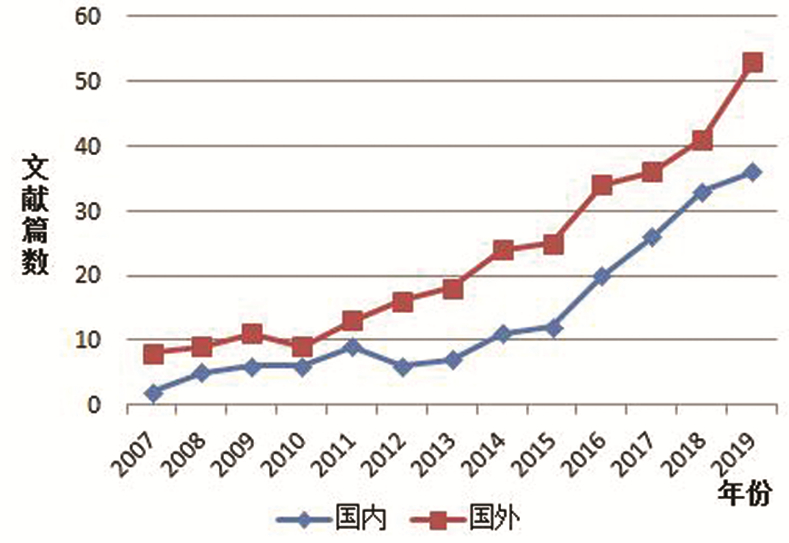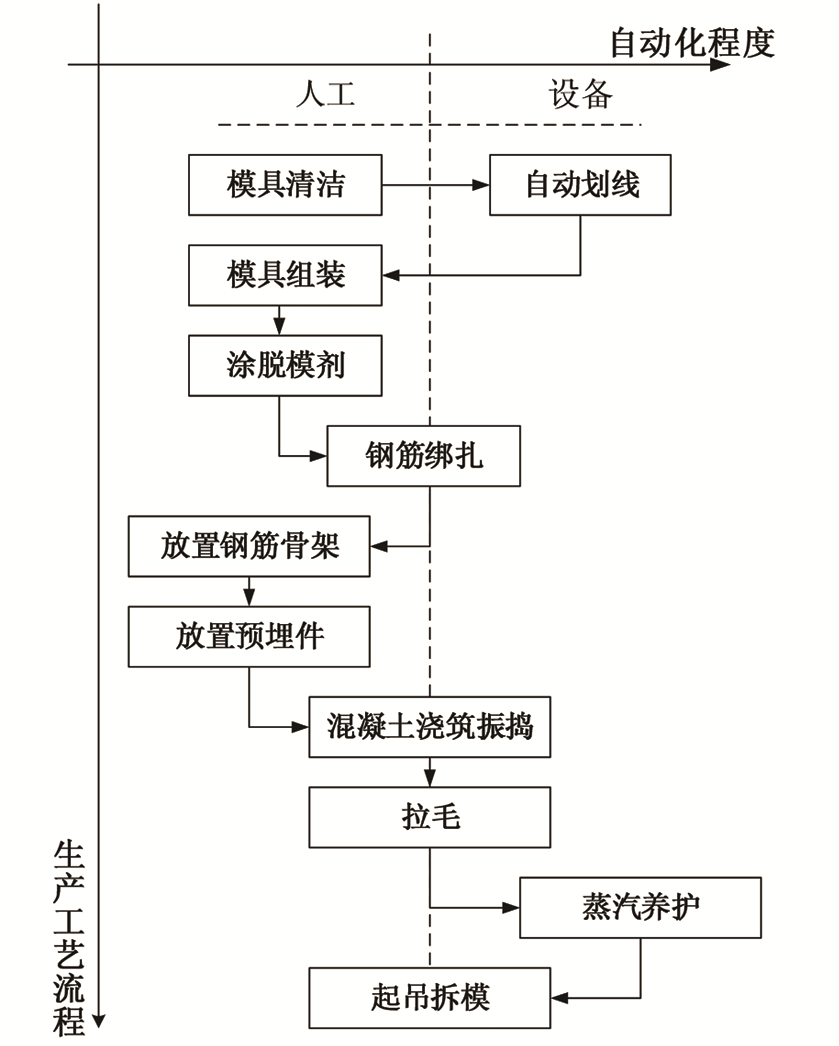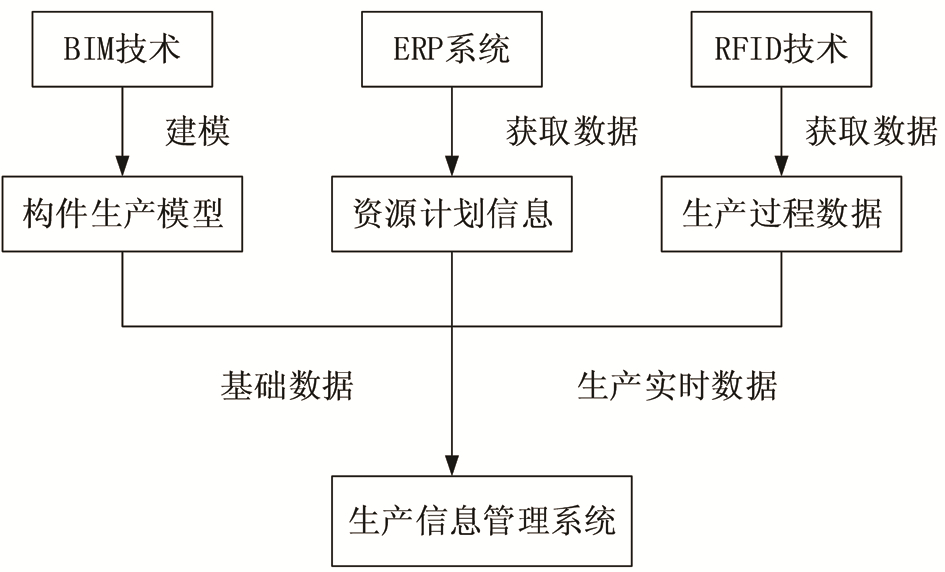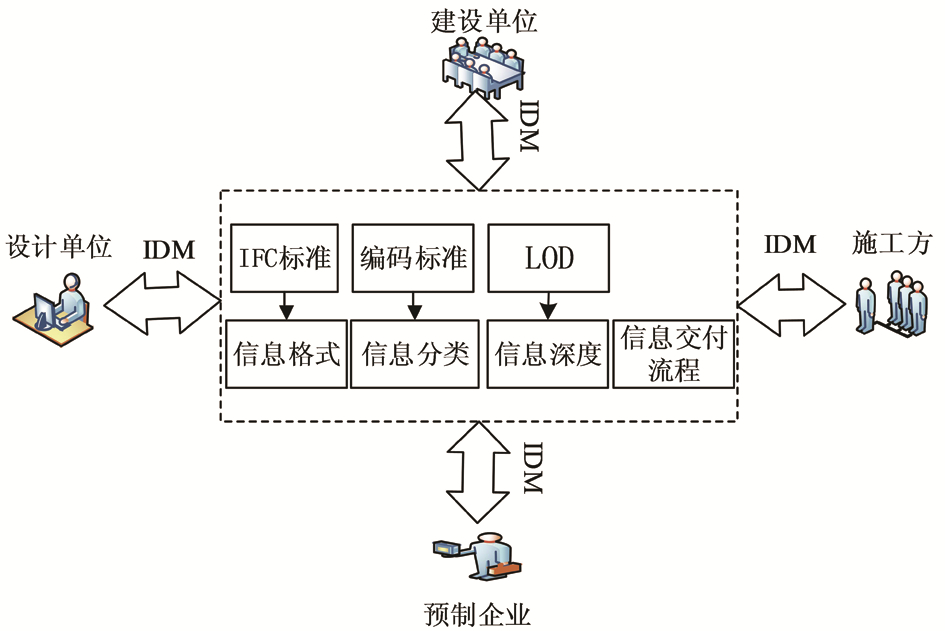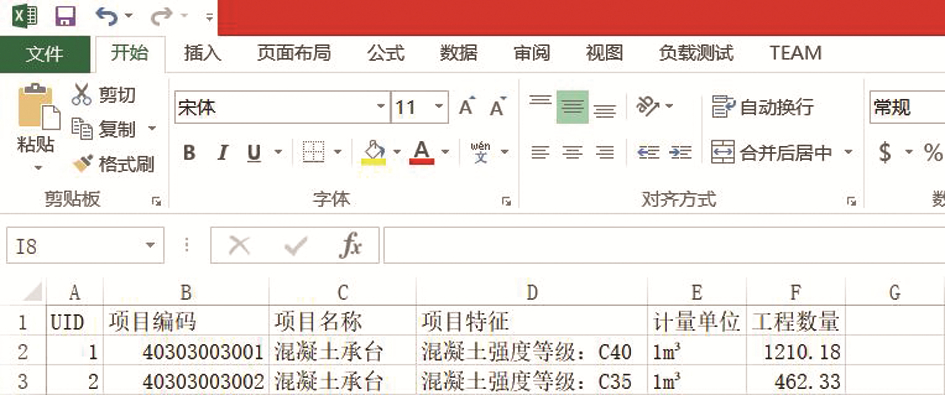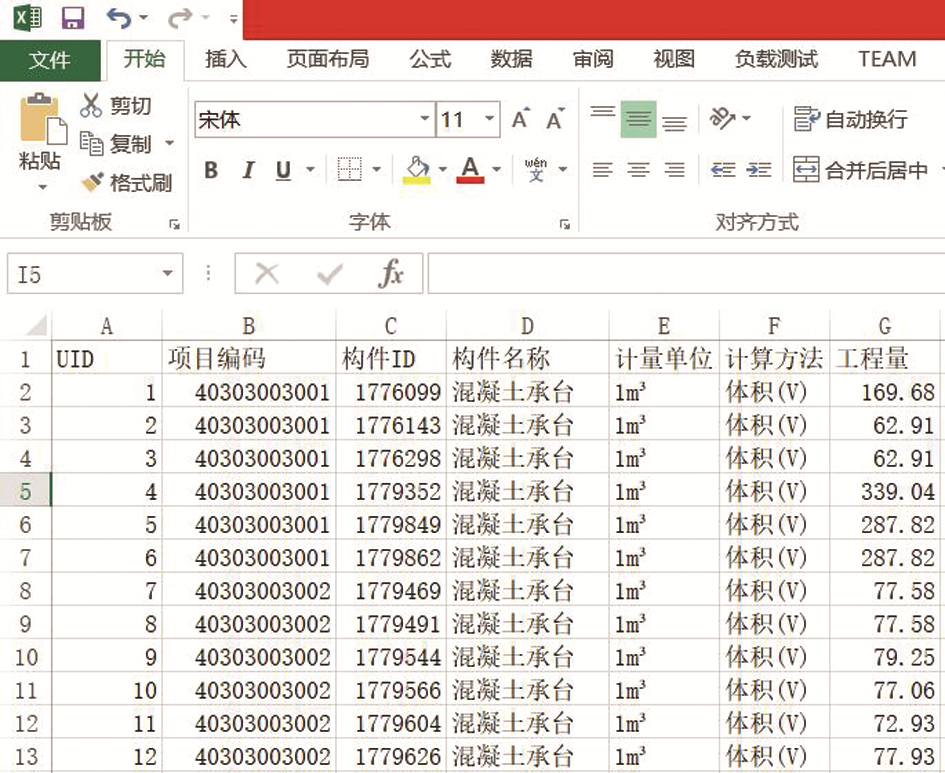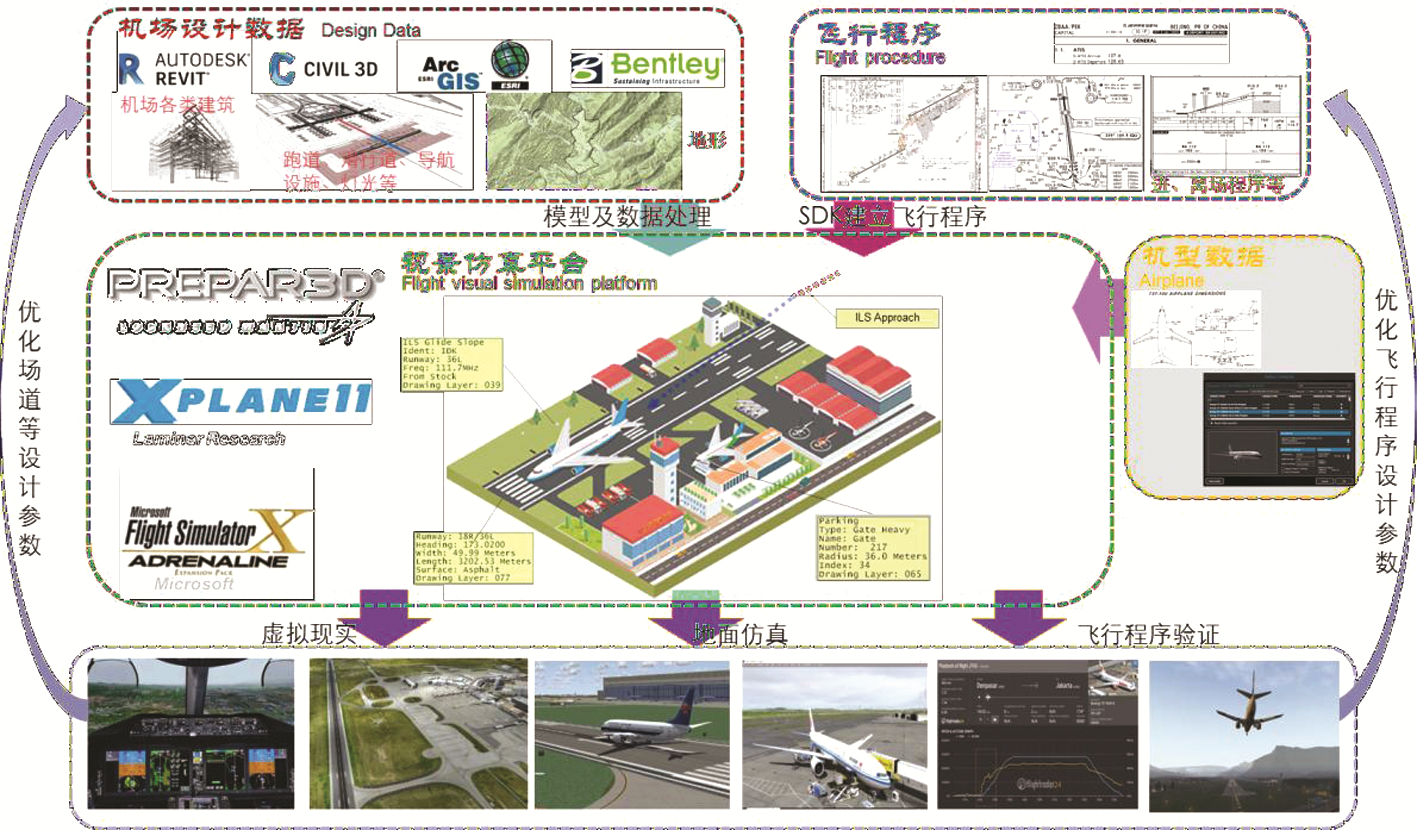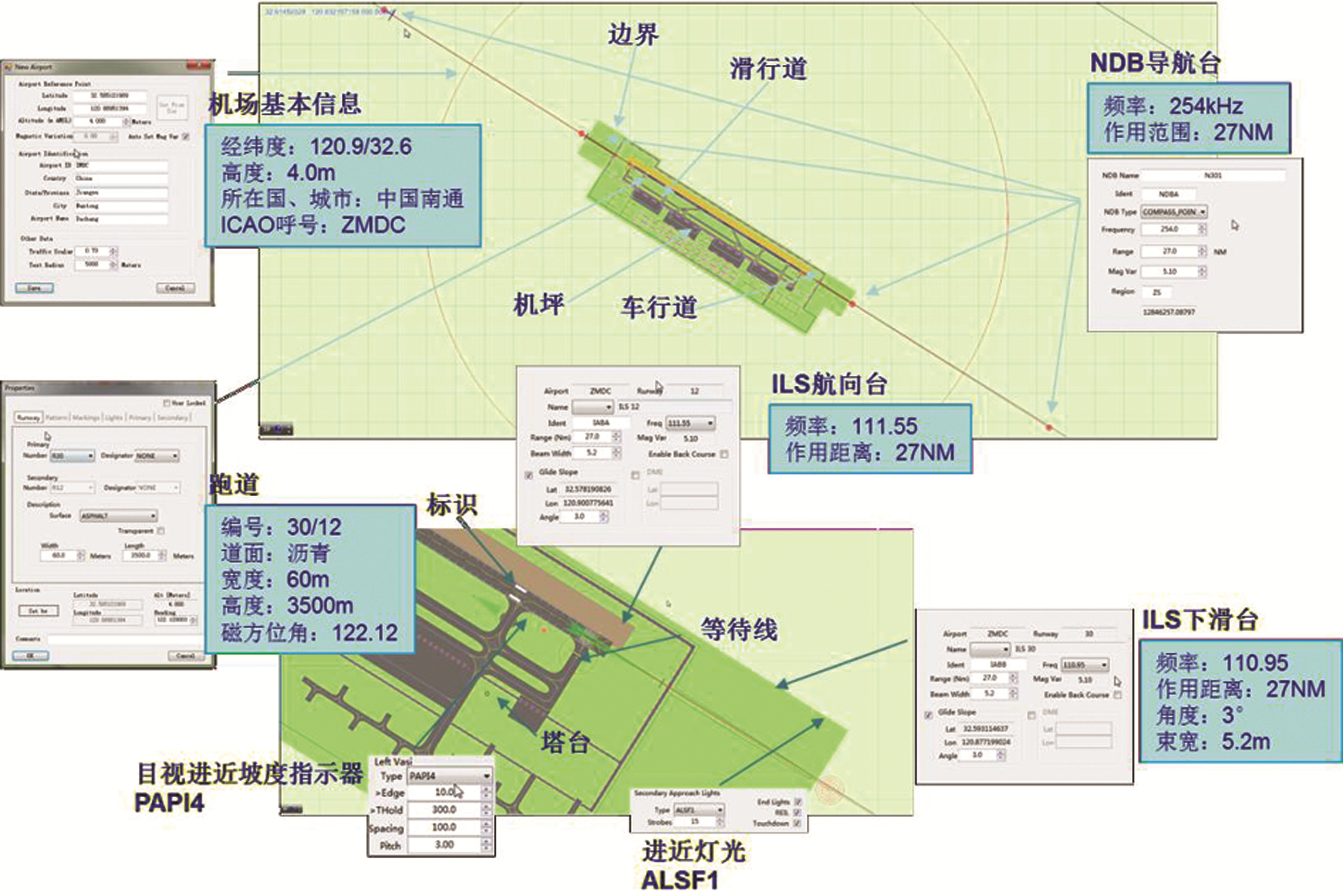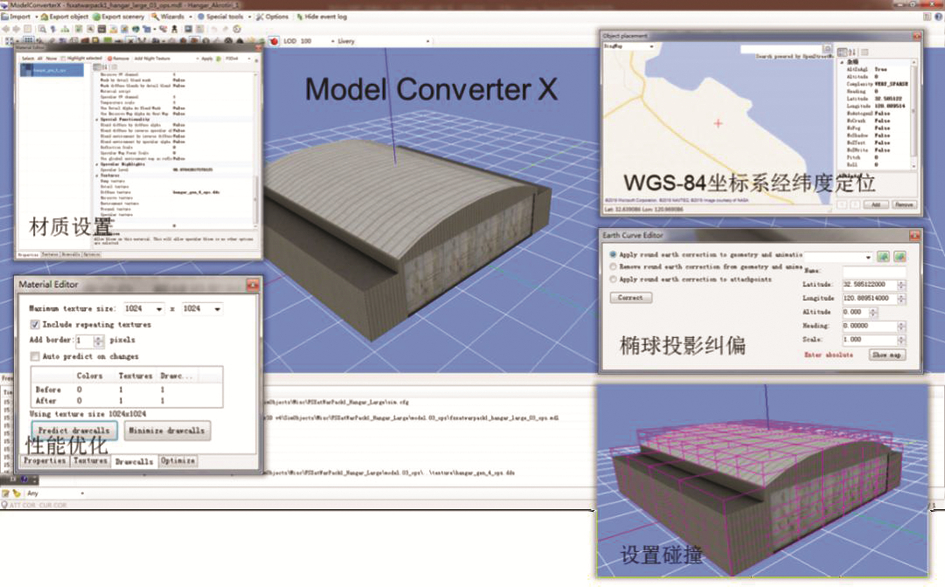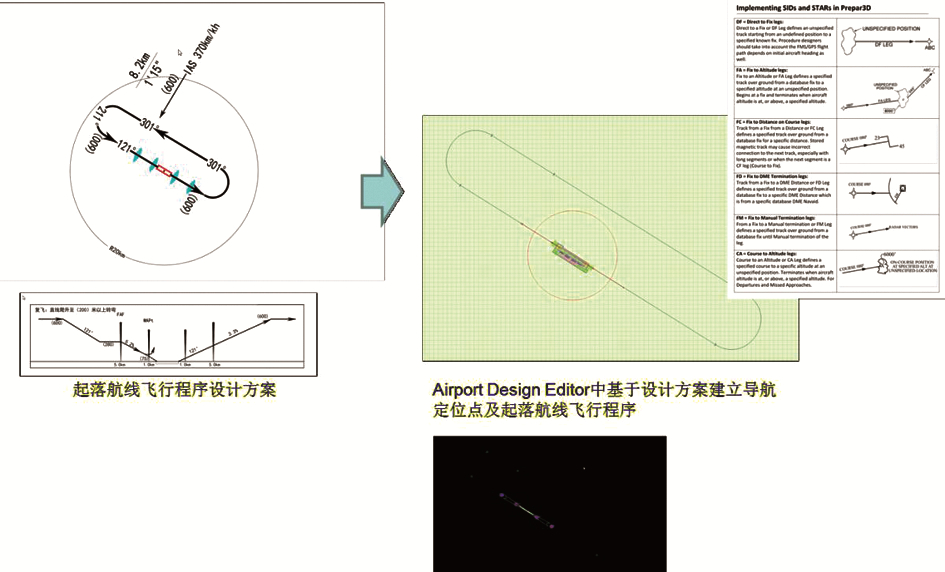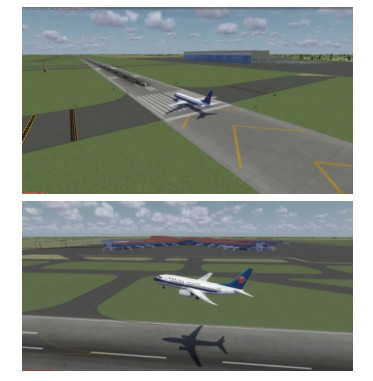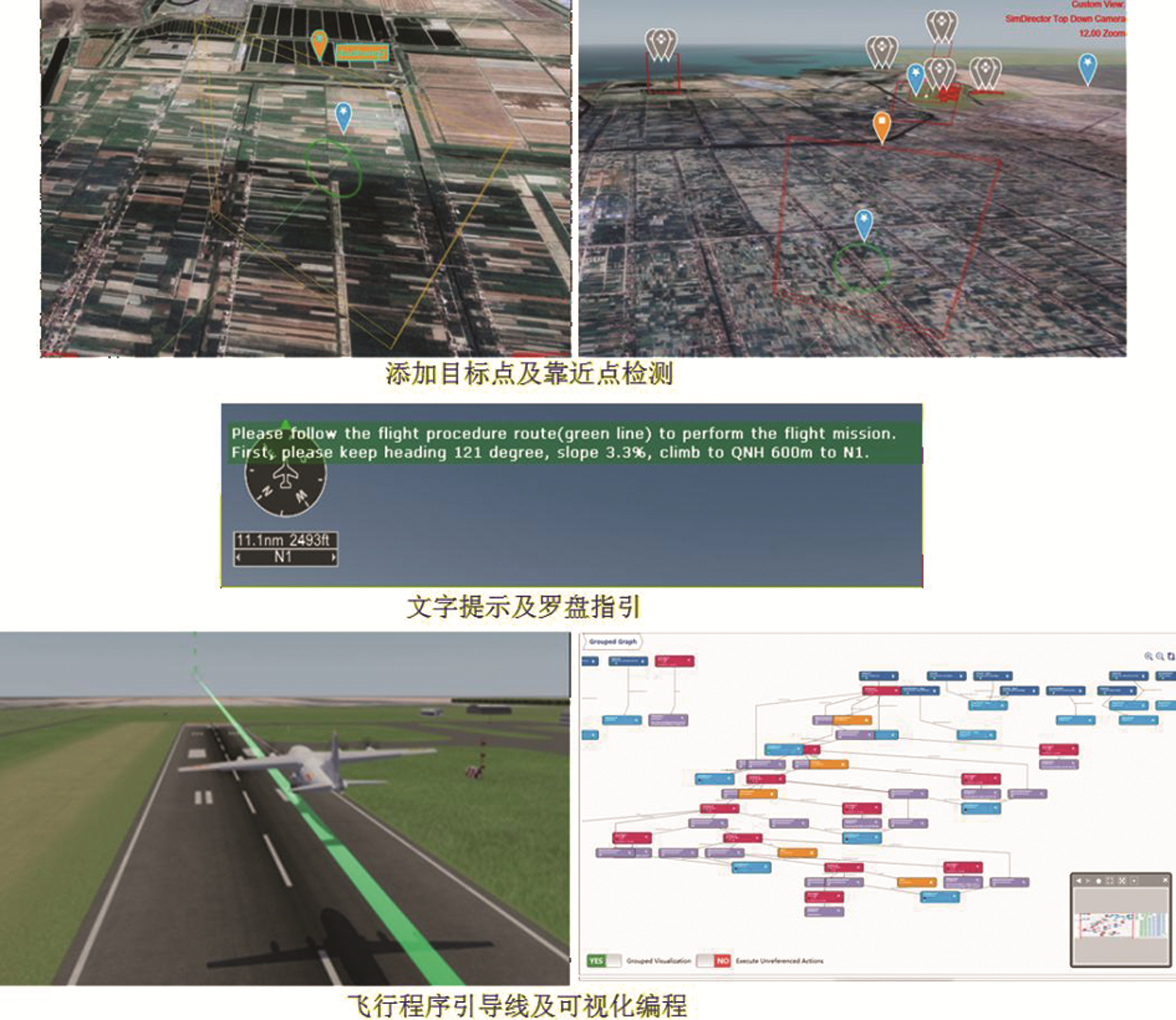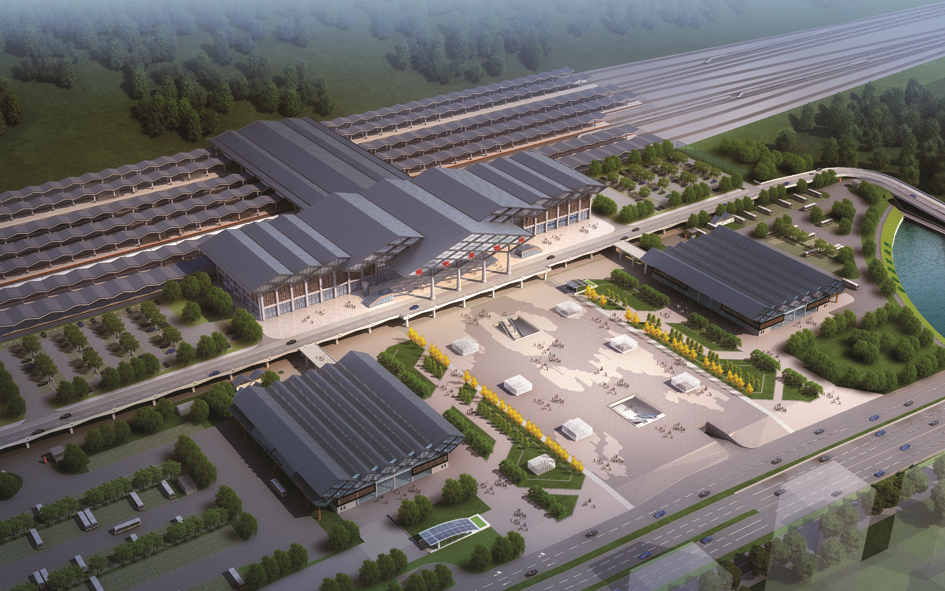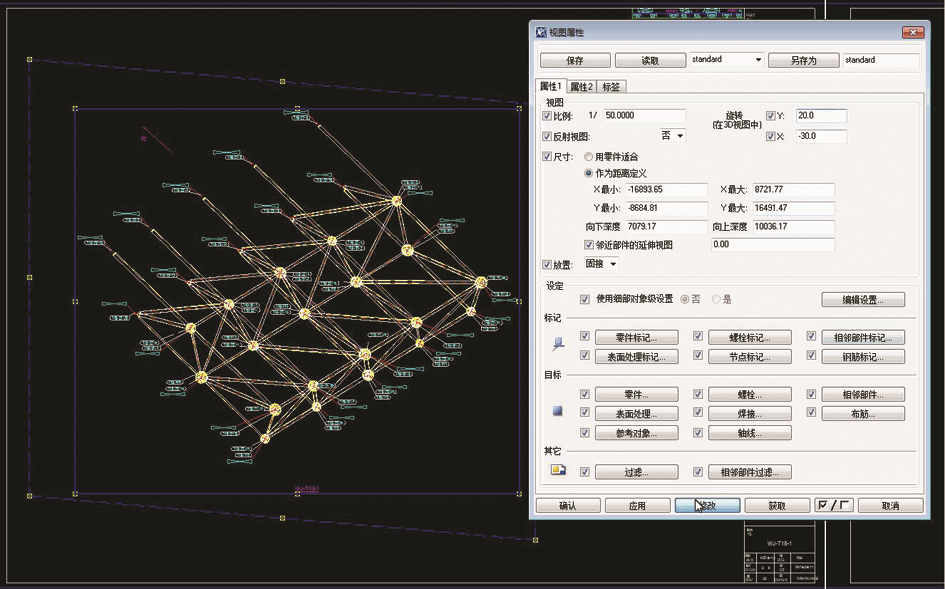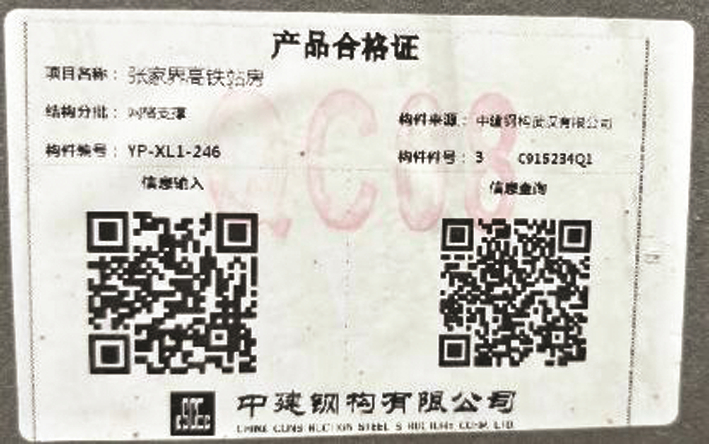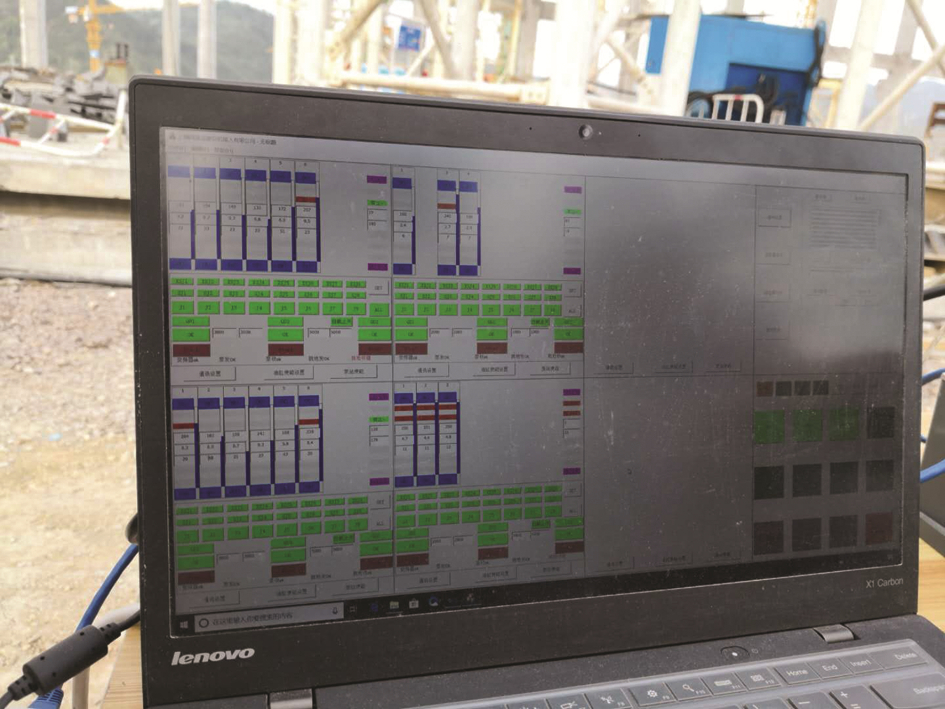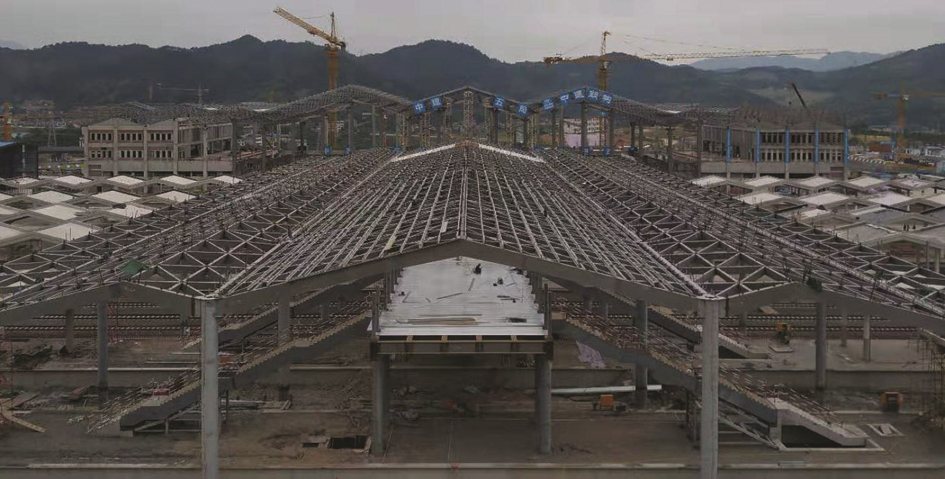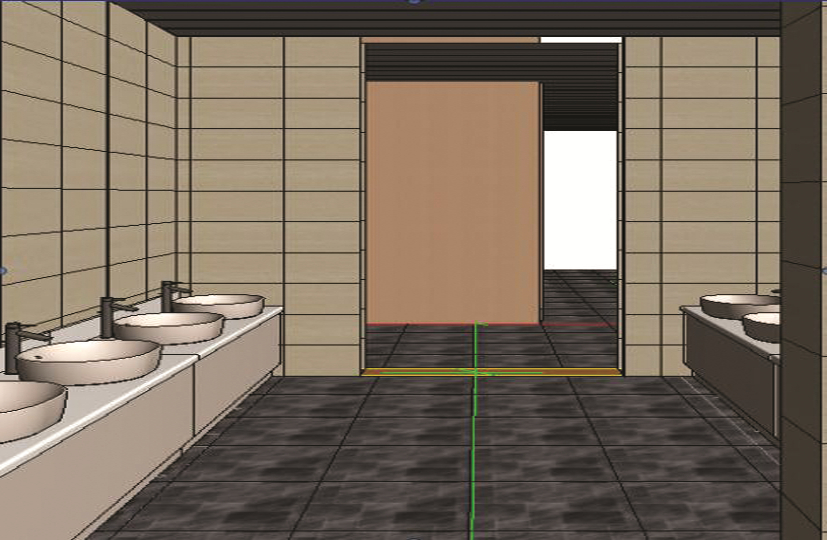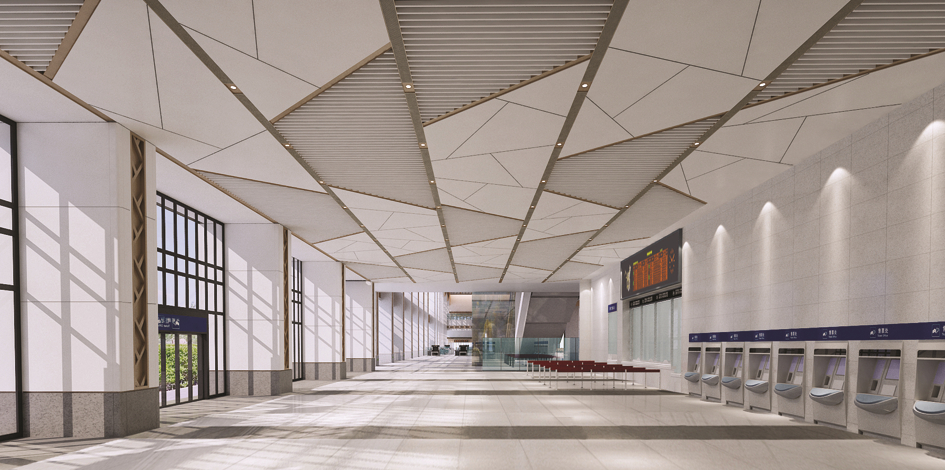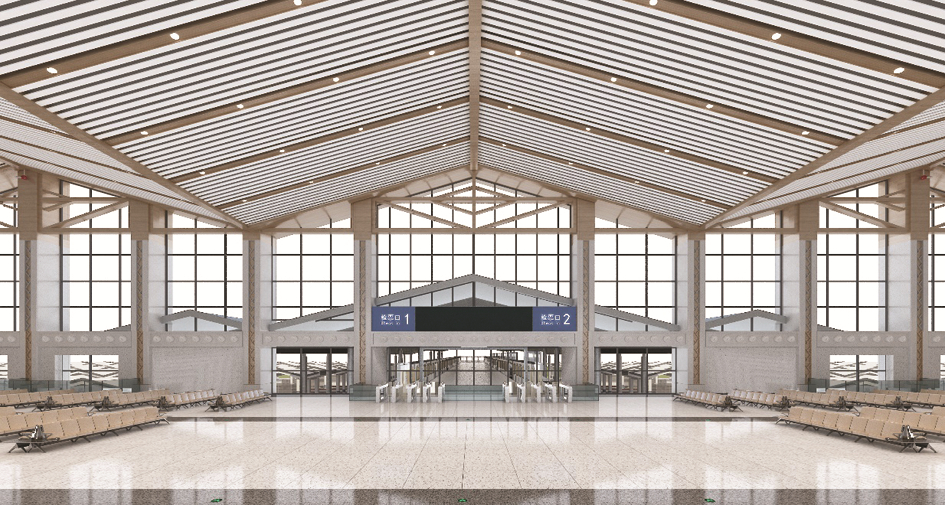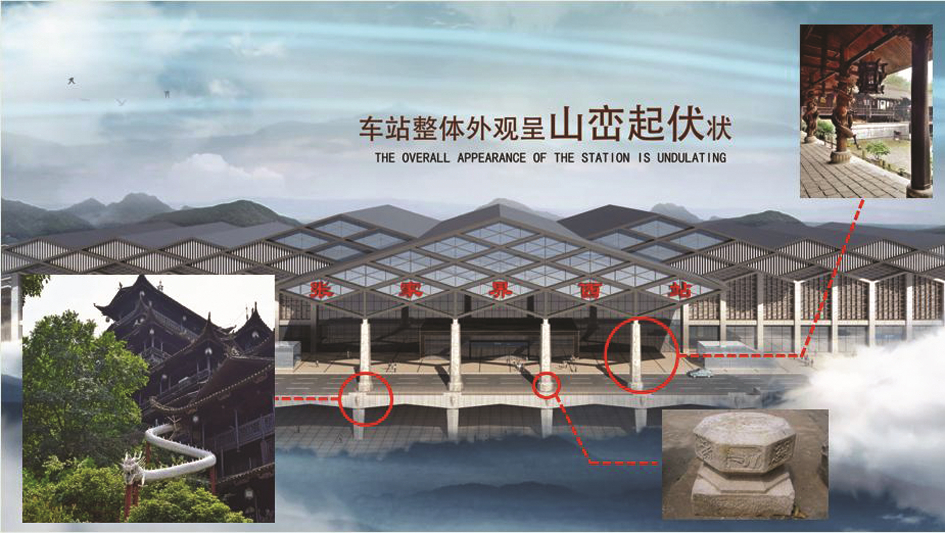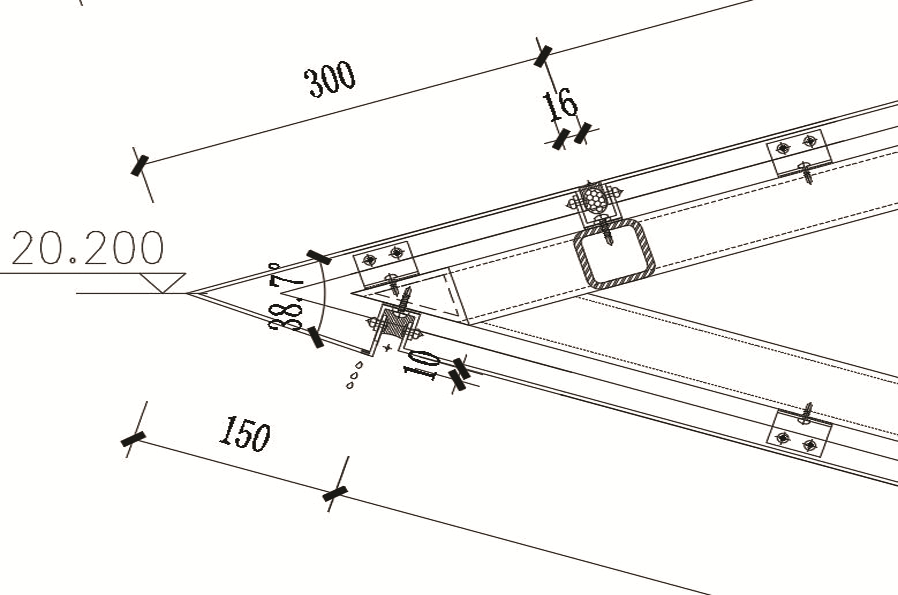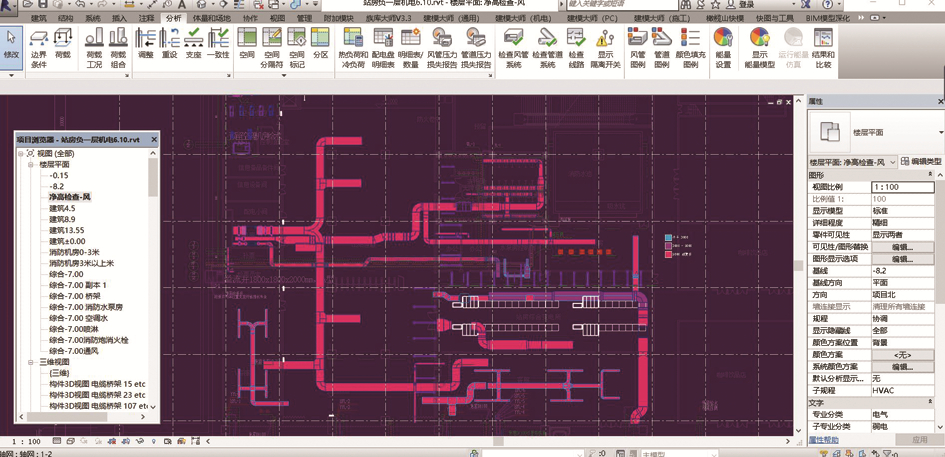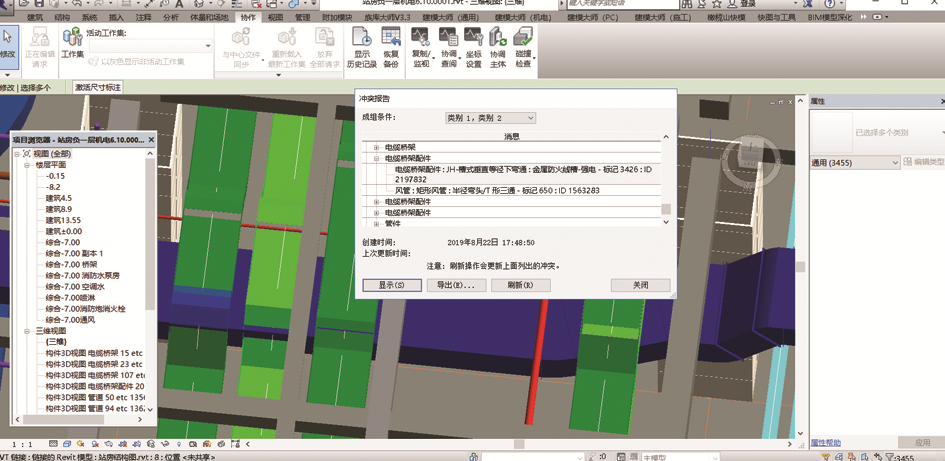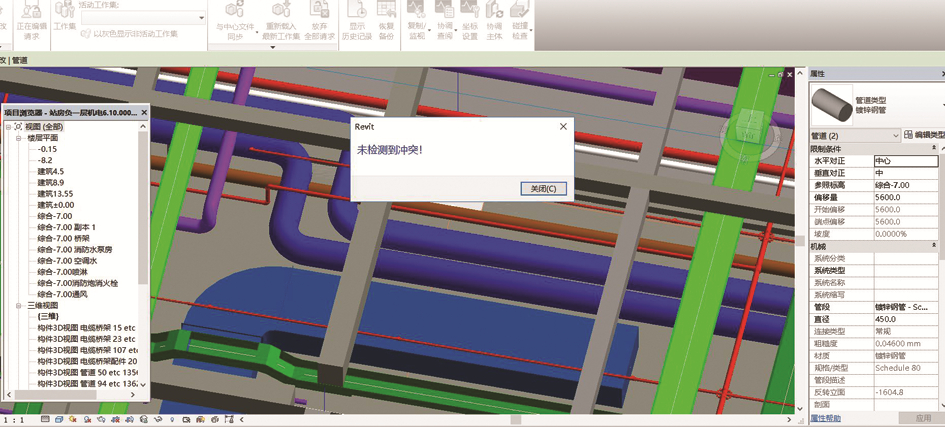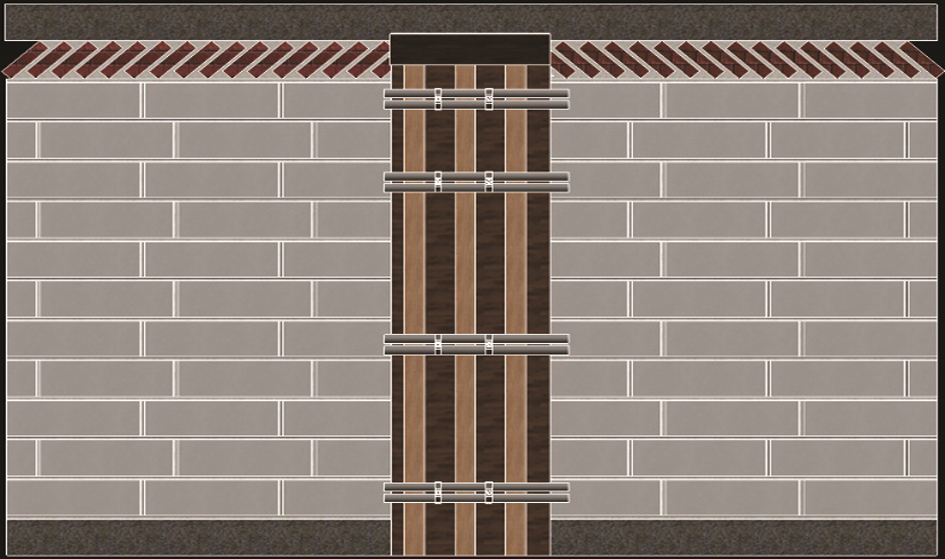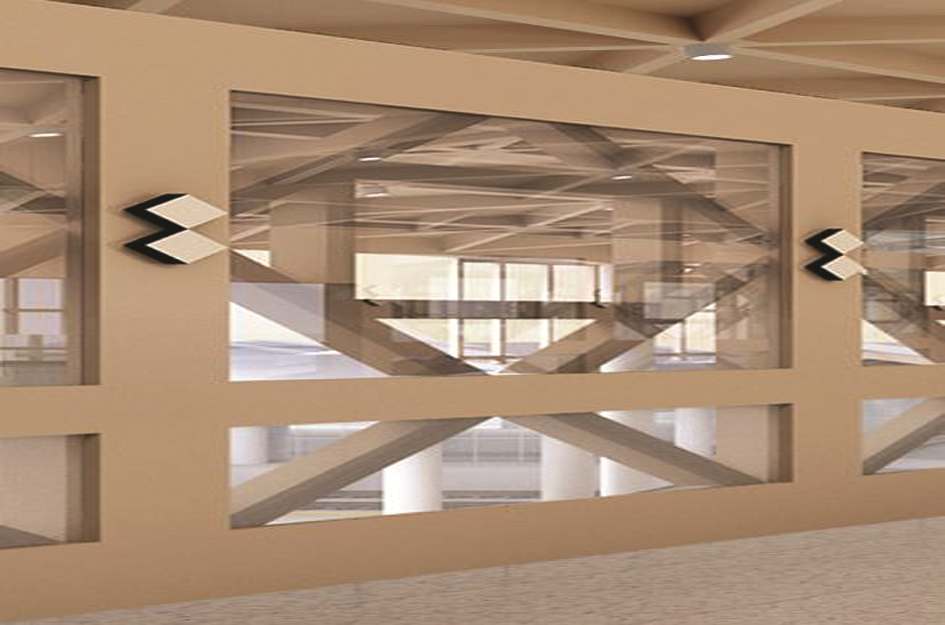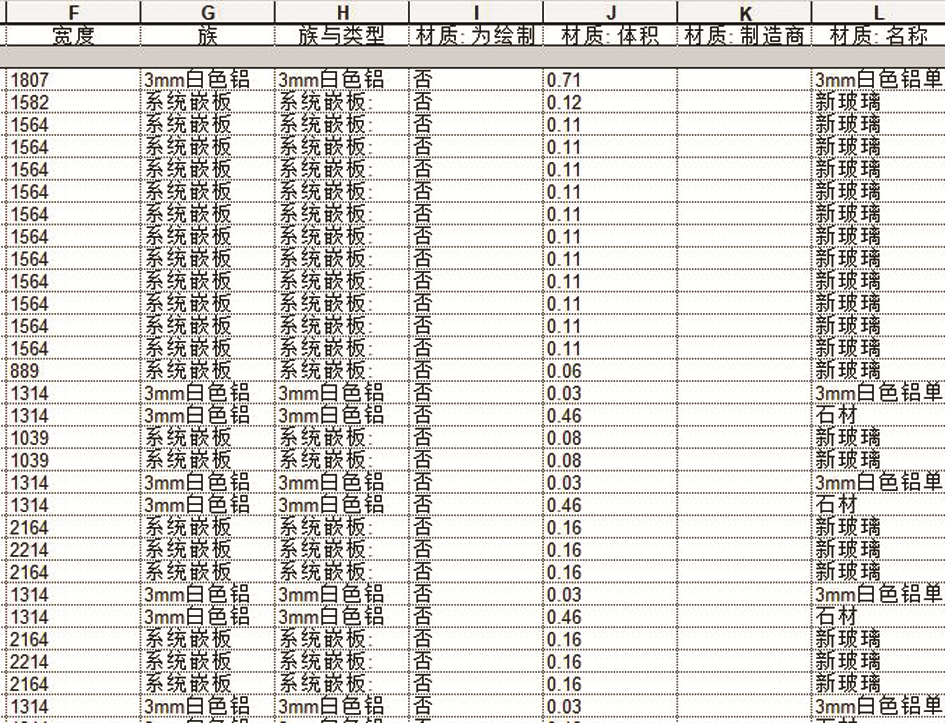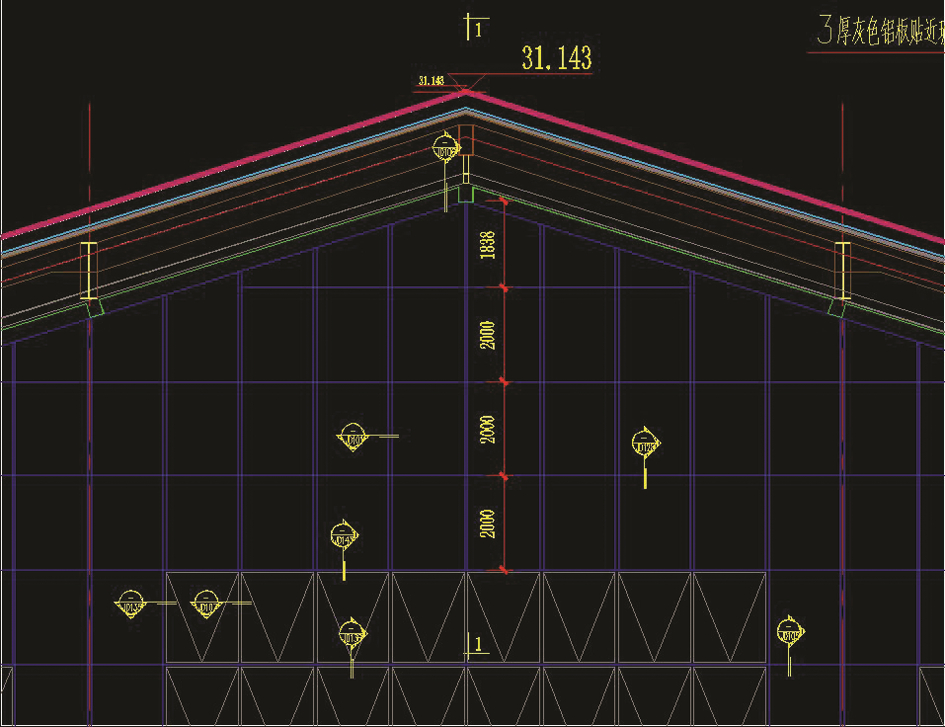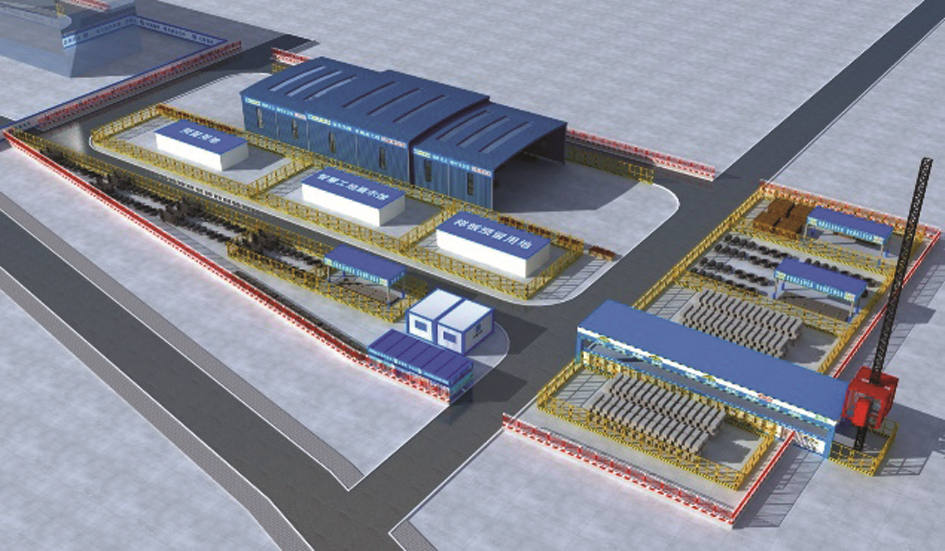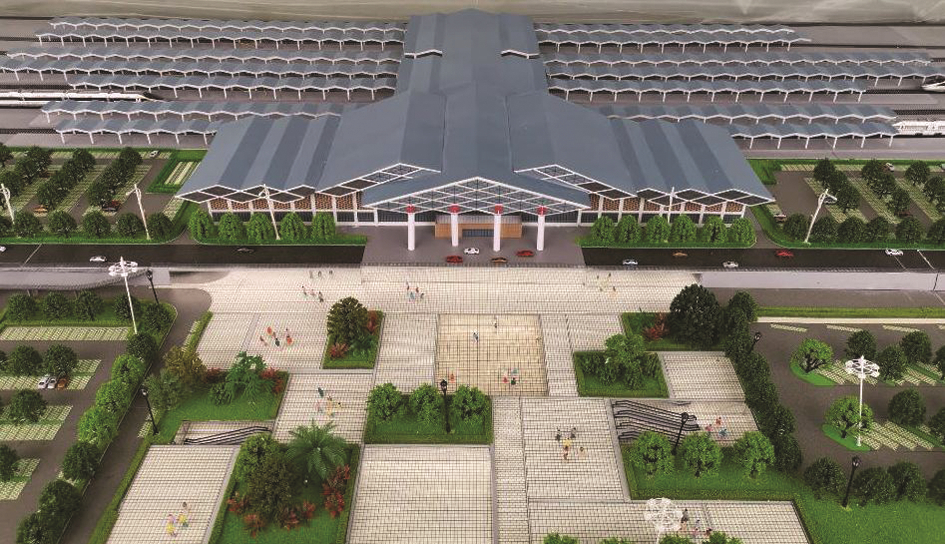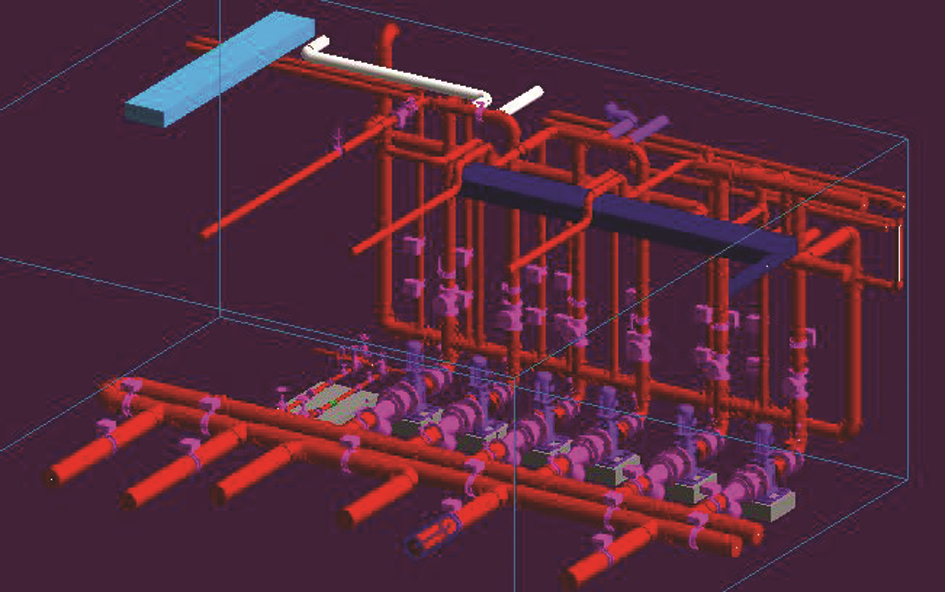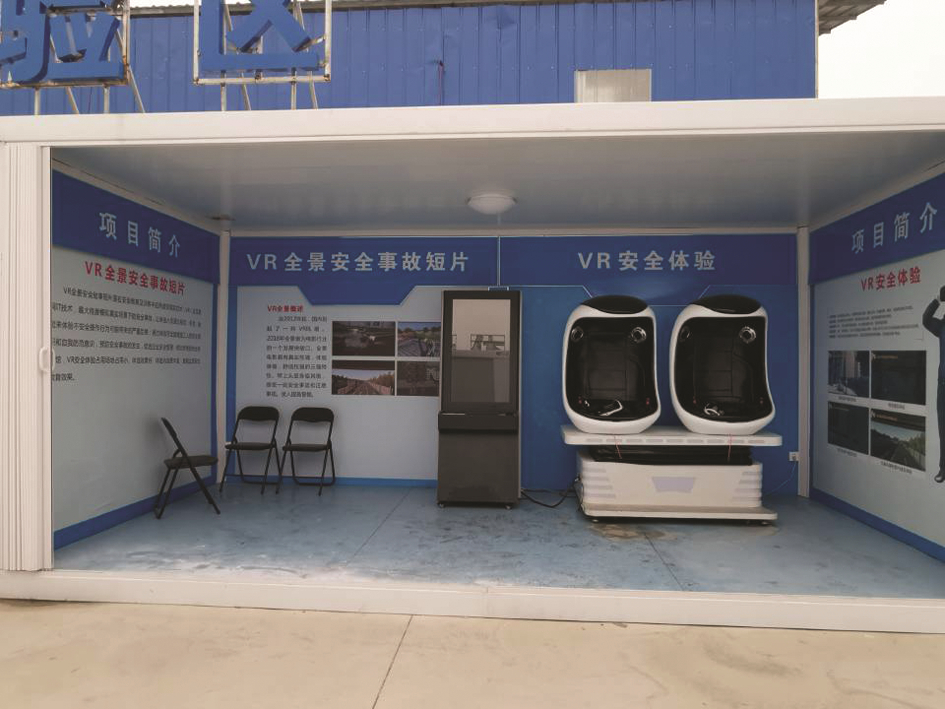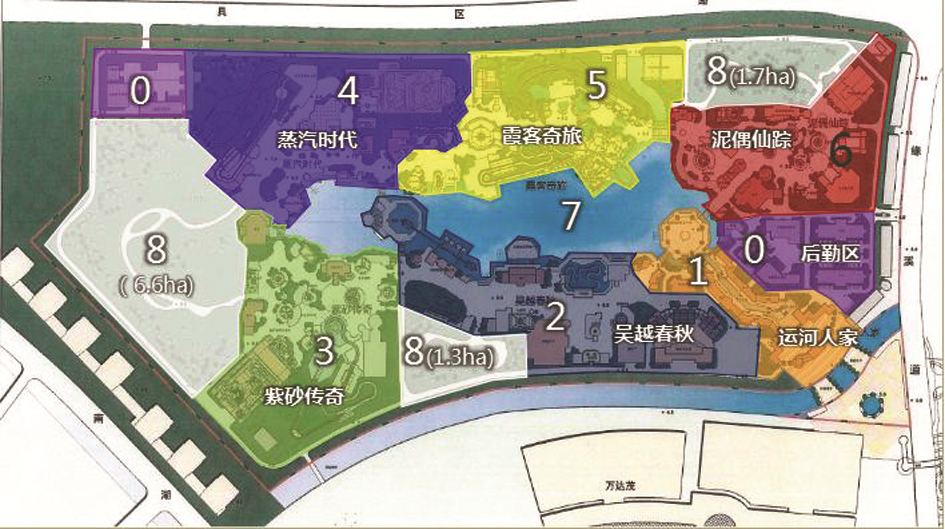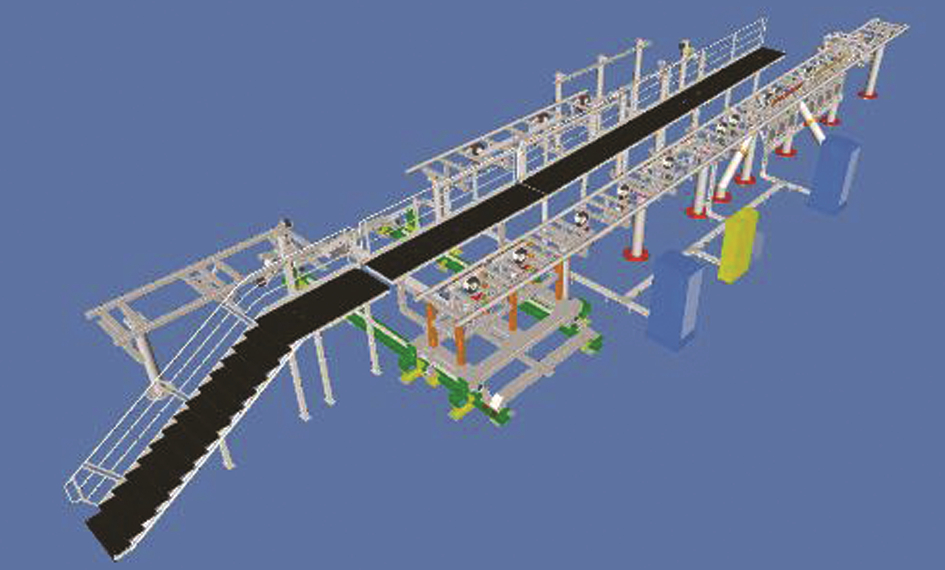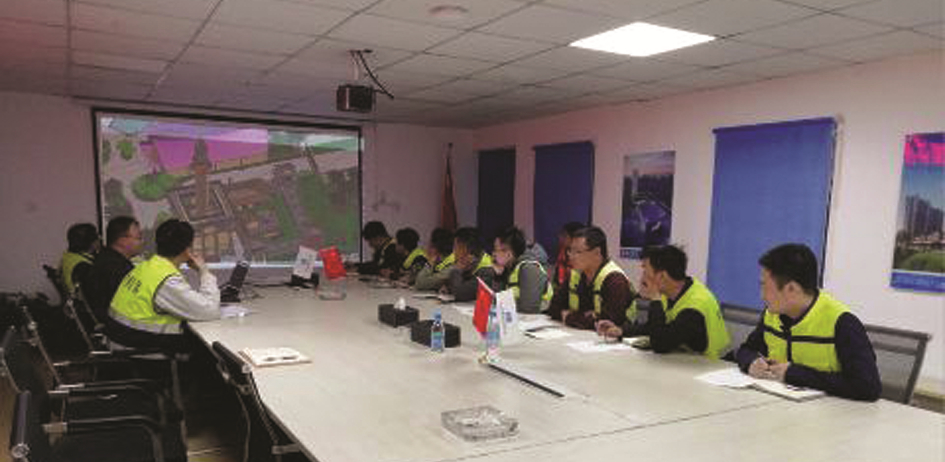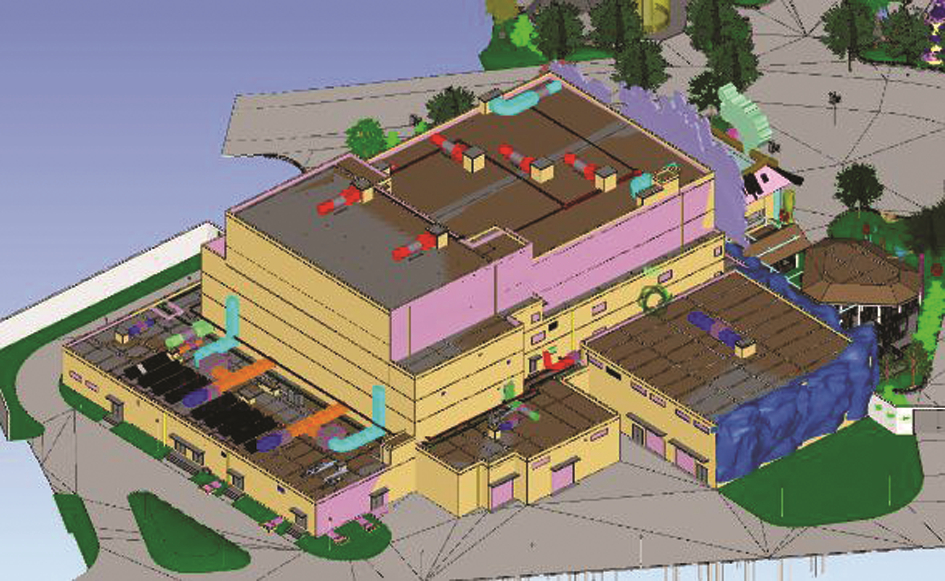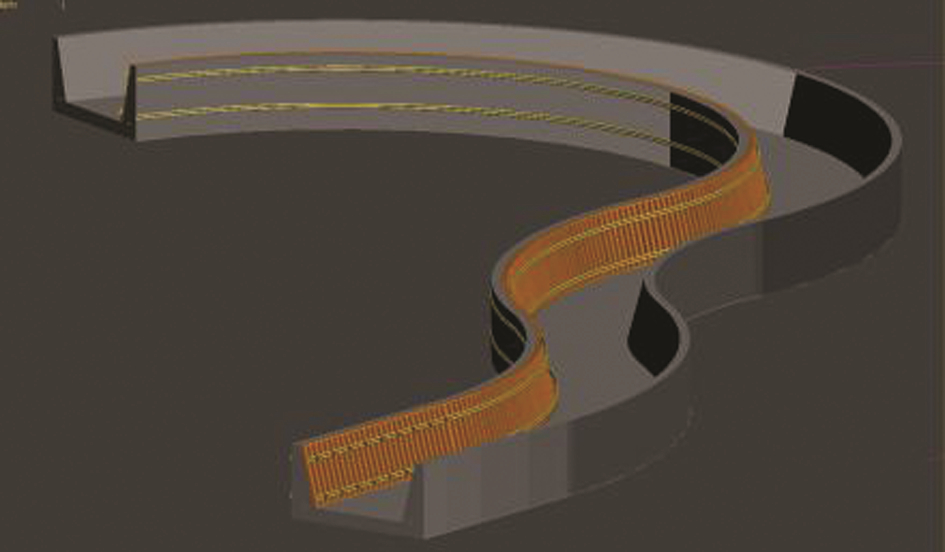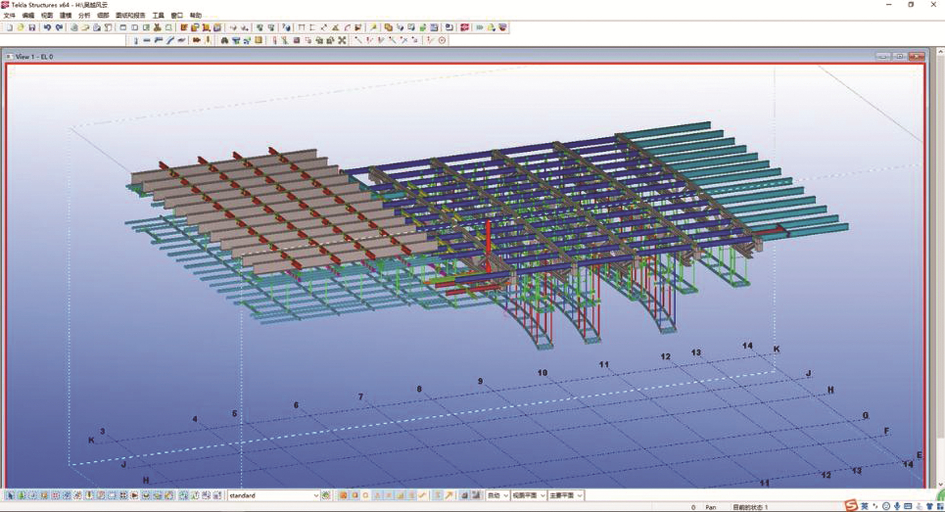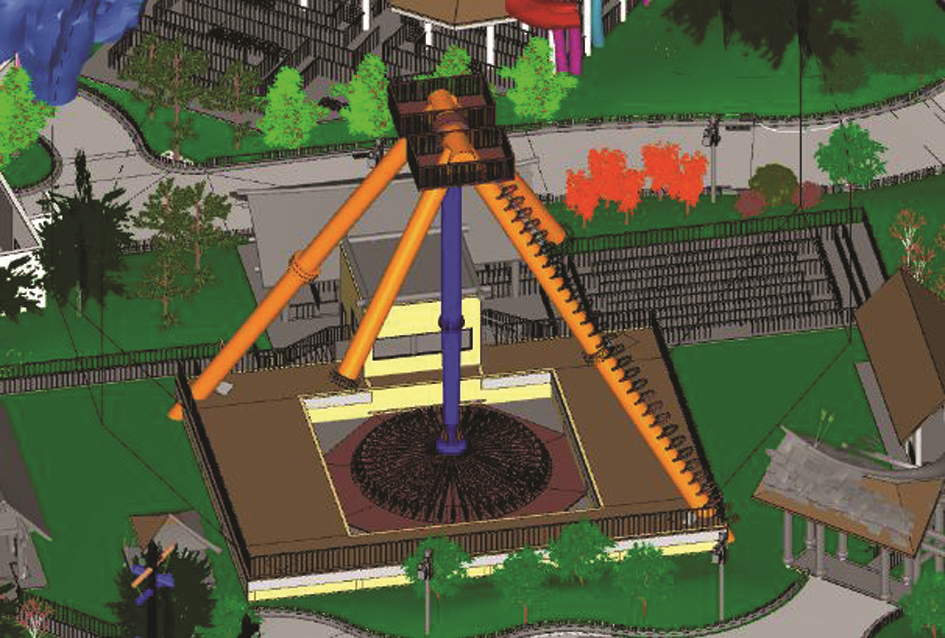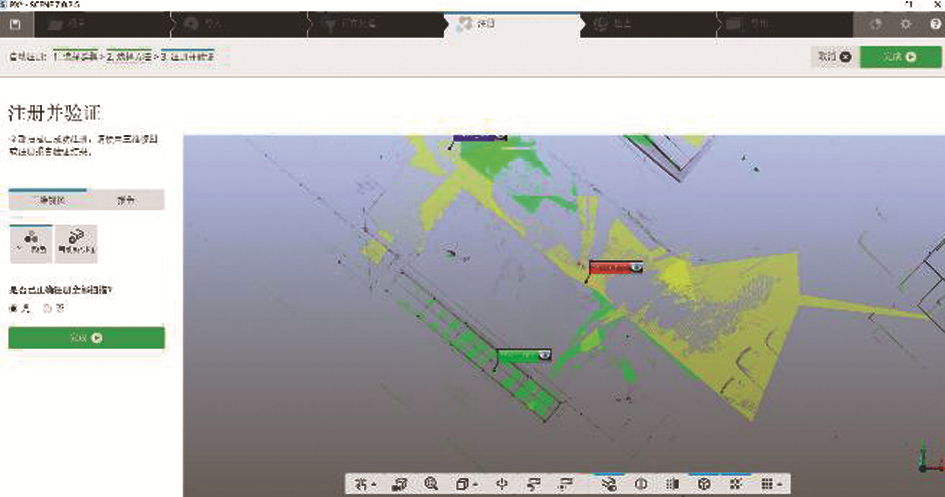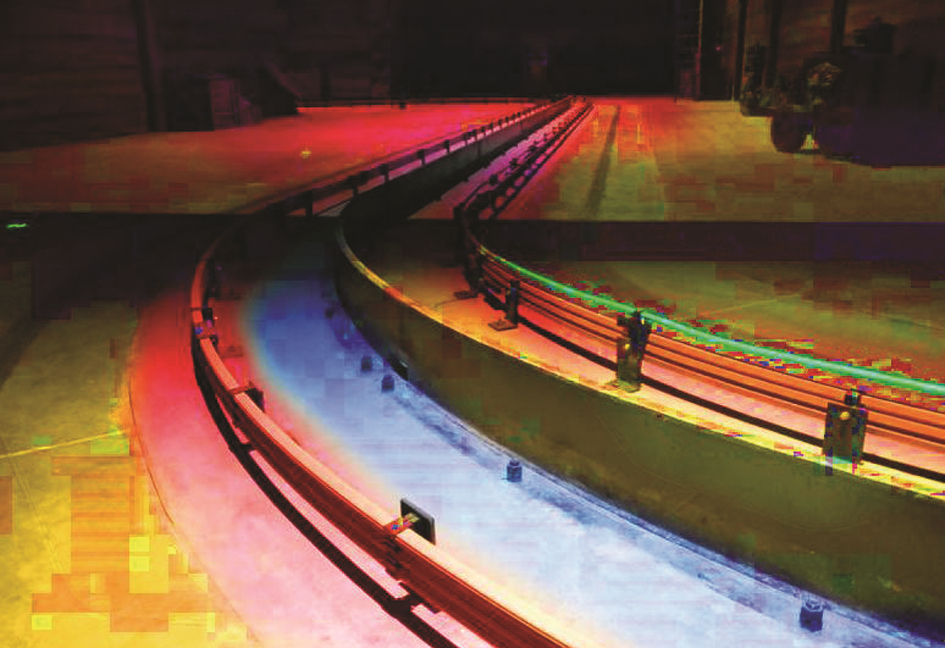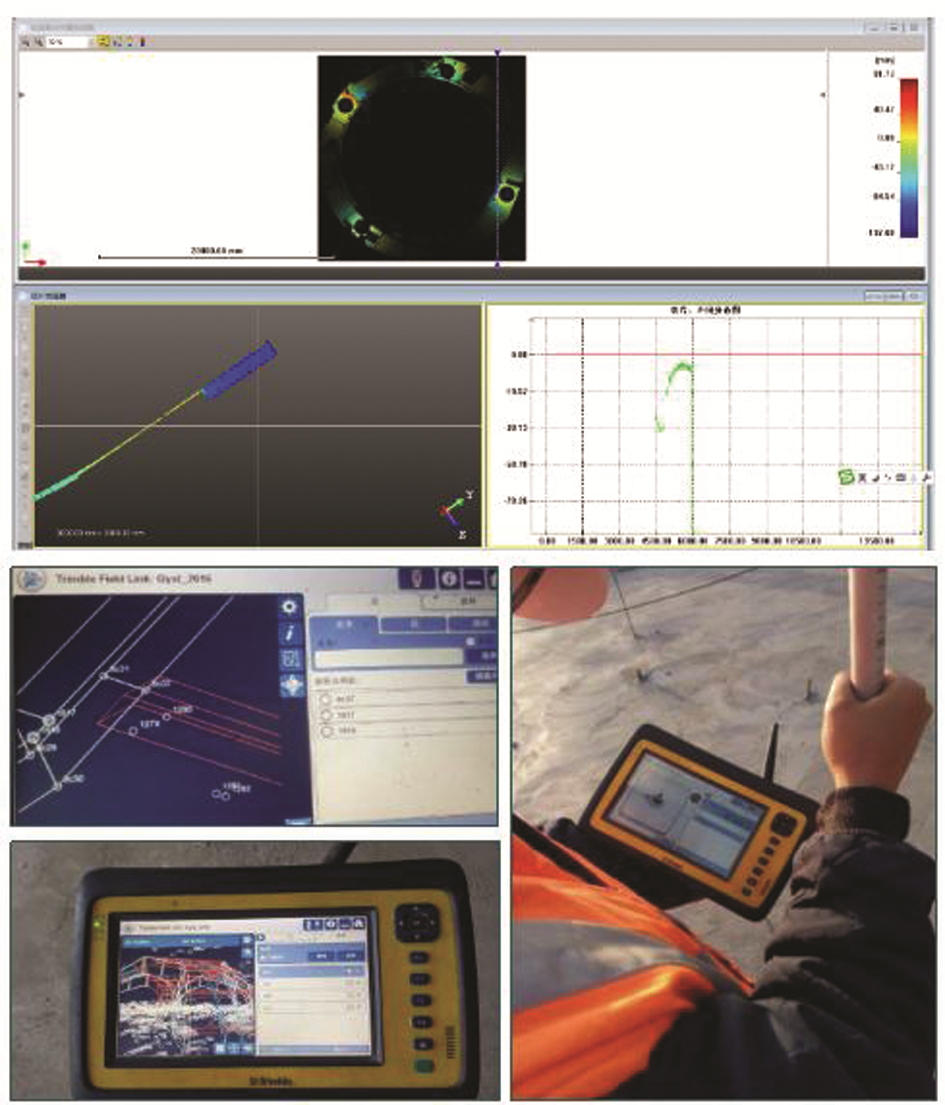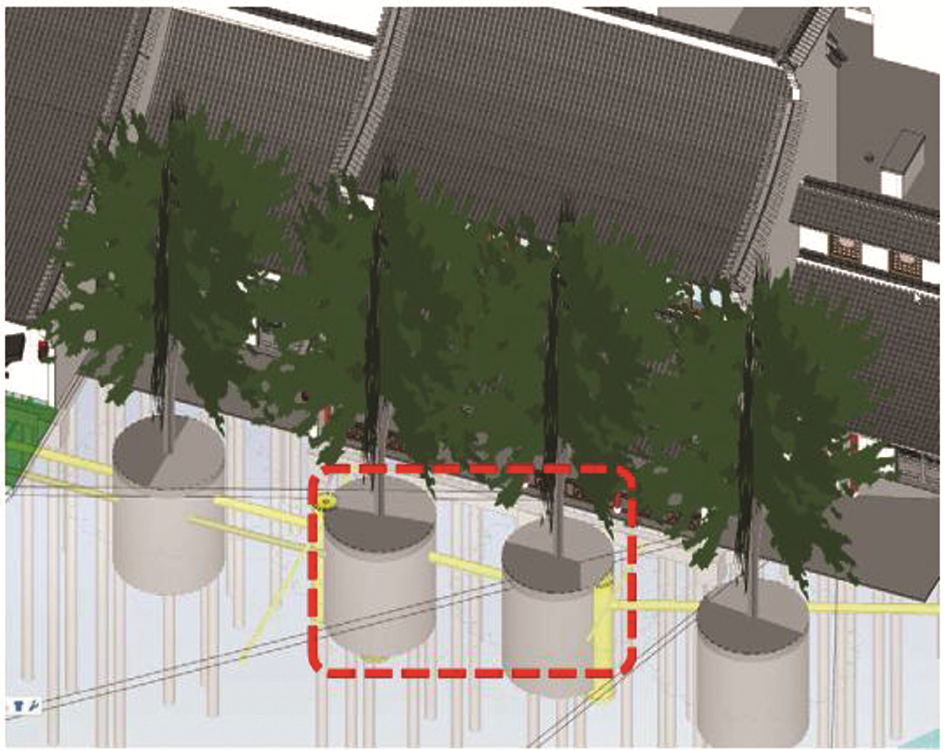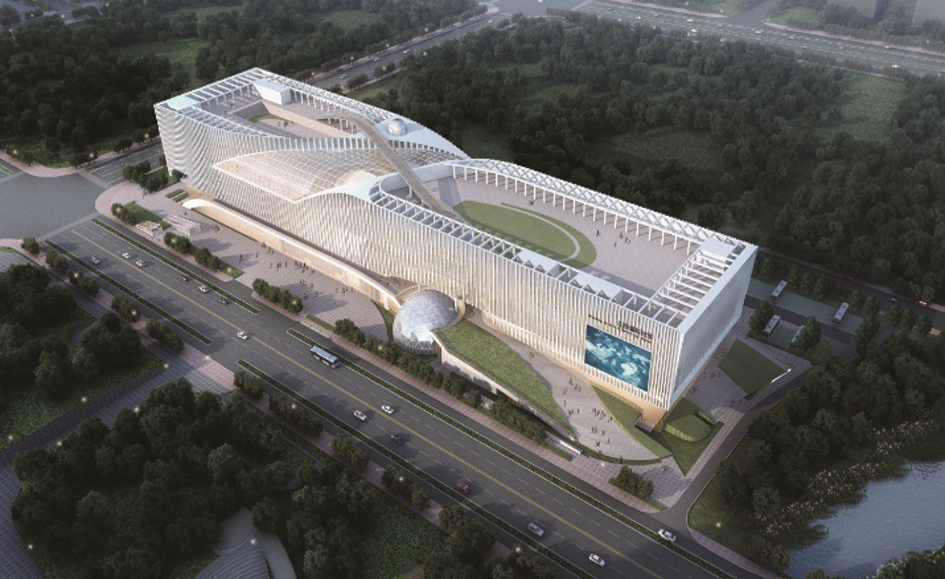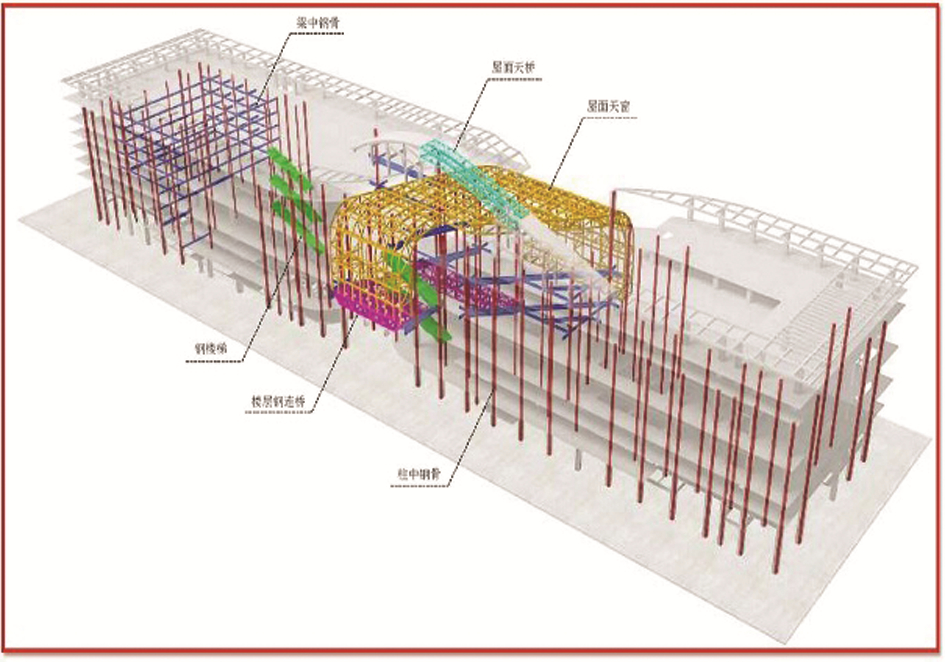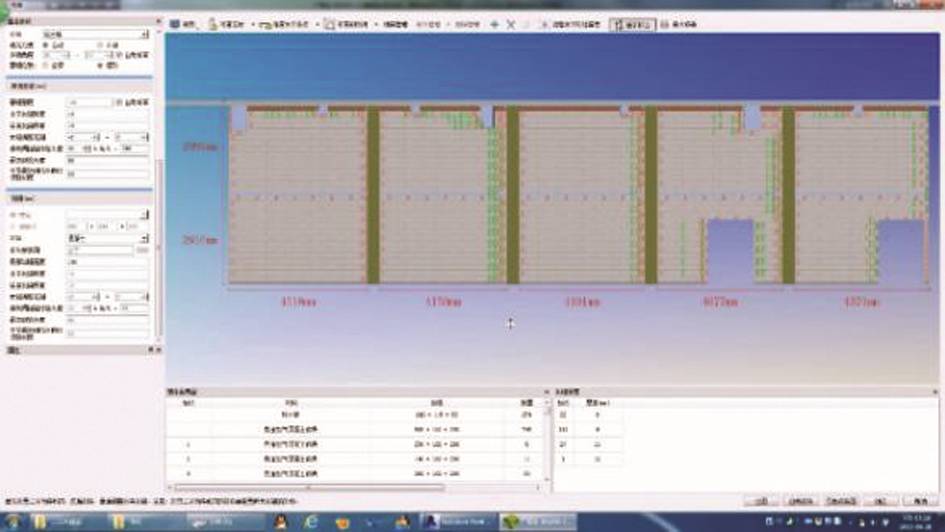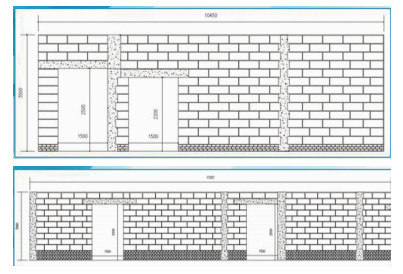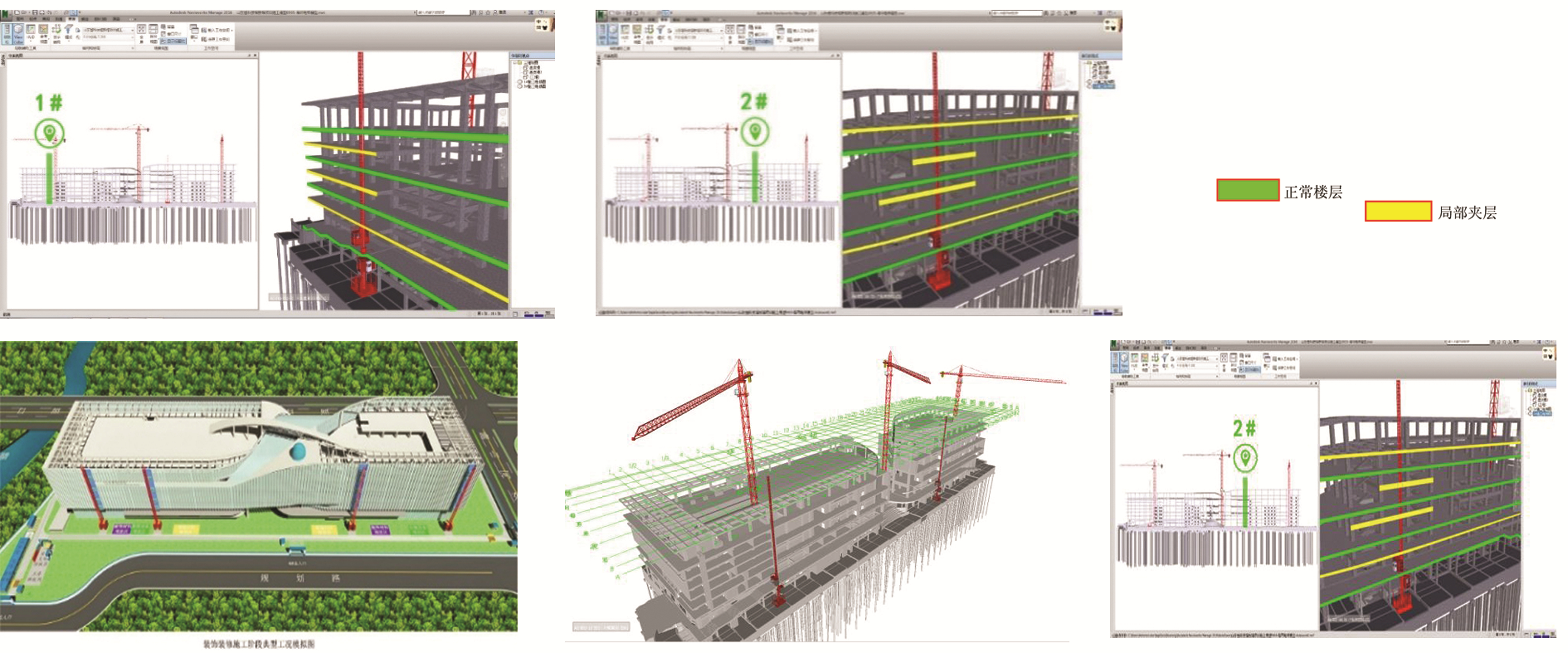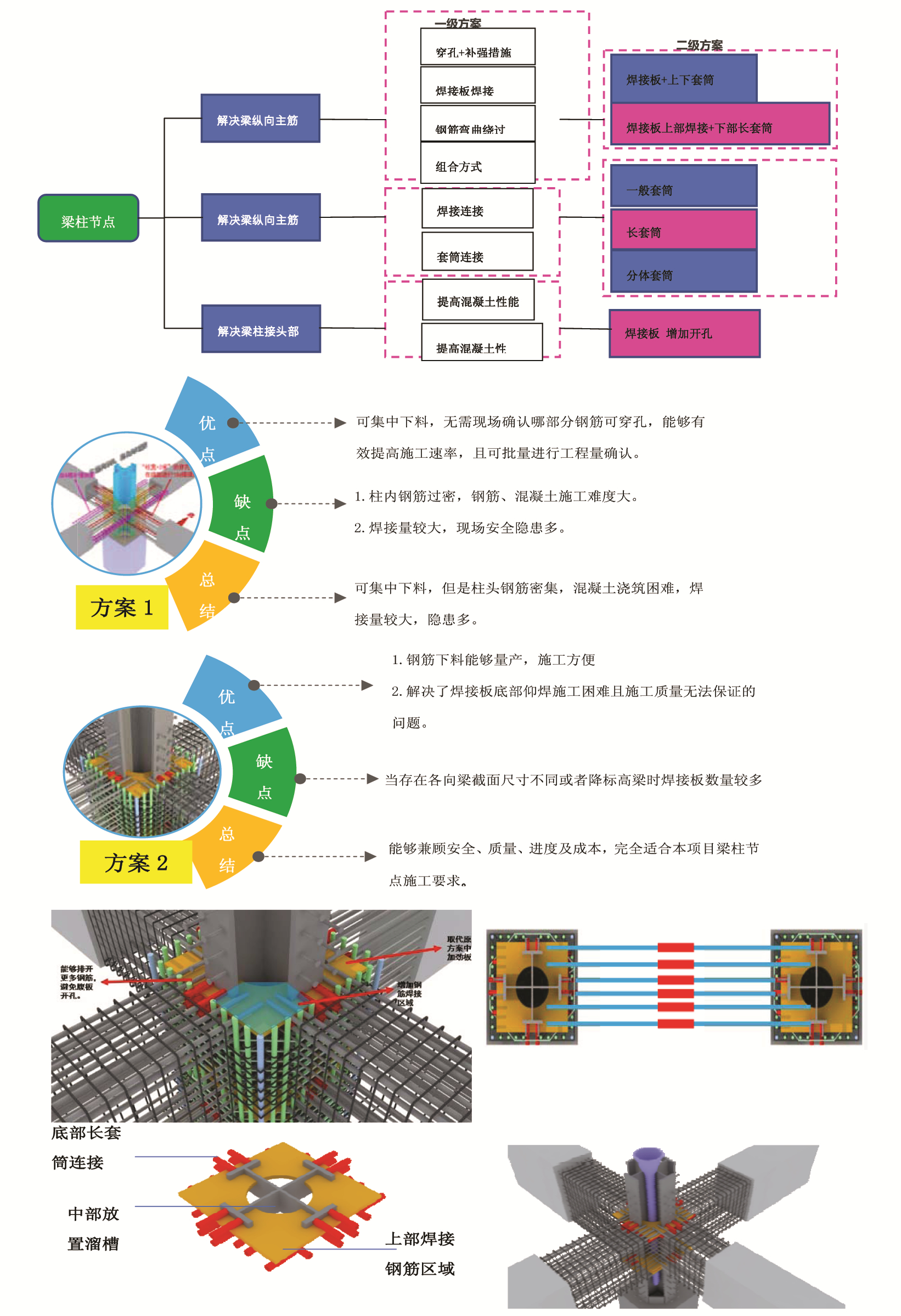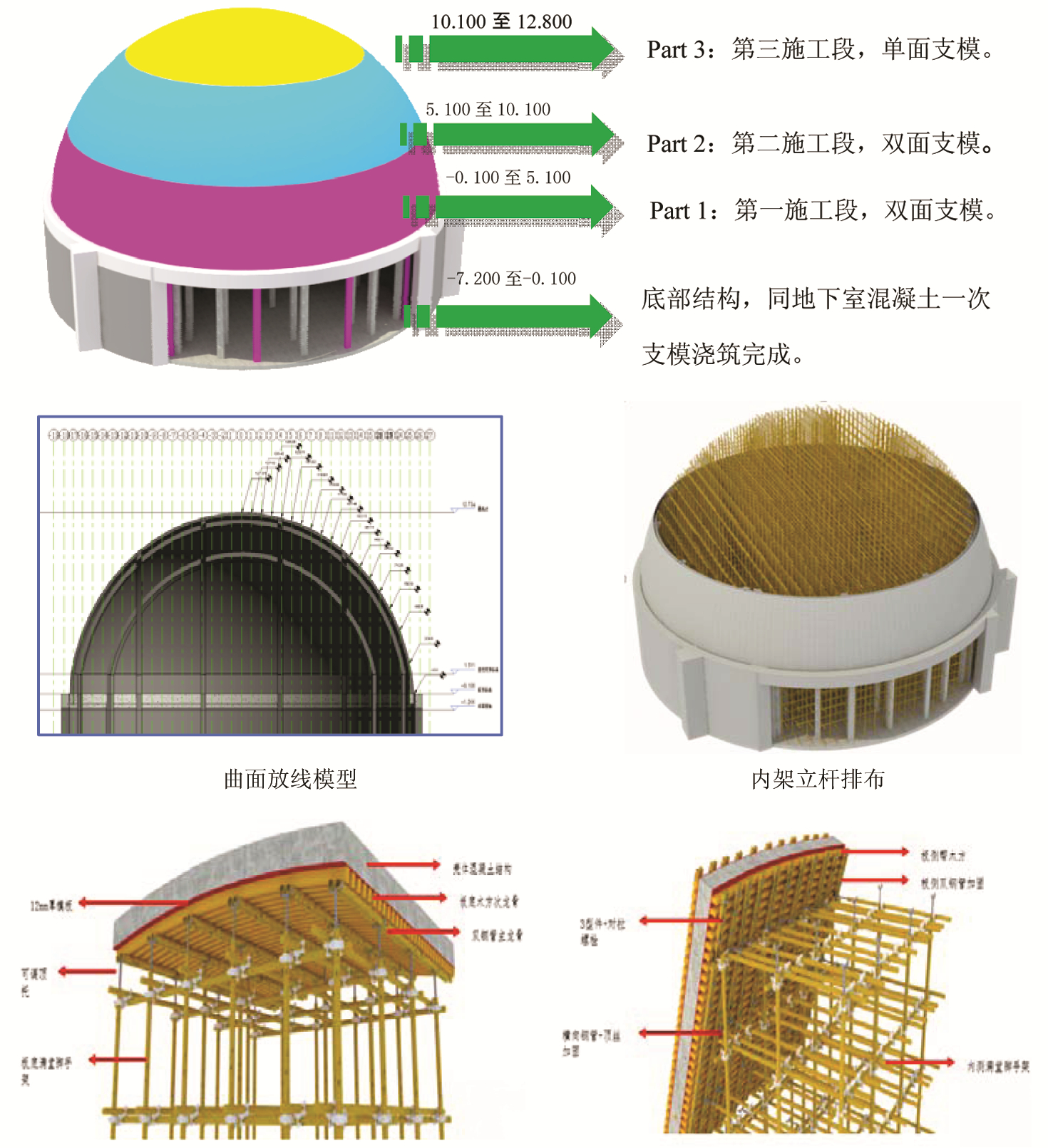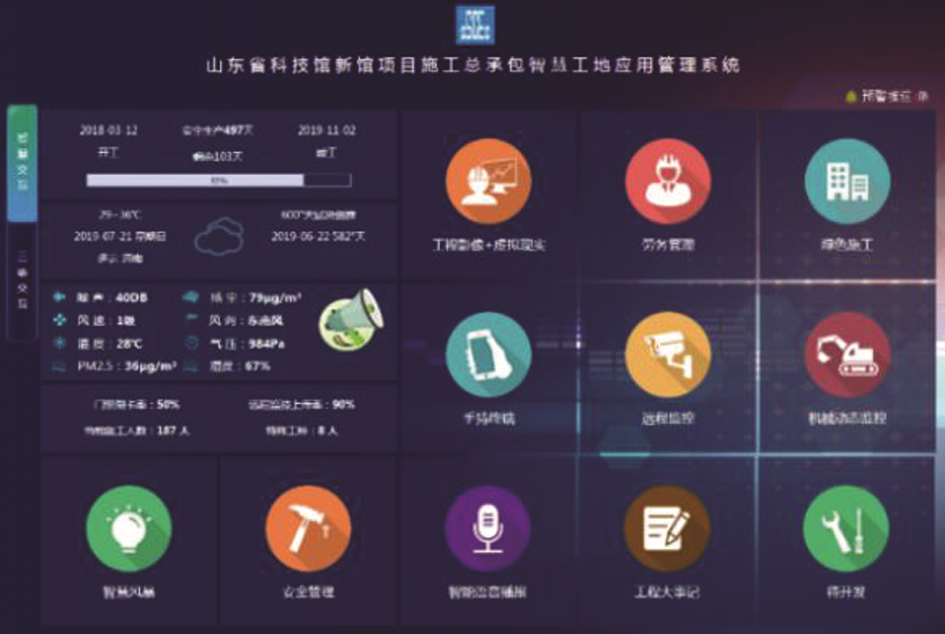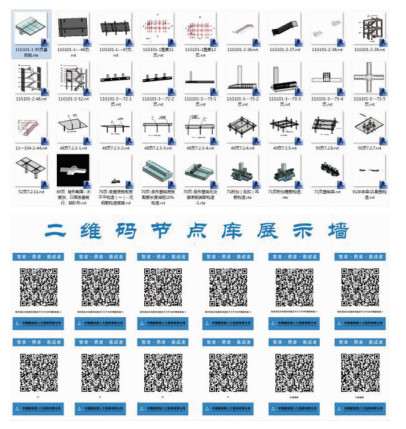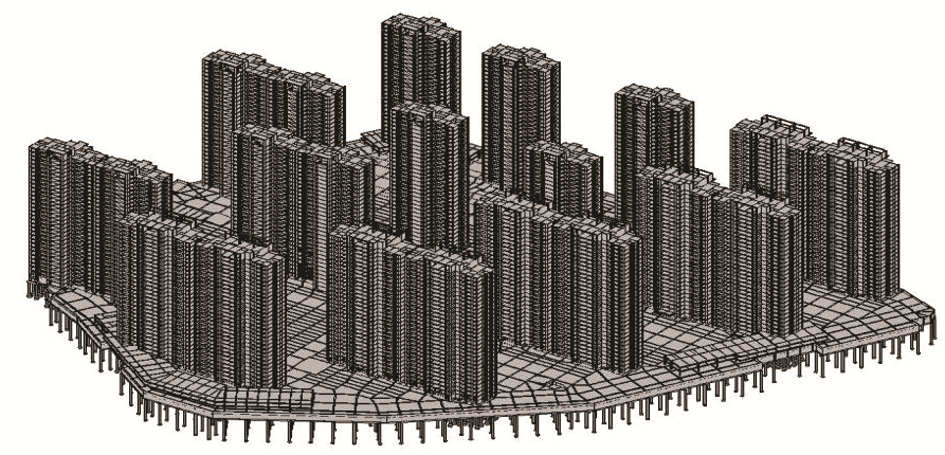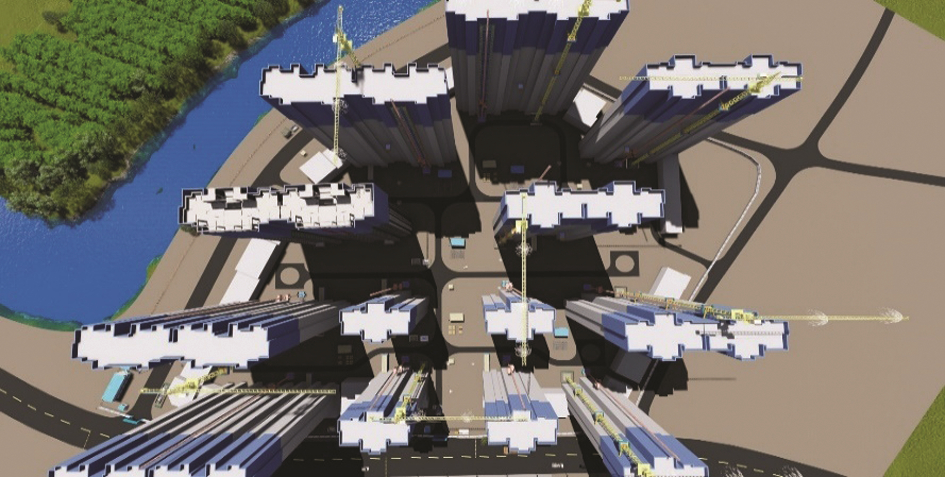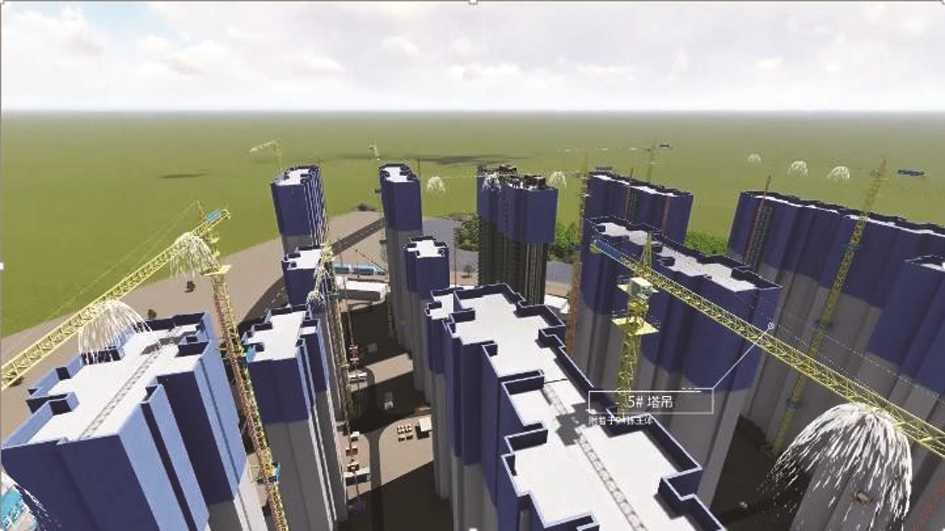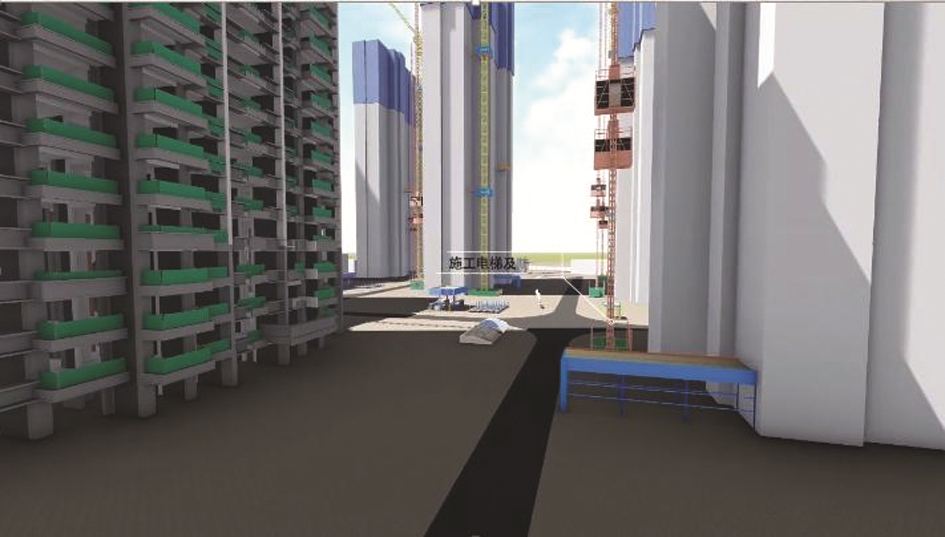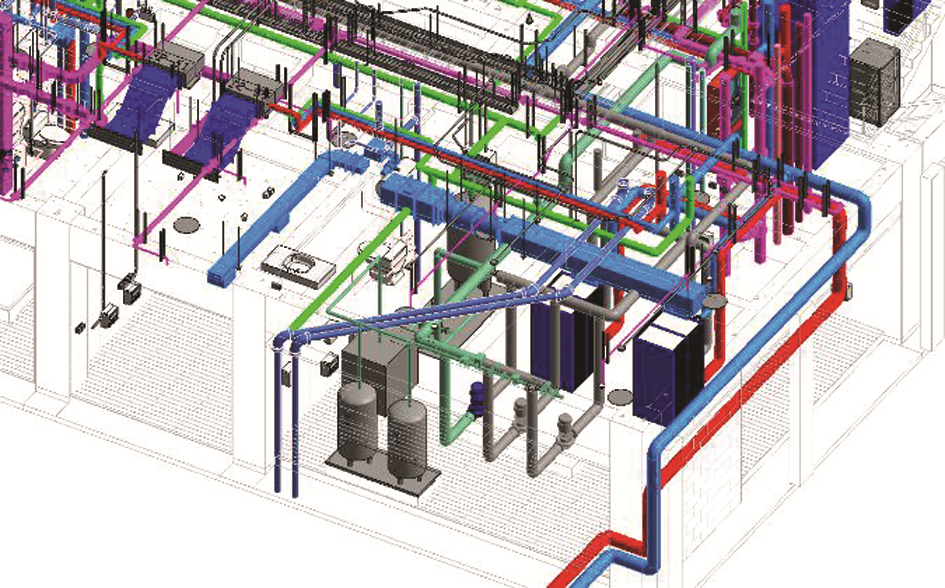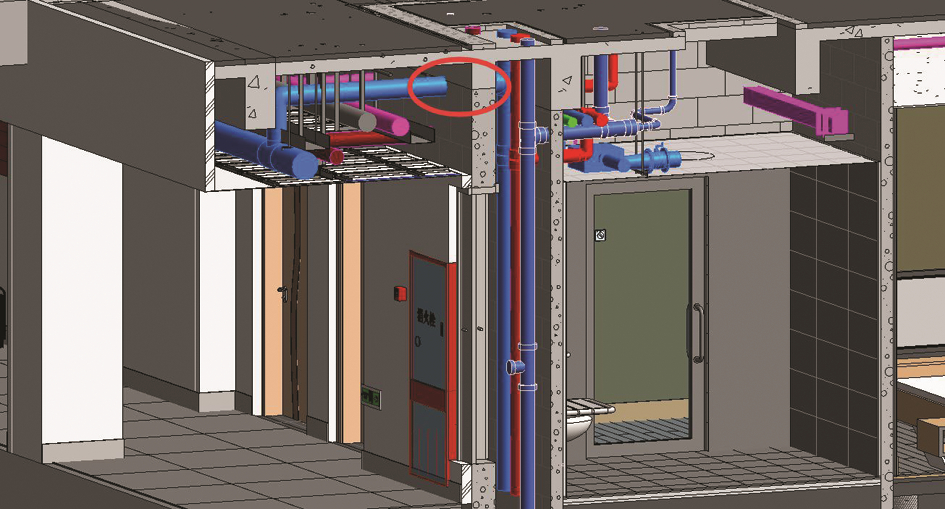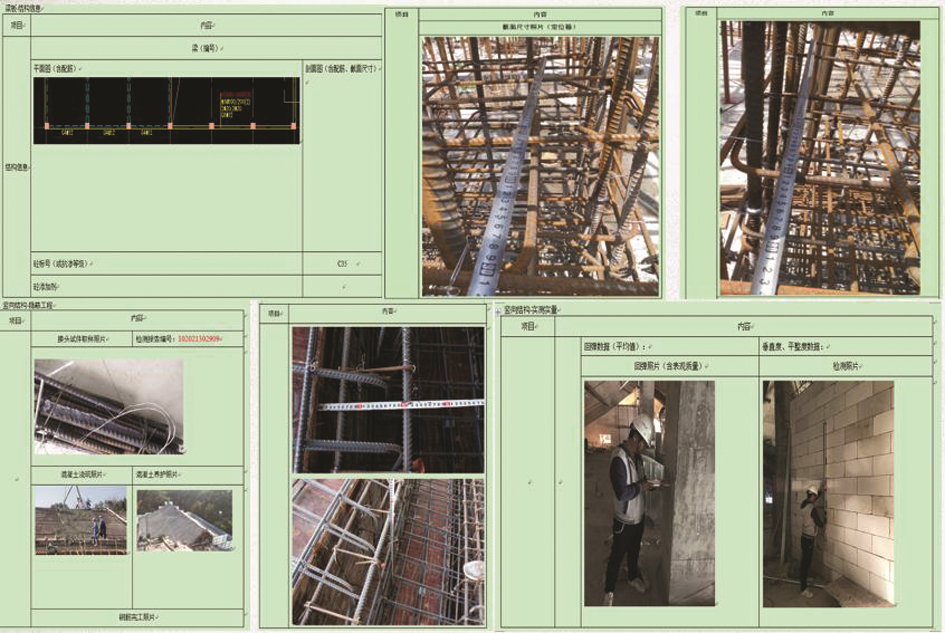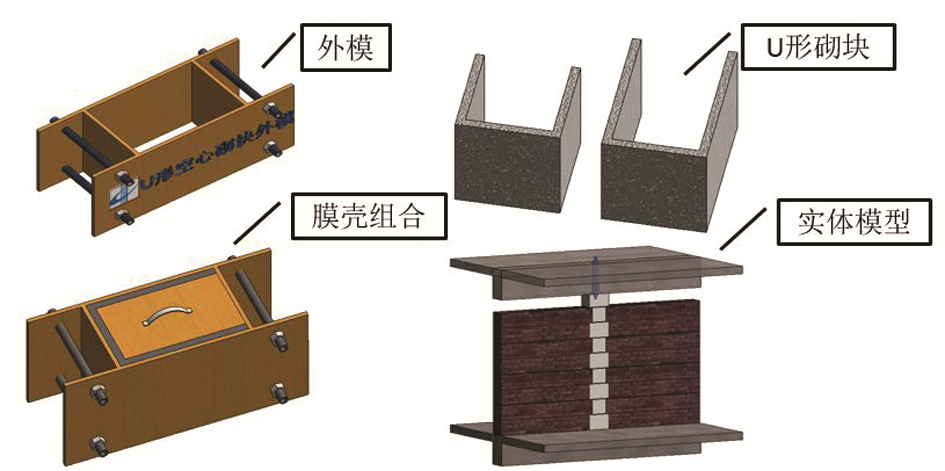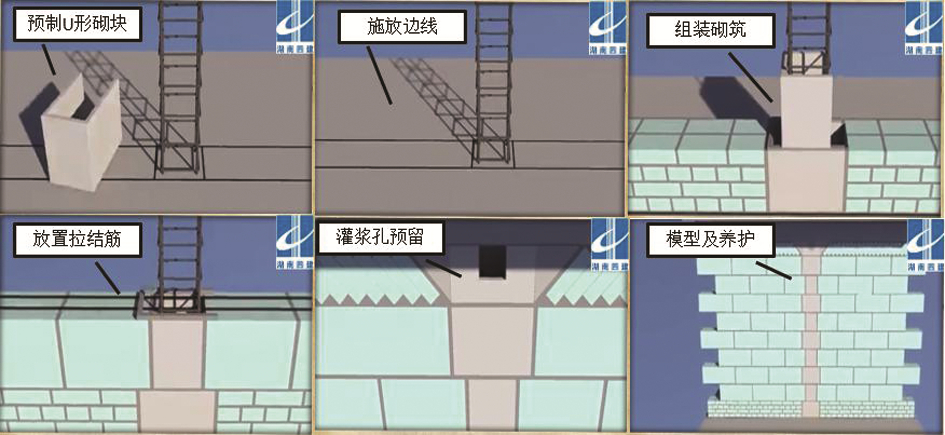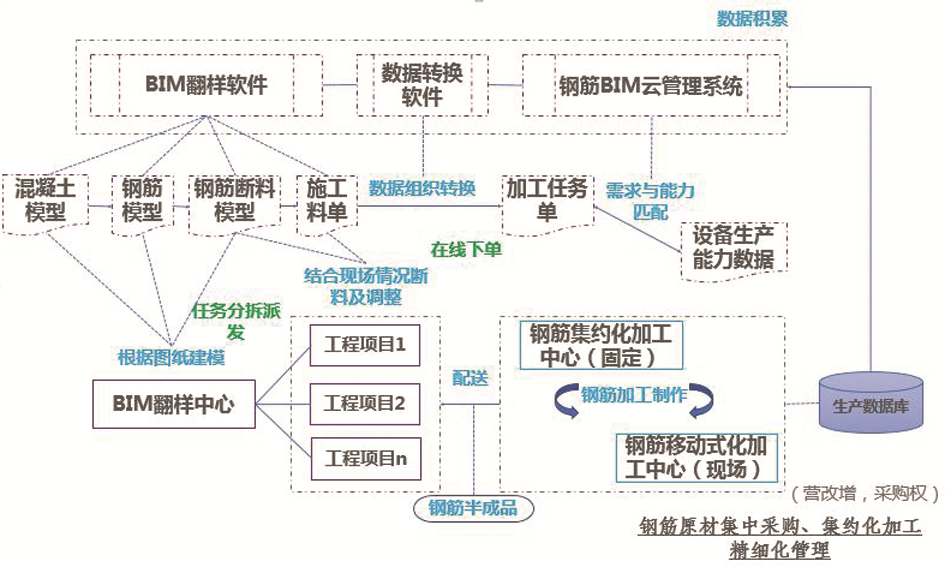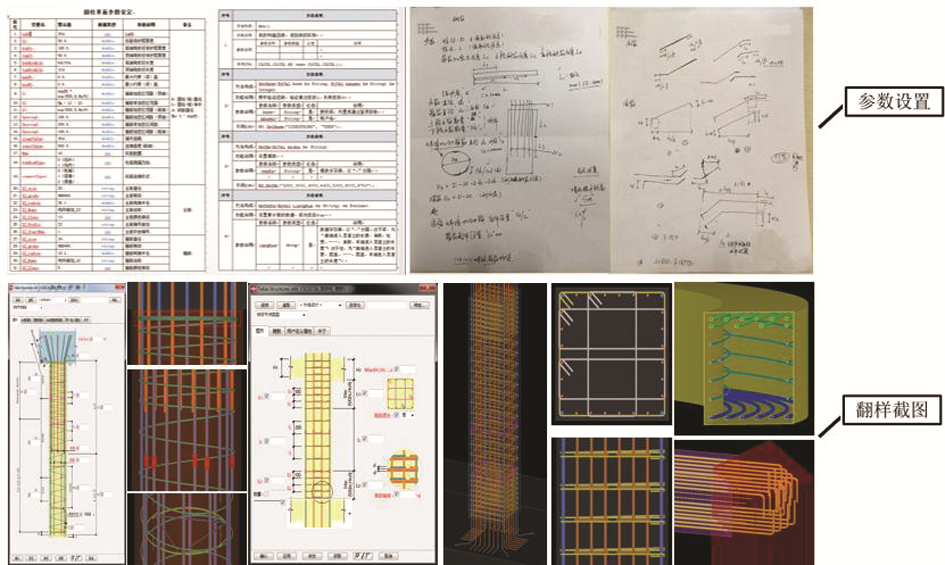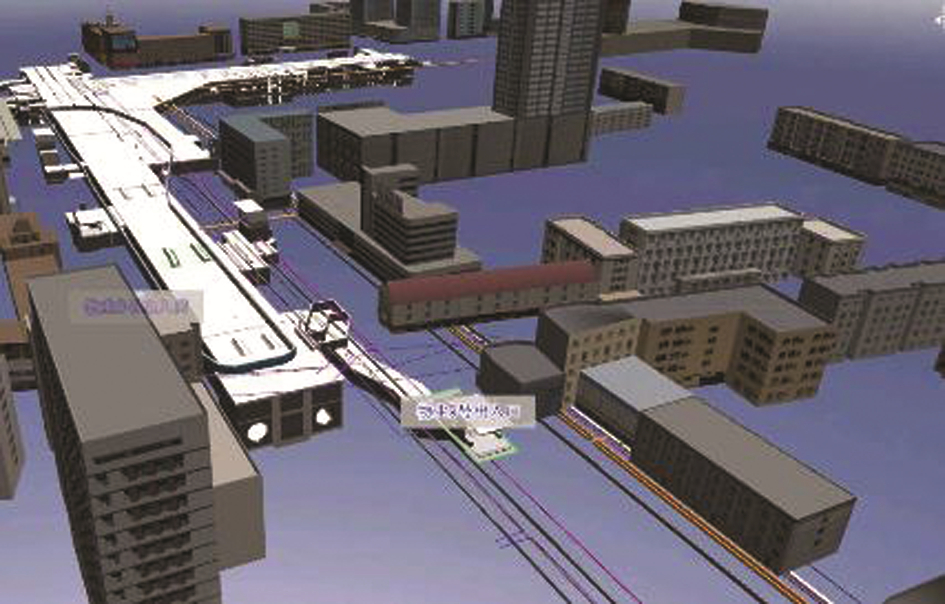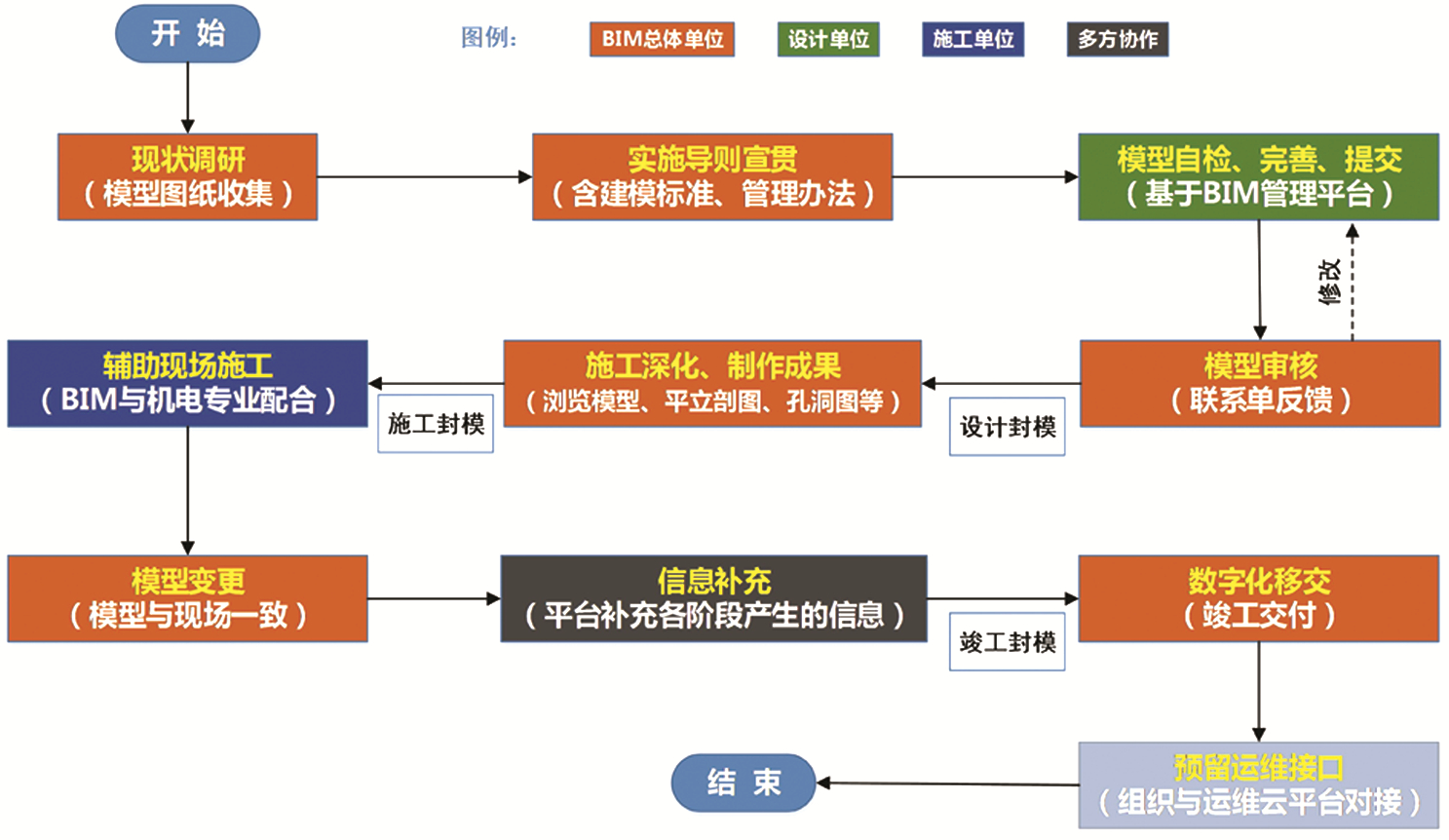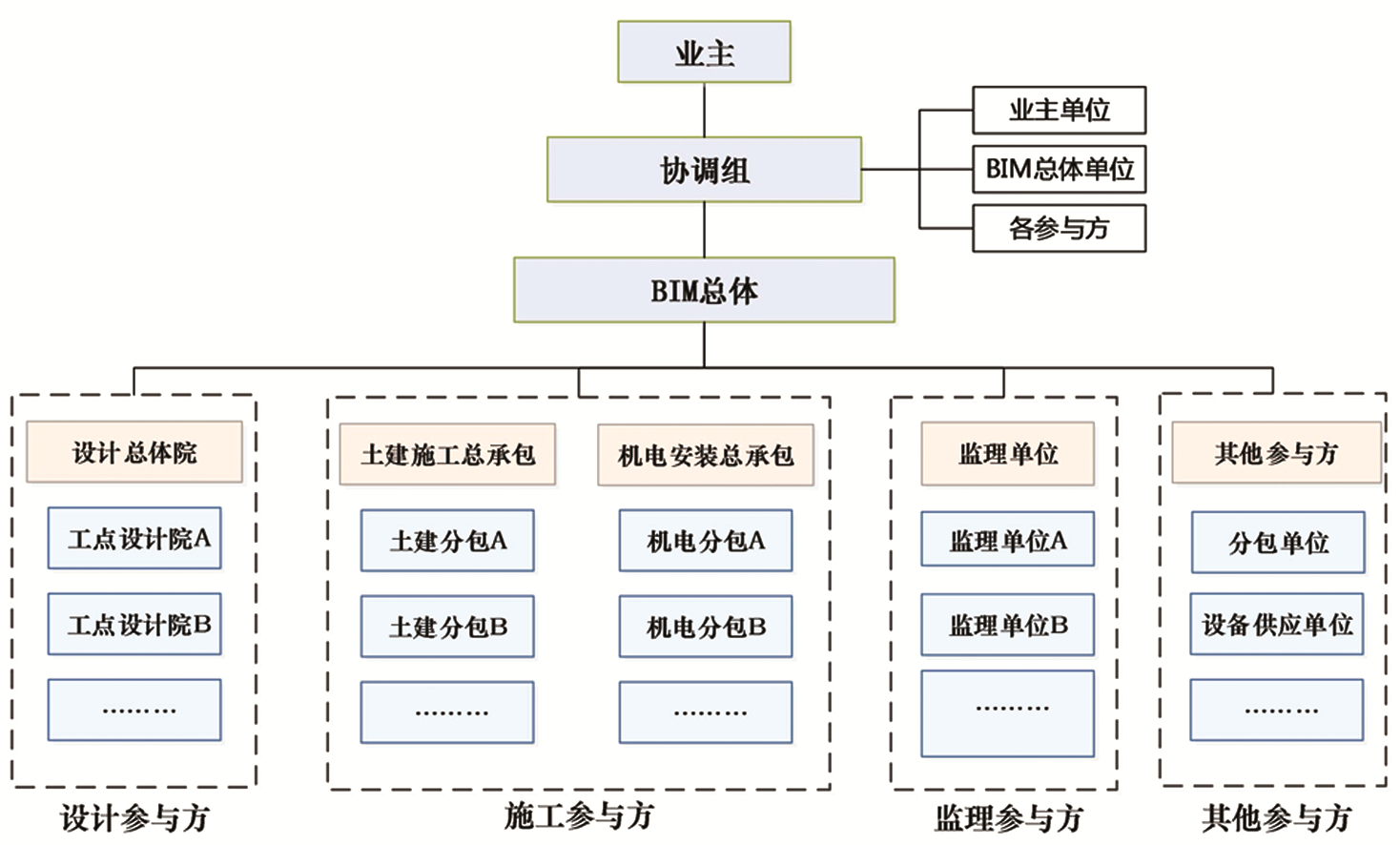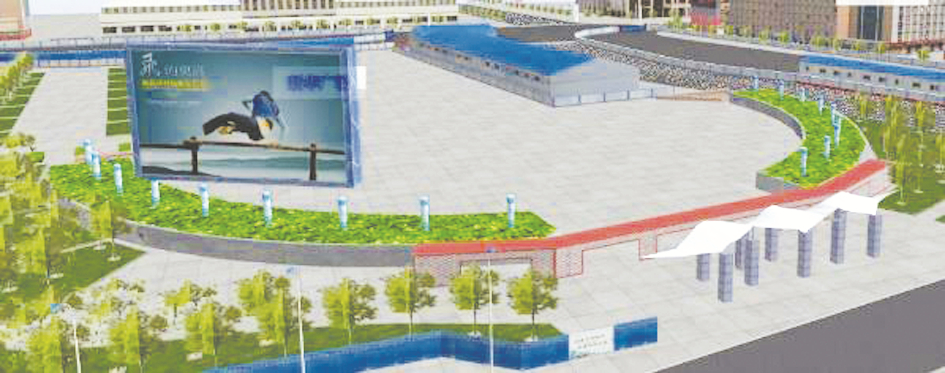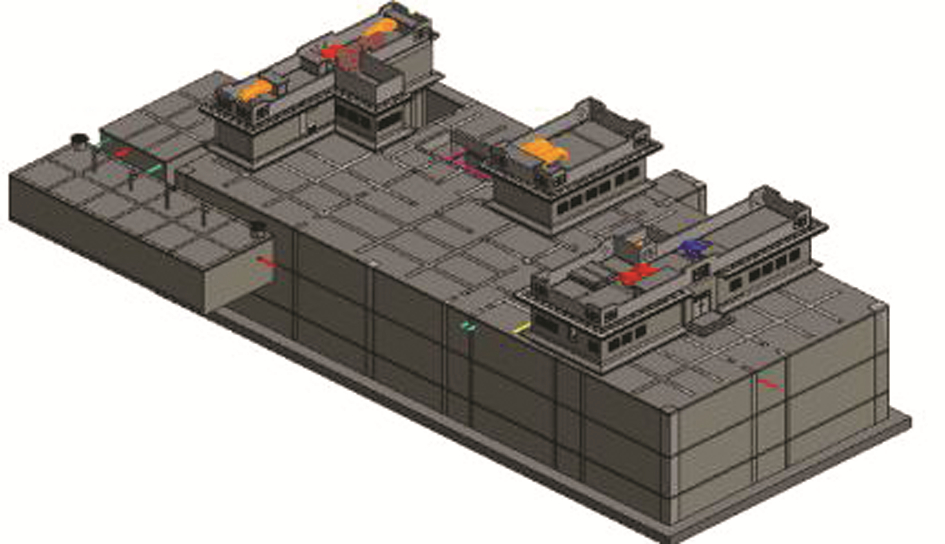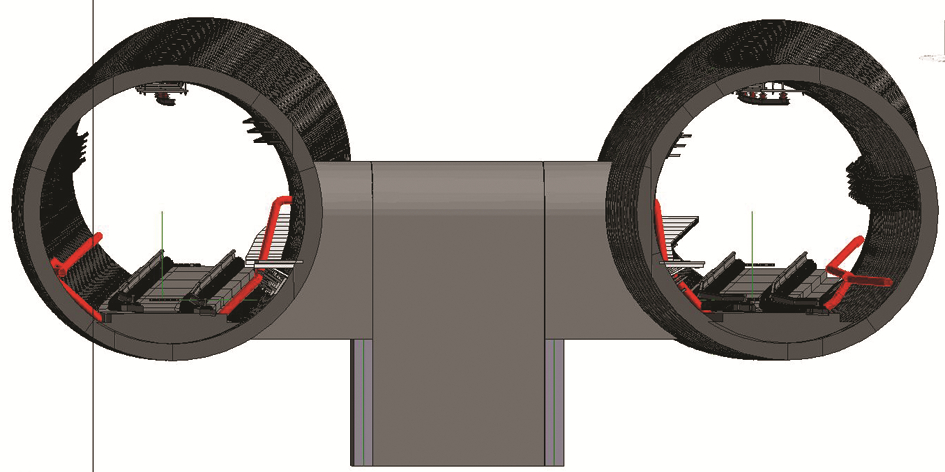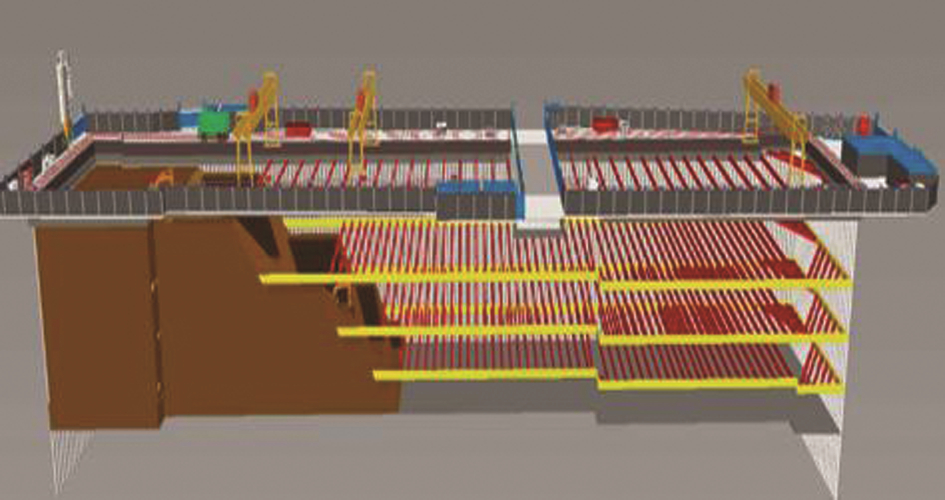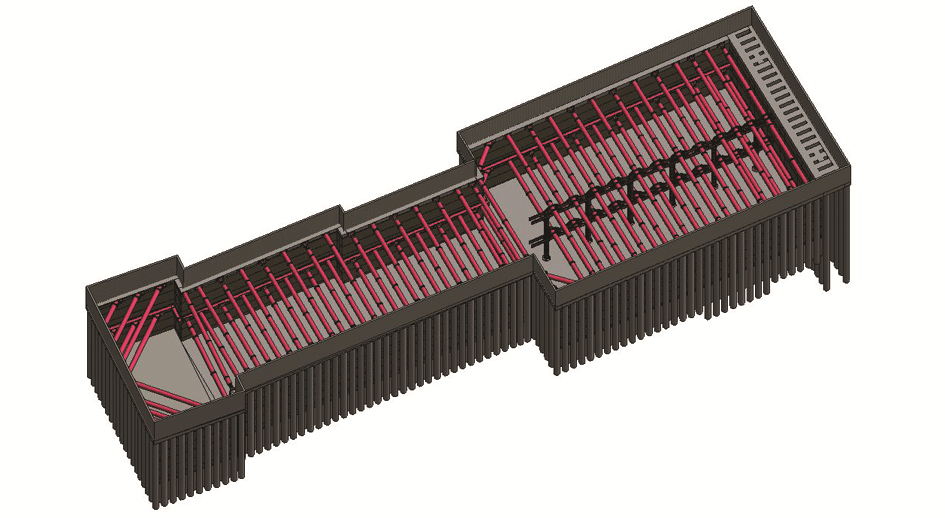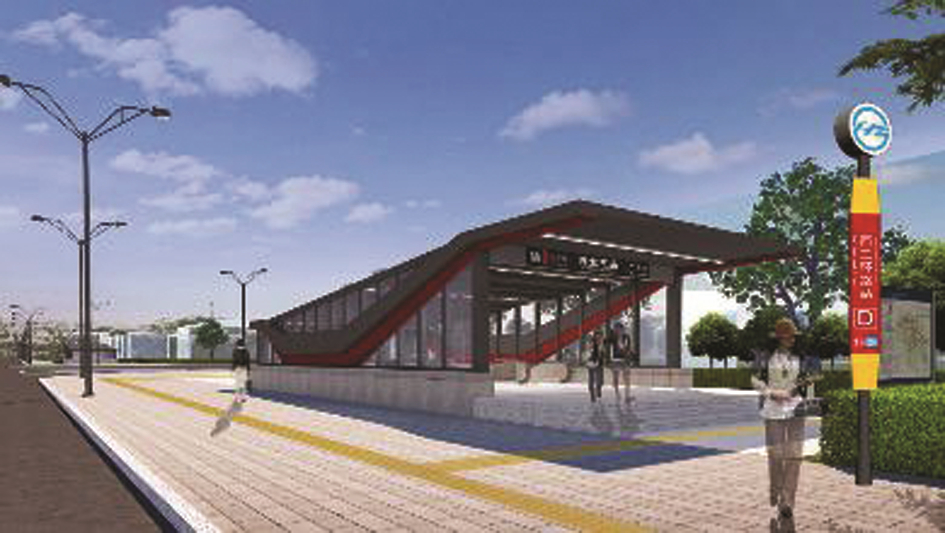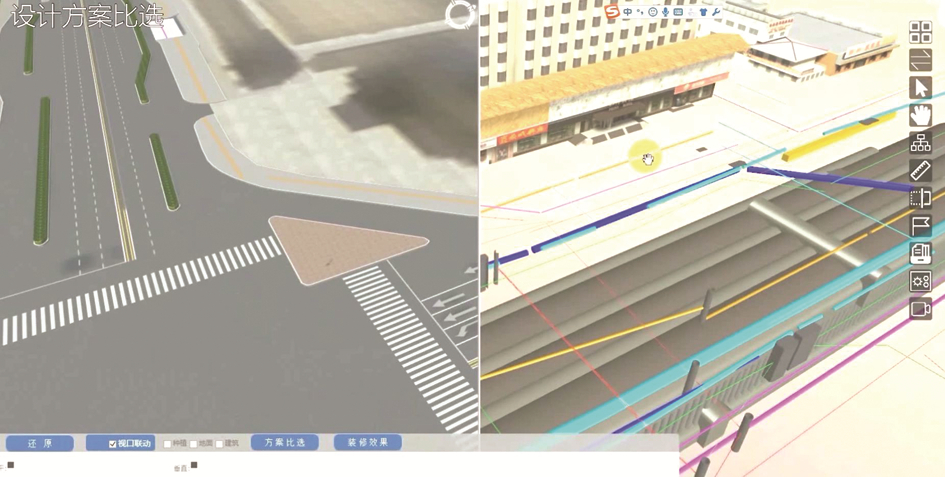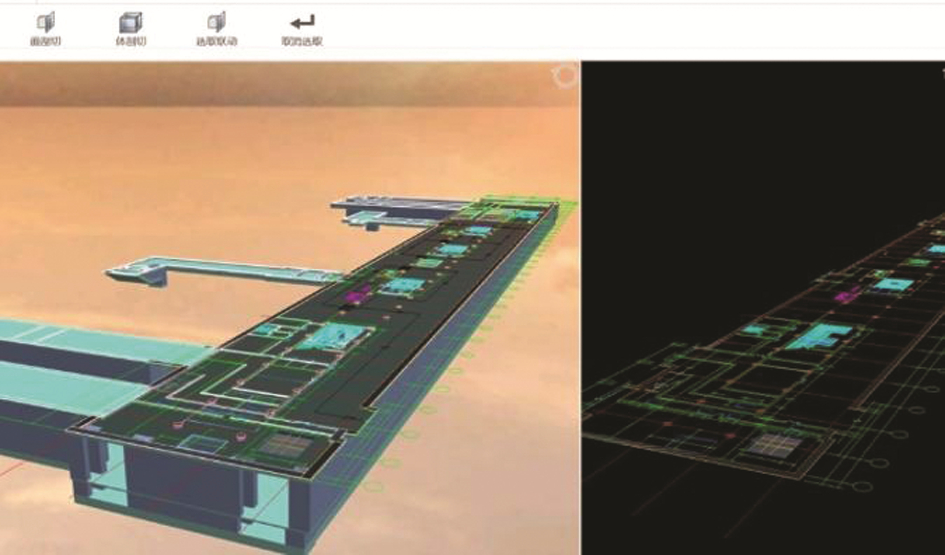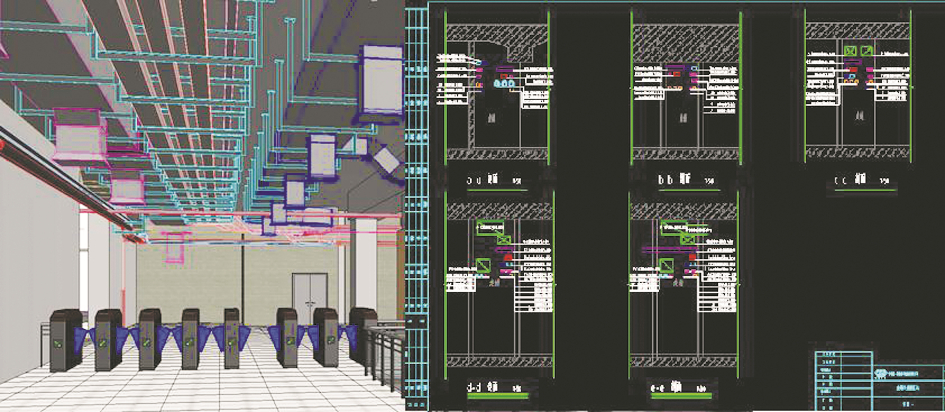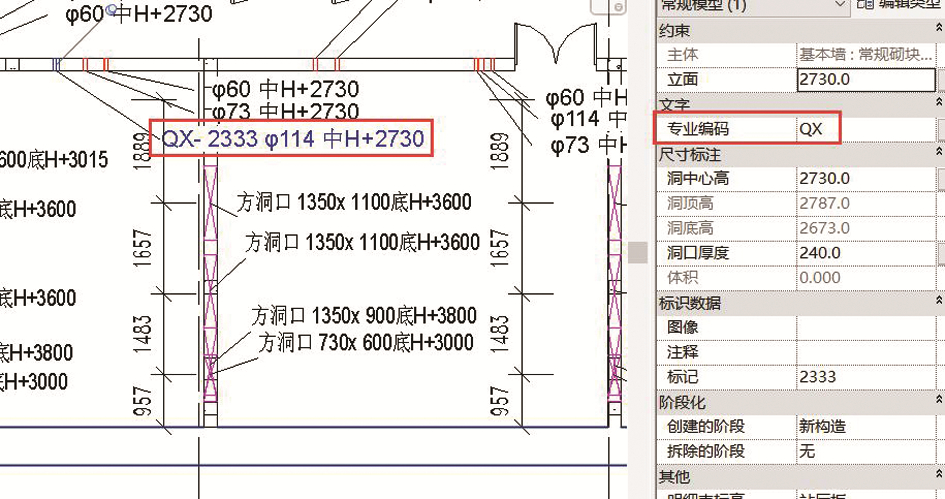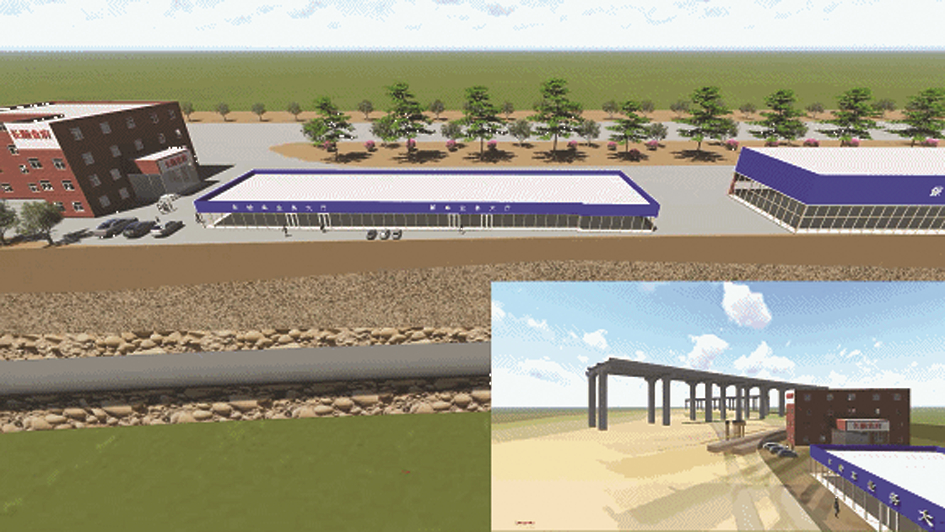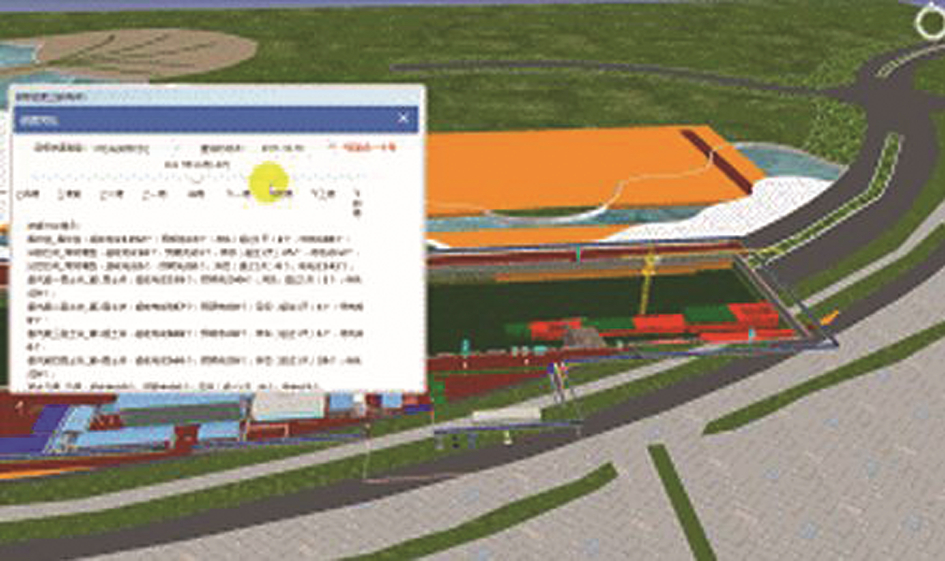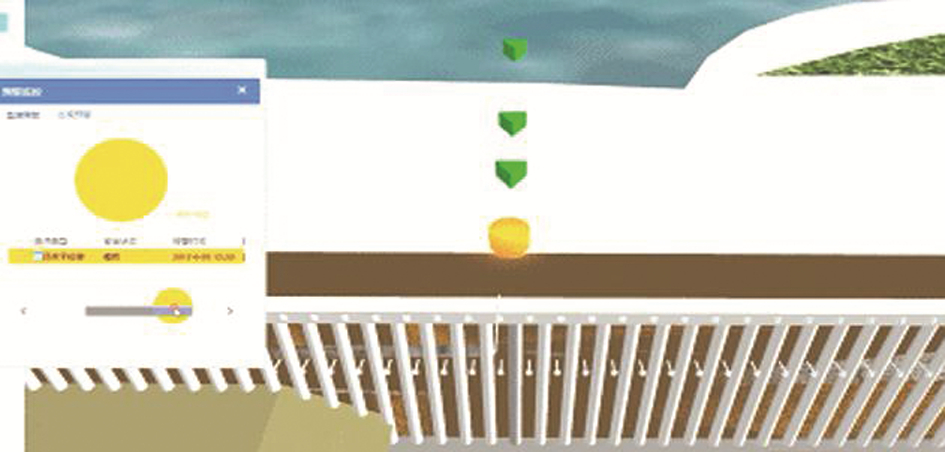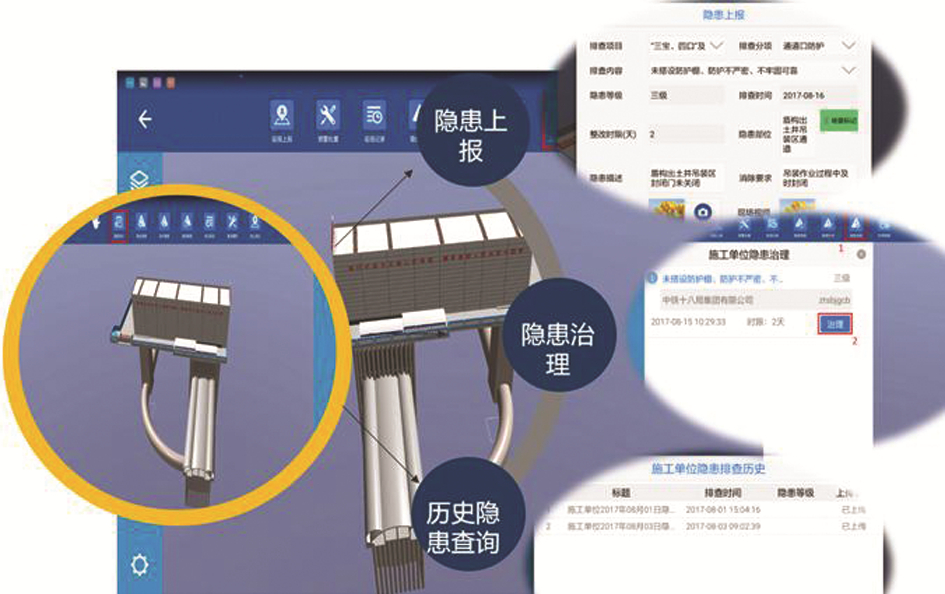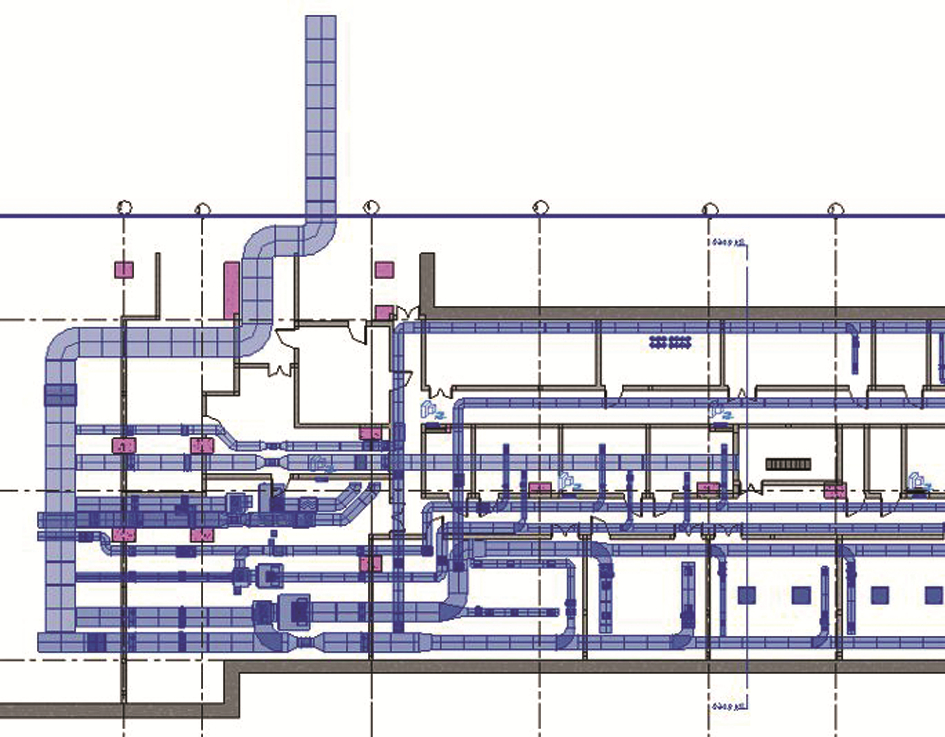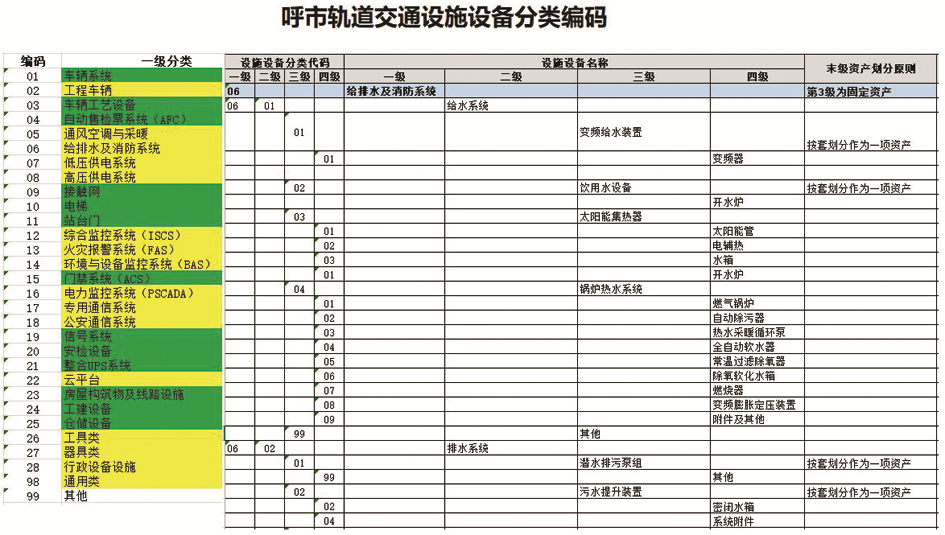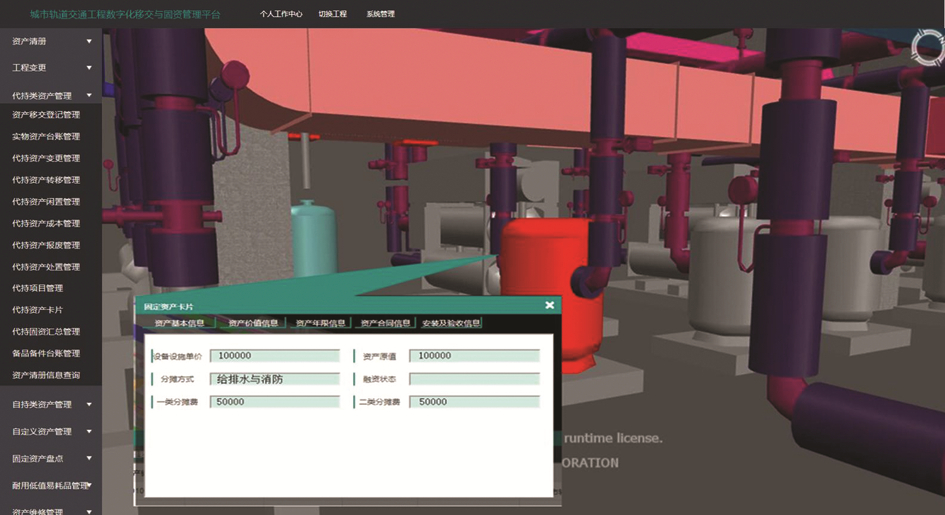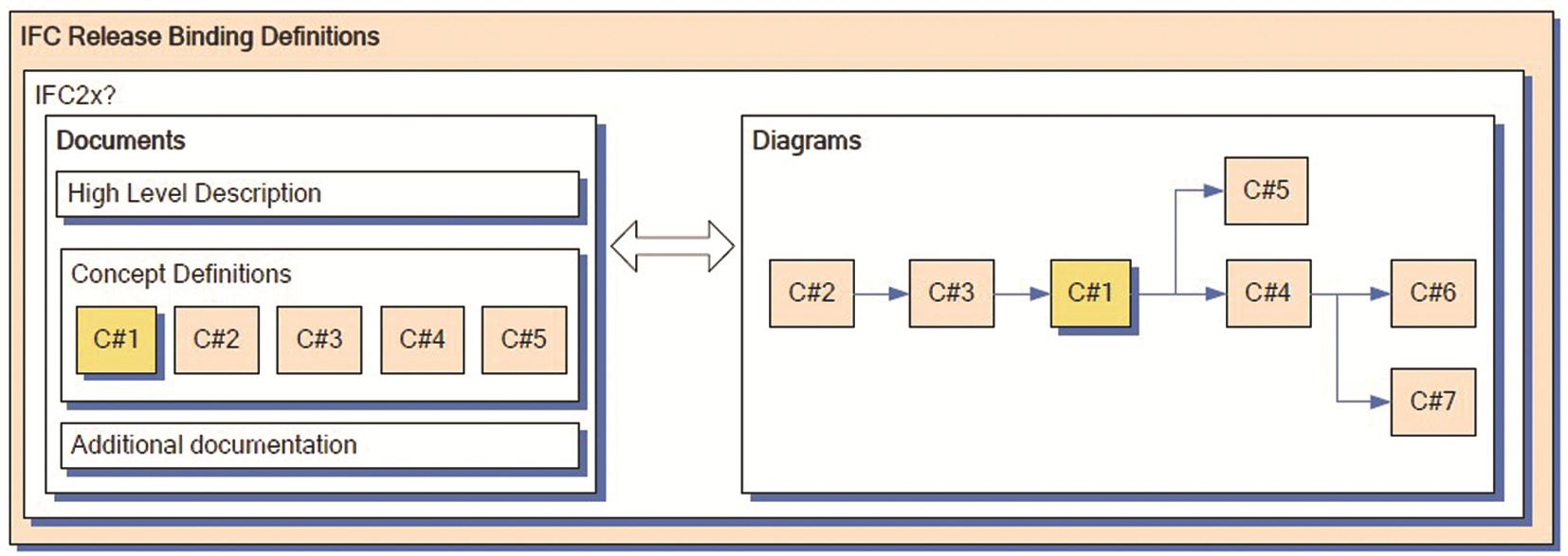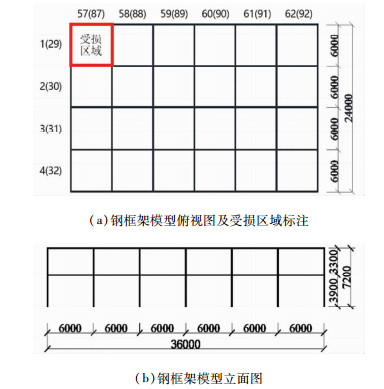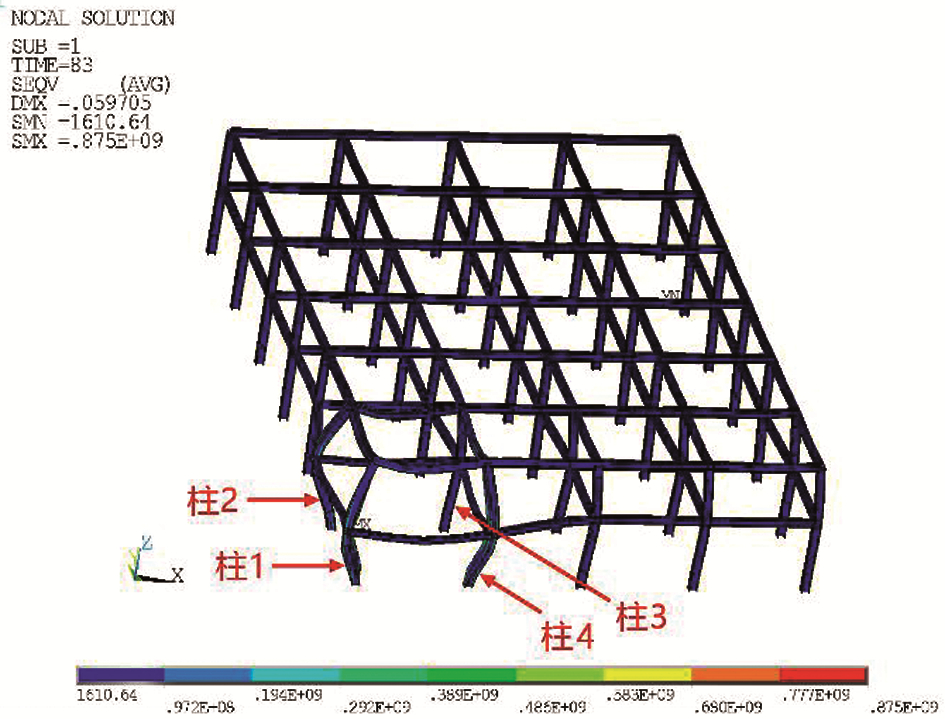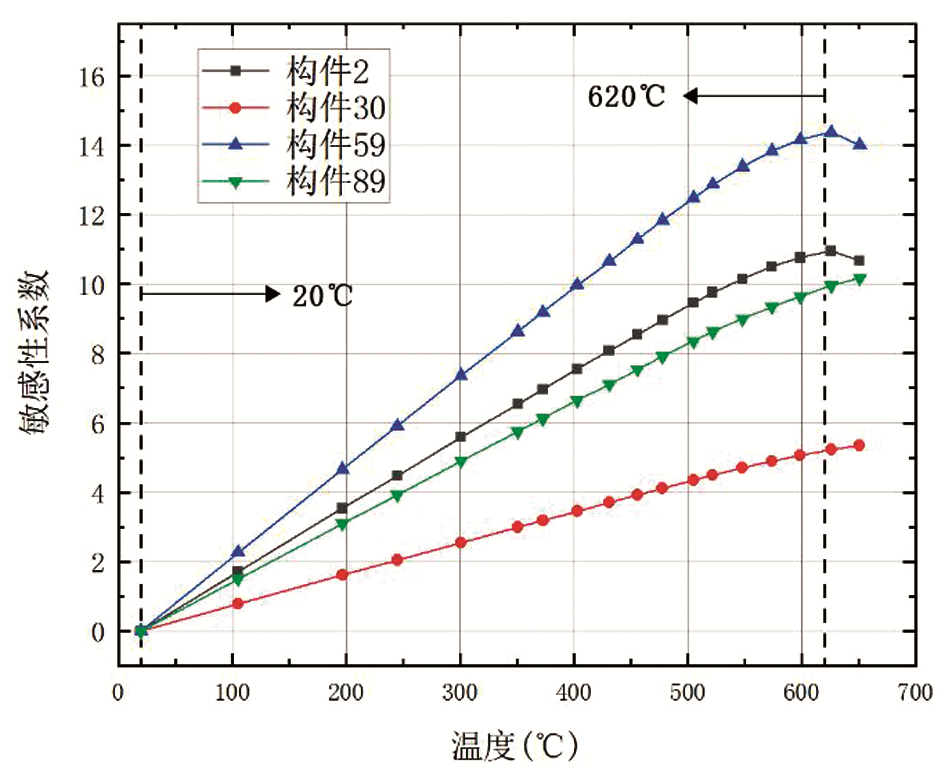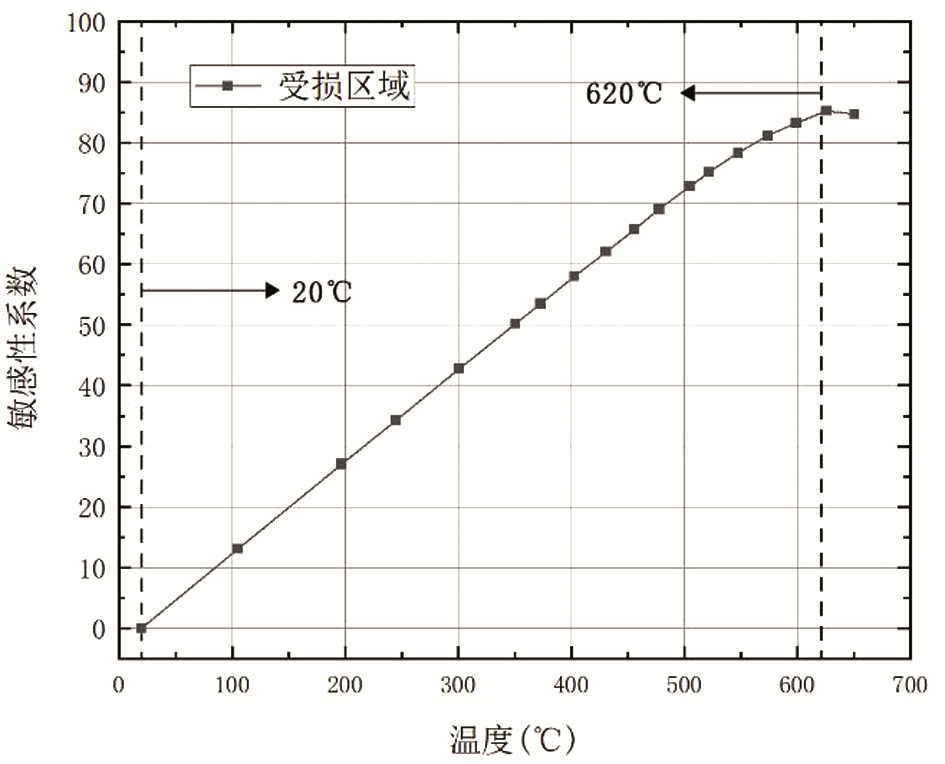Vol. 12, No 3, 2020
Display mode : |
2020, 12(3): 1-7.
doi: 10.16670/j.cnki.cn11-5823/tu.2020.03.01
Abstract:
As the important model basis of smart city and digital twin city, CIM is becoming increasingly important in the context of "New Infrastructure Construction". Based on the domestic and foreign research literature, this study summarizes the development process of CIM, elaborates the main research directions and technical implementation platforms of CIM, and introduces its typical applications, which provides an important reference for the research of CIM.
As the important model basis of smart city and digital twin city, CIM is becoming increasingly important in the context of "New Infrastructure Construction". Based on the domestic and foreign research literature, this study summarizes the development process of CIM, elaborates the main research directions and technical implementation platforms of CIM, and introduces its typical applications, which provides an important reference for the research of CIM.
2020, 12(3): 8-15.
doi: 10.16670/j.cnki.cn11-5823/tu.2020.03.02
Abstract:
In recent years, the BIM (Building Information Model) technology has already become a key area of modern architecture research. However, there is lacking of analysis on the overall research of BIM in the current research reviews. Therefore, this paper studies 1664 journal literatures on BIM by applying the social network analysis, and makes a quantitative analysis of the current research hotspot, team and trend. In terms of literature statistics, the Journal of Information Technology in Civil Engineering and Architecture is the journal with the most relevant literatures published. In terms of research content, the design and construction management is the core of existing research, and the prefabricated building is an important research object. The research of BIM has been going deep into every stage of the whole life cycle of building over time. In terms of research team, the research team of Tsinghua University is the largest research team. Based on the analysis of existing research, this paper proposes five future development directions of BIM, which are strengthening management application, promoting intelligent construction, enhancing basic research, promoting technology integration, and innovating teaching mode, respectivly.
In recent years, the BIM (Building Information Model) technology has already become a key area of modern architecture research. However, there is lacking of analysis on the overall research of BIM in the current research reviews. Therefore, this paper studies 1664 journal literatures on BIM by applying the social network analysis, and makes a quantitative analysis of the current research hotspot, team and trend. In terms of literature statistics, the Journal of Information Technology in Civil Engineering and Architecture is the journal with the most relevant literatures published. In terms of research content, the design and construction management is the core of existing research, and the prefabricated building is an important research object. The research of BIM has been going deep into every stage of the whole life cycle of building over time. In terms of research team, the research team of Tsinghua University is the largest research team. Based on the analysis of existing research, this paper proposes five future development directions of BIM, which are strengthening management application, promoting intelligent construction, enhancing basic research, promoting technology integration, and innovating teaching mode, respectivly.
2020, 12(3): 16-21.
doi: 10.16670/j.cnki.cn11-5823/tu.2020.03.03
Abstract:
In order to analyze the research hotspot and development trend of the BIM technology in the field of steel structure, this paper studies the research literature of CNKI database from 2014 to 2018, and analyzes the research hotspot and the development of BIM in the field of steel structure from the perspective of literature measurement by applying the method of social network analysis and multi-dimensional scale analysis with the aid of knowledge mapping tools. The results show that the key words in the research literature constitute the knowledge map network centered on "BIM" and "Steel Structure", and that the key word density reflects that the "Detailed Design" and "Construction" are two hot spots in the research with other related research hotspots including "High-Rise and Super-High-Rise Buildings", "Green Construction" and "Green Buildings". The multidimensional scale analysis concludes that the research topics are "Detailed Design" and "Construction". At last, the time map of CiteSpace shows that the research trend is in progress towards the prefabricated buildings and virtual construction.
In order to analyze the research hotspot and development trend of the BIM technology in the field of steel structure, this paper studies the research literature of CNKI database from 2014 to 2018, and analyzes the research hotspot and the development of BIM in the field of steel structure from the perspective of literature measurement by applying the method of social network analysis and multi-dimensional scale analysis with the aid of knowledge mapping tools. The results show that the key words in the research literature constitute the knowledge map network centered on "BIM" and "Steel Structure", and that the key word density reflects that the "Detailed Design" and "Construction" are two hot spots in the research with other related research hotspots including "High-Rise and Super-High-Rise Buildings", "Green Construction" and "Green Buildings". The multidimensional scale analysis concludes that the research topics are "Detailed Design" and "Construction". At last, the time map of CiteSpace shows that the research trend is in progress towards the prefabricated buildings and virtual construction.
2020, 12(3): 22-30.
doi: 10.16670/j.cnki.cn11-5823/tu.2020.03.04
Abstract:
BIM agrees with prefabricated building naturally. Thus this paper puts forward a view point that the value of BIM embodies in the fact that its 3D entity model provides the basic digital object for management collaboration. Around this viewpoint, this paper discusses the technical characteristics and application direction of BIM, including the version iteration, component recognition, model manipulation, and etc. Then, based on the discussion above, the key technical problems and solutions are explored, including the lightweight strategy based on data form, hybrid application of database, model display and control and associated management information on Web, QR code and RFID, and etc. At last, the prototype system is developed, and its effectiveness is verified through the actual engineering case.
BIM agrees with prefabricated building naturally. Thus this paper puts forward a view point that the value of BIM embodies in the fact that its 3D entity model provides the basic digital object for management collaboration. Around this viewpoint, this paper discusses the technical characteristics and application direction of BIM, including the version iteration, component recognition, model manipulation, and etc. Then, based on the discussion above, the key technical problems and solutions are explored, including the lightweight strategy based on data form, hybrid application of database, model display and control and associated management information on Web, QR code and RFID, and etc. At last, the prototype system is developed, and its effectiveness is verified through the actual engineering case.
2020, 12(3): 31-37.
doi: 10.16670/j.cnki.cn11-5823/tu.2020.03.05
Abstract:
Taking the application of BIM technology in the construction project of underground parking garage and supporting commercial buildings in Lvxin Park as an example, this paper analyzes the application of BIM technology in and its effect on the project design modeling, construction project management and construction organization design. Considering the building characteristics of Lvxin Park, the application of BIM Technology is conducted in areas of informatized parametric design, collision inspection, pipeline integration adjustment, layout management and cost management, to makes the project process visible. Then the problems of drawing design and general layout can be found and solved in advance to improve the construction scheme. Lastly, with BIM platform as the core, the useful information in the construction process is loaded into various professional models, and the 3D visual and computable analysis characteristics of BIM model are used to provide data support for project management, so that managers can make more effective decision-making and more refined management.
Taking the application of BIM technology in the construction project of underground parking garage and supporting commercial buildings in Lvxin Park as an example, this paper analyzes the application of BIM technology in and its effect on the project design modeling, construction project management and construction organization design. Considering the building characteristics of Lvxin Park, the application of BIM Technology is conducted in areas of informatized parametric design, collision inspection, pipeline integration adjustment, layout management and cost management, to makes the project process visible. Then the problems of drawing design and general layout can be found and solved in advance to improve the construction scheme. Lastly, with BIM platform as the core, the useful information in the construction process is loaded into various professional models, and the 3D visual and computable analysis characteristics of BIM model are used to provide data support for project management, so that managers can make more effective decision-making and more refined management.
2020, 12(3): 38-43.
doi: 10.16670/j.cnki.cn11-5823/tu.2020.03.06
Abstract:
The above ground part of the International Pavilion project of Beijing 2019 World Expo is composed of 94 "umbrellas" in steel structures, which is large in volume, and proposes high construction civilization requirements in really tight construction period. The application of BIM technology in the whole life cycle of the project has achieved great achievements in many aspects, including deepening design, construction planning, organization design, target management, effect design, and etc., which has significantly improved management efficiency, saved construction period, and reduced project operation cost. The BIM application has provided strong technical guarantee for the smooth implementation, cost reduction and efficiency increase of the International Pavilion project, which also provides a successful engineering for the realization and development of BIM Technology.
The above ground part of the International Pavilion project of Beijing 2019 World Expo is composed of 94 "umbrellas" in steel structures, which is large in volume, and proposes high construction civilization requirements in really tight construction period. The application of BIM technology in the whole life cycle of the project has achieved great achievements in many aspects, including deepening design, construction planning, organization design, target management, effect design, and etc., which has significantly improved management efficiency, saved construction period, and reduced project operation cost. The BIM application has provided strong technical guarantee for the smooth implementation, cost reduction and efficiency increase of the International Pavilion project, which also provides a successful engineering for the realization and development of BIM Technology.
2020, 12(3): 44-49.
doi: 10.16670/j.cnki.cn11-5823/tu.2020.03.07
Abstract:
As an indispensable material for construction engineering, the reinforcement has always been the key point for construction enterprises to carry out refined management and realize cost reduction and efficiency increase. The study in this paper integrates the BIM technology, QR code and other cutting-edge information technologies with the digital control processing equipment of reinforcement, to develop an intelligent processing management system of reinforcement based on the BIM technology, realizing the BIM modeling, cutting optimization, and automatic cutting processing of reinforcement. The system not only improves the production efficiency, but also saves the cost of steel bars to the greatest extent.
As an indispensable material for construction engineering, the reinforcement has always been the key point for construction enterprises to carry out refined management and realize cost reduction and efficiency increase. The study in this paper integrates the BIM technology, QR code and other cutting-edge information technologies with the digital control processing equipment of reinforcement, to develop an intelligent processing management system of reinforcement based on the BIM technology, realizing the BIM modeling, cutting optimization, and automatic cutting processing of reinforcement. The system not only improves the production efficiency, but also saves the cost of steel bars to the greatest extent.
2020, 12(3): 50-58.
doi: 10.16670/j.cnki.cn11-5823/tu.2020.03.08
Abstract:
The BIM technology has already been gradually popularized in China's urban rail transit industry. The application of BIM have gradually been extended from early pilot application projects to the whole process application of the entire rail transit network. The Shanghai Metro Line 17 is the very first metro line in Shanghai to apply the BIM technology throughout the entire life-cycle. This paper mainly introduces the life-cycle BIM application in Metro Line 17 including the adopted management mode, overall planning, unified standards, digital asset construction of the whole line, characteristic application of the whole process, and BIM based information management platform. The paper also analyzes the application benefits and effects of the BIM technology in the project, and summarizes the experiences and lessons in the implementation process. The project has formed a series of implementation guidelines and management methods, complete digital assets, information management platform and implementation experience, which are of significant reference values for similar projects in the future.
The BIM technology has already been gradually popularized in China's urban rail transit industry. The application of BIM have gradually been extended from early pilot application projects to the whole process application of the entire rail transit network. The Shanghai Metro Line 17 is the very first metro line in Shanghai to apply the BIM technology throughout the entire life-cycle. This paper mainly introduces the life-cycle BIM application in Metro Line 17 including the adopted management mode, overall planning, unified standards, digital asset construction of the whole line, characteristic application of the whole process, and BIM based information management platform. The paper also analyzes the application benefits and effects of the BIM technology in the project, and summarizes the experiences and lessons in the implementation process. The project has formed a series of implementation guidelines and management methods, complete digital assets, information management platform and implementation experience, which are of significant reference values for similar projects in the future.
2020, 12(3): 59-64.
doi: 10.16670/j.cnki.cn11-5823/tu.2020.03.09
Abstract:
In recent years, the lightweight application in BIM models has been identified as the key direction of BIM technology application. In view of the problem that BIM model technology fails to create the diversified application scenarios, our enterprise starts from the actual business and regards the system research and development as the core to break the barriers among model file format conversion, BIM lightweight and cloud-render display. Combined with the multi-terminal interactive applications of PCs, mobiles and web-pages, the collaborative management of BIM application has been achieved, with great economic and social benefits in the engineering application.
In recent years, the lightweight application in BIM models has been identified as the key direction of BIM technology application. In view of the problem that BIM model technology fails to create the diversified application scenarios, our enterprise starts from the actual business and regards the system research and development as the core to break the barriers among model file format conversion, BIM lightweight and cloud-render display. Combined with the multi-terminal interactive applications of PCs, mobiles and web-pages, the collaborative management of BIM application has been achieved, with great economic and social benefits in the engineering application.
2020, 12(3): 65-71.
doi: 10.16670/j.cnki.cn11-5823/tu.2020.03.10
Abstract:
This paper proposes a refined control design scheme of BIM model for prefabricated MEP system, namely the integrated model of Design Development - Factory Prefabrication - Virtual Prefabrication and Assembly. In the paper, the refined control technology of BIM model for PC MEP system in design development, prefabrication, assembly and installation is introduced in details, and has been successfully applied in practical projects. The refined control technology of BIM model has significantly improved the precision of BIM model, and meanwhile enhanced the construction efficiency as well, which provides a strong guarantee for the accurate PC MEP system installation.
This paper proposes a refined control design scheme of BIM model for prefabricated MEP system, namely the integrated model of Design Development - Factory Prefabrication - Virtual Prefabrication and Assembly. In the paper, the refined control technology of BIM model for PC MEP system in design development, prefabrication, assembly and installation is introduced in details, and has been successfully applied in practical projects. The refined control technology of BIM model has significantly improved the precision of BIM model, and meanwhile enhanced the construction efficiency as well, which provides a strong guarantee for the accurate PC MEP system installation.
2020, 12(3): 72-78.
doi: 10.16670/j.cnki.cn11-5823/tu.2020.03.11
Abstract:
To combine the information technology with the component manufacturing is a hot spot for research in recent years. Although these studies have greatly promoted the development of enterprise informatization, there is still lacking of a key analysis to summarize research results and identify research gaps. For this reason, this paper sorts out the manufacture process of prefabricated components, and divides them into four stages, namely, detailed design, manufacture planning, production manufacturing and storage & transportation. For each stage, qualitative analysis is conducted on the research results to summarize the research deficiencies. At last, this paper proposes some possible directions in the future research, including the automatic component splitting based on BIM and ontology, the dynamic disturbance management, the intelligent supply chain, the delivery manual for prefabricated component information, and etc.
To combine the information technology with the component manufacturing is a hot spot for research in recent years. Although these studies have greatly promoted the development of enterprise informatization, there is still lacking of a key analysis to summarize research results and identify research gaps. For this reason, this paper sorts out the manufacture process of prefabricated components, and divides them into four stages, namely, detailed design, manufacture planning, production manufacturing and storage & transportation. For each stage, qualitative analysis is conducted on the research results to summarize the research deficiencies. At last, this paper proposes some possible directions in the future research, including the automatic component splitting based on BIM and ontology, the dynamic disturbance management, the intelligent supply chain, the delivery manual for prefabricated component information, and etc.
2020, 12(3): 79-82.
doi: 10.16670/j.cnki.cn11-5823/tu.2020.03.12
Abstract:
The preparation of bill of quantities is the basic work of project cost management. The traditional methods faces difficulties in two aspects. On the one hand, it is time-consuming with low accuracy, and easy to miss items; and on the other hand, it is impossible to trace and query the bill quantity filled in. The integration of BIM Technology and database technology is able to use the database platform provided by BIM, applying the attribute information of model components extracted from Revit secondary development to realize the visual traceability query of bill quantity. Such method ensures the compliance of bill of quantities filling and improves the efficiency and accuracy of bill of quantities preparation. At last, the feasibility of the system is also verified by the actual project.
The preparation of bill of quantities is the basic work of project cost management. The traditional methods faces difficulties in two aspects. On the one hand, it is time-consuming with low accuracy, and easy to miss items; and on the other hand, it is impossible to trace and query the bill quantity filled in. The integration of BIM Technology and database technology is able to use the database platform provided by BIM, applying the attribute information of model components extracted from Revit secondary development to realize the visual traceability query of bill quantity. Such method ensures the compliance of bill of quantities filling and improves the efficiency and accuracy of bill of quantities preparation. At last, the feasibility of the system is also verified by the actual project.
2020, 12(3): 83-88.
doi: 10.16670/j.cnki.cn11-5823/tu.2020.03.13
Abstract:
The visual simulation technology is an important branch of computer simulation technology, which can provide the users with scientific and effective technical means for evaluation of the design results by simulating the real environment. For the airport design, although the popularized logic calculation simulation is able to be used for quantitative analysis, it is still limited by the accuracy of the model and non-intuitiveness, with many difficulties in integrating the BIM design model, which faces many obstacles in carrying out deeper level, wider field, and wider range of technical research and application. Therefore, this paper explores a set of technical route to apply flight visual simulation technology and BIM technology to airport design optimization. The technical route is not only able to support BIM design model and GIS information to build real simulation environment, but also able to implement the real simulation and experience of planning and design results with aircraft as the main body, realizing the verification of flight procedures, which provides strong support for the display and evaluation of design results
The visual simulation technology is an important branch of computer simulation technology, which can provide the users with scientific and effective technical means for evaluation of the design results by simulating the real environment. For the airport design, although the popularized logic calculation simulation is able to be used for quantitative analysis, it is still limited by the accuracy of the model and non-intuitiveness, with many difficulties in integrating the BIM design model, which faces many obstacles in carrying out deeper level, wider field, and wider range of technical research and application. Therefore, this paper explores a set of technical route to apply flight visual simulation technology and BIM technology to airport design optimization. The technical route is not only able to support BIM design model and GIS information to build real simulation environment, but also able to implement the real simulation and experience of planning and design results with aircraft as the main body, realizing the verification of flight procedures, which provides strong support for the display and evaluation of design results
2020, 12(3): 89-96.
doi: 10.16670/j.cnki.cn11-5823/tu.2020.03.14
Abstract:
The Zhangjiajie West Railway Station of Qianzhangchang Railway is designed with the concept that beautiful mountains are continuous and lush, covering bridges stretching for hundreds of miles. This paper introduces the BIM application in the Zhangjiajie West Railway Station, which provides effective guarantee for the smooth progress of the project in terms of steel structure deepening, steel grid lifting calculation, internal and external installation deepening, collision inspection, and etc. This application has great practicability, and provides valuable experience for the company's BIM Technology Application in similar construction projects and the creation of "Luban Award" for projects.
The Zhangjiajie West Railway Station of Qianzhangchang Railway is designed with the concept that beautiful mountains are continuous and lush, covering bridges stretching for hundreds of miles. This paper introduces the BIM application in the Zhangjiajie West Railway Station, which provides effective guarantee for the smooth progress of the project in terms of steel structure deepening, steel grid lifting calculation, internal and external installation deepening, collision inspection, and etc. This application has great practicability, and provides valuable experience for the company's BIM Technology Application in similar construction projects and the creation of "Luban Award" for projects.
2020, 12(3): 97-103.
doi: 10.16670/j.cnki.cn11-5823/tu.2020.03.15
Abstract:
The culture and tourism industry is now in high-speed development, and the conventional construction methods is no longer able to meet the requirements of the latest entertainment equipments. The introduction of BIM technology is able to simulate construction progress in advance, thus identifying the key points and difficulties of the project and preparing corresponding measures before the construction. The project introduced in this paper involves a lot of cross-disciplinary and coordination work, and the construction simulation using BIM has reasonably solved the difficulties and collision problems on site, as well as the design development issue. By establishing a 3D BIM structure model, the intuitiveness of the model contributes to instant and clear division of critical area and non-critical area. Through process inversion, the construction sequence is confirmed, and the problems of difficulties in compressing key lines, and in compressing construction period without unlimited cost increase have been both successfully solved. The beneficial results of construction have been significantly improved.
The culture and tourism industry is now in high-speed development, and the conventional construction methods is no longer able to meet the requirements of the latest entertainment equipments. The introduction of BIM technology is able to simulate construction progress in advance, thus identifying the key points and difficulties of the project and preparing corresponding measures before the construction. The project introduced in this paper involves a lot of cross-disciplinary and coordination work, and the construction simulation using BIM has reasonably solved the difficulties and collision problems on site, as well as the design development issue. By establishing a 3D BIM structure model, the intuitiveness of the model contributes to instant and clear division of critical area and non-critical area. Through process inversion, the construction sequence is confirmed, and the problems of difficulties in compressing key lines, and in compressing construction period without unlimited cost increase have been both successfully solved. The beneficial results of construction have been significantly improved.
2020, 12(3): 104-112.
doi: 10.16670/j.cnki.cn11-5823/tu.2020.03.16
Abstract:
The project of Shandong New Science and Technology Museum is characterized by unique project shape, with difficulties in construction, tight construction period, large scale of mechanical and electrical engineering, and exquisite interior decoration. The project adopts mixed steel structure, cast-in-place and prefabrication to meet the unique requirements of large space, large span and building shape. In the process of construction, there are some problems existed including complicated management and distortion of construction data. Therefore, through the application research of BIM Technology, this project has realized the construction of BIM model, the collision inspection and optimization of electromechanical pipelines, and the lapping of complex nodes of steel structure. At the same time, the intelligent construction system is also used to realize the transparent management of the project and promote the green management and intelligent construction of Jinan City.
The project of Shandong New Science and Technology Museum is characterized by unique project shape, with difficulties in construction, tight construction period, large scale of mechanical and electrical engineering, and exquisite interior decoration. The project adopts mixed steel structure, cast-in-place and prefabrication to meet the unique requirements of large space, large span and building shape. In the process of construction, there are some problems existed including complicated management and distortion of construction data. Therefore, through the application research of BIM Technology, this project has realized the construction of BIM model, the collision inspection and optimization of electromechanical pipelines, and the lapping of complex nodes of steel structure. At the same time, the intelligent construction system is also used to realize the transparent management of the project and promote the green management and intelligent construction of Jinan City.
2020, 12(3): 113-119.
doi: 10.16670/j.cnki.cn11-5823/tu.2020.03.17
Abstract:
Taking the shantytown reconstruction and public rental housing construction project of Longshan County in 2015 as an actual case, this paper studies the application of the BIM technology in the construction of high-rise buildings. Clarifying that the construction difficulties includes large quantities of divisional works, strict cost control of steel, difficult treatment of karst cave of bored cast-in-place pile, and etc., a 3D model is built to generate scene animation and to improve the visualization effect. During the process of project construction, BIM-based measures are taken to solve the shortcomings of extensive and experiential management in the process of construction management of traditional projects, including the 3D visualization, professional deepening design and design synthesis, scheme simulation and optimization, engineering quantity statistics, three control and three management, refined management of reinforcement, supervision, and etc. The project management data then realizes informatization, refinement, visualization, and risk predictability management mode, greatly improving the management innovation concept and production efficiency. At last, in response to the construction difficulties, the corresponding solutions are proposed to simulate the construction deployment and progress, and to innovate the construction method, as well as to deepen the whole process control of design collision inspection, reinforcement refinement construction and platform control, which facilitates the technical disclosure, scheme selection and construction preparation, and further improves the research and application of BIM.
Taking the shantytown reconstruction and public rental housing construction project of Longshan County in 2015 as an actual case, this paper studies the application of the BIM technology in the construction of high-rise buildings. Clarifying that the construction difficulties includes large quantities of divisional works, strict cost control of steel, difficult treatment of karst cave of bored cast-in-place pile, and etc., a 3D model is built to generate scene animation and to improve the visualization effect. During the process of project construction, BIM-based measures are taken to solve the shortcomings of extensive and experiential management in the process of construction management of traditional projects, including the 3D visualization, professional deepening design and design synthesis, scheme simulation and optimization, engineering quantity statistics, three control and three management, refined management of reinforcement, supervision, and etc. The project management data then realizes informatization, refinement, visualization, and risk predictability management mode, greatly improving the management innovation concept and production efficiency. At last, in response to the construction difficulties, the corresponding solutions are proposed to simulate the construction deployment and progress, and to innovate the construction method, as well as to deepen the whole process control of design collision inspection, reinforcement refinement construction and platform control, which facilitates the technical disclosure, scheme selection and construction preparation, and further improves the research and application of BIM.
2020, 12(3): 120-127.
doi: 10.16670/j.cnki.cn11-5823/tu.2020.03.18
Abstract:
The engineering Phase 1 of the rail transit Line 1 and Line 2 project in Hohhot is the very first rail transit project in China operated under the full-investment PPP mode in China, which considers the BIM technology as one of major means to implement informatized management. From the life-cycle application of BIM, this paper introduces the life-cycle BIM application system in details, including: the BIM application standard, the BIM data integration and management platform, the BIM application in all different stages of the project, and the digital asset delivery. Hence, a full set of life-cycle BIM application method is formed, providing guidance for the digital construction of urban rail transit.
The engineering Phase 1 of the rail transit Line 1 and Line 2 project in Hohhot is the very first rail transit project in China operated under the full-investment PPP mode in China, which considers the BIM technology as one of major means to implement informatized management. From the life-cycle application of BIM, this paper introduces the life-cycle BIM application system in details, including: the BIM application standard, the BIM data integration and management platform, the BIM application in all different stages of the project, and the digital asset delivery. Hence, a full set of life-cycle BIM application method is formed, providing guidance for the digital construction of urban rail transit.
2020, 12(3): 128-133.
doi: 10.16670/j.cnki.cn11-5823/tu.2020.03.19
Abstract:
In the building design, the barrier of model interaction between different professional BIM software is a constraint affecting the development of BIM. The international BIM data standard, which is IFC(Industry Foundation Classes) Standard, can provide basic support for solving the above problems. During the application of IFC Standard, IFC entity objects need to be bound to specific information, so a standardized Model View Definition(MVD) is proposed.This paper expounds the standard expression format of MVD in detail, and introduces three components of MVD, which are the Concept, Diagram and corresponding Document descriptions. The author tries to combine this standard with the standardized expression of the structural analysis model, and associate it with IFC entity objects, which is instructive for the data sharing and transformation of the structural analysis model.
In the building design, the barrier of model interaction between different professional BIM software is a constraint affecting the development of BIM. The international BIM data standard, which is IFC(Industry Foundation Classes) Standard, can provide basic support for solving the above problems. During the application of IFC Standard, IFC entity objects need to be bound to specific information, so a standardized Model View Definition(MVD) is proposed.This paper expounds the standard expression format of MVD in detail, and introduces three components of MVD, which are the Concept, Diagram and corresponding Document descriptions. The author tries to combine this standard with the standardized expression of the structural analysis model, and associate it with IFC entity objects, which is instructive for the data sharing and transformation of the structural analysis model.
2020, 12(3): 134-138.
doi: 10.16670/j.cnki.cn11-5823/tu.2020.03.20
Abstract:
When exposed to fire, the components with high sensitivity are easy to initiate continuous collapse of structure, resulting in reduction of the structural safety. Therefore, the protection should be strengthened in advance. In order to determine the sensitive components of the steel frame structure that may cause the continuous collapse when fire occurs, this paper proposes a calculation method to determine the sensitive component of steel frame structure under high temperature. The finite element software, ANSYS, is used for numerical simulation to extract the stress values of components under loadings of different temperatures, and to obtain the sensitivity coefficient of components at high temperature. Finally, the most sensitive components in the structure can be identified.
When exposed to fire, the components with high sensitivity are easy to initiate continuous collapse of structure, resulting in reduction of the structural safety. Therefore, the protection should be strengthened in advance. In order to determine the sensitive components of the steel frame structure that may cause the continuous collapse when fire occurs, this paper proposes a calculation method to determine the sensitive component of steel frame structure under high temperature. The finite element software, ANSYS, is used for numerical simulation to extract the stress values of components under loadings of different temperatures, and to obtain the sensitivity coefficient of components at high temperature. Finally, the most sensitive components in the structure can be identified.
2020, 12(3): 139-143.
doi: 10.16670/j.cnki.cn11-5823/tu.2020.03.21
Abstract:
As to the construction-level BIM models, considering that the requirements of engineering project implementation and different disciplines on information of the BIM application are different, and that the existing model accuracy requirements for reference is, however, based on the design inertia under the premise of whole life cycle, many BIM models are not suitable for the construction stage of a project. Therefore, it is necessary to establish the accuracy standard of construction-level BIM models.
As to the construction-level BIM models, considering that the requirements of engineering project implementation and different disciplines on information of the BIM application are different, and that the existing model accuracy requirements for reference is, however, based on the design inertia under the premise of whole life cycle, many BIM models are not suitable for the construction stage of a project. Therefore, it is necessary to establish the accuracy standard of construction-level BIM models.
















